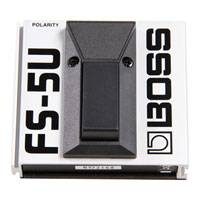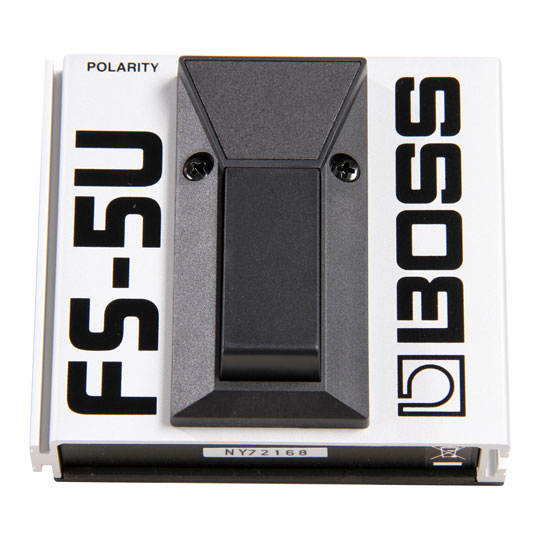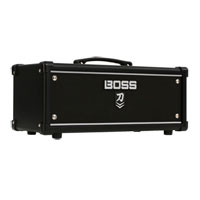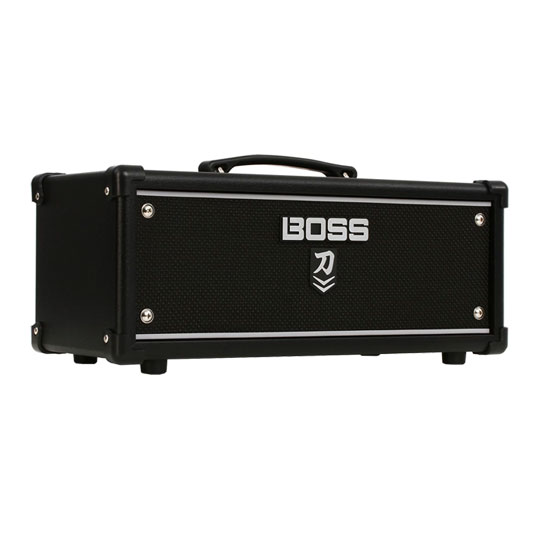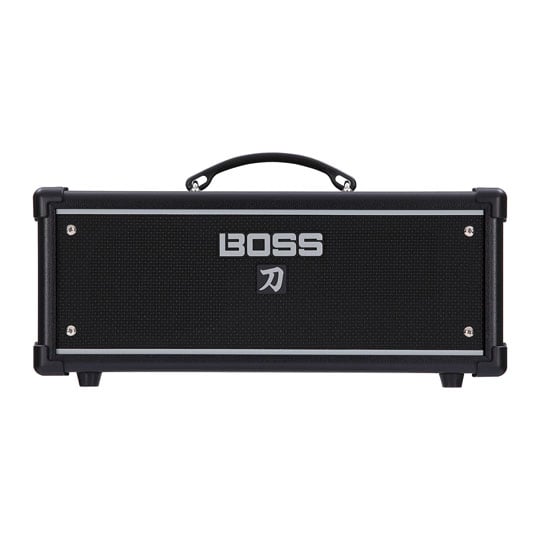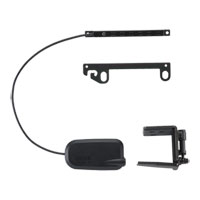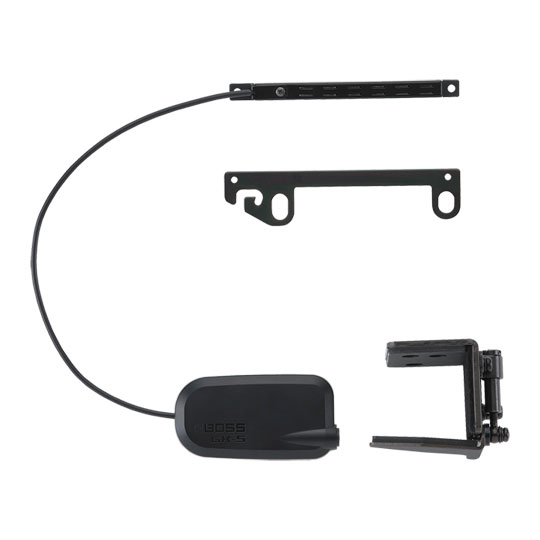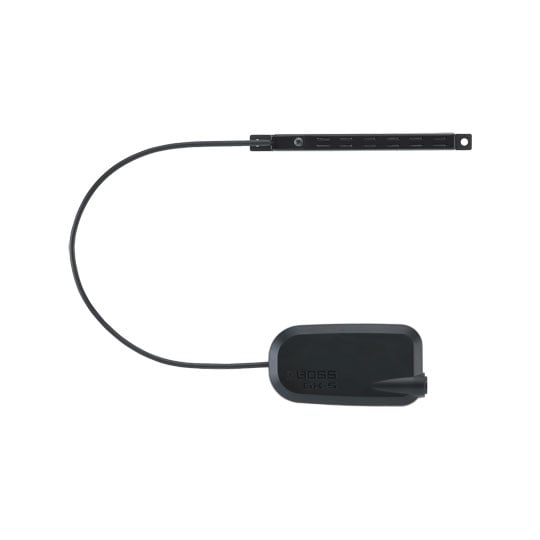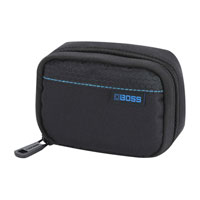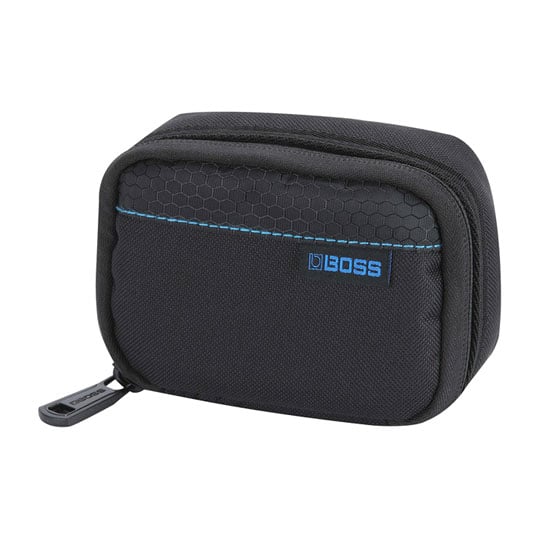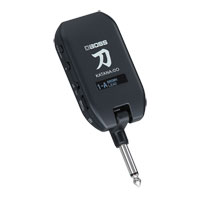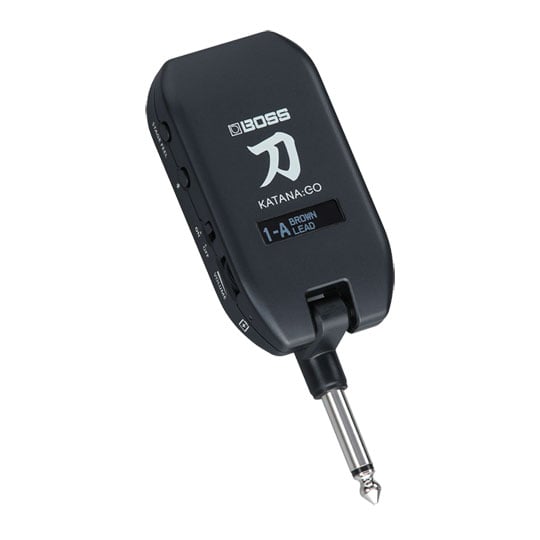Boss
Acoustic Guitar Amplifiers
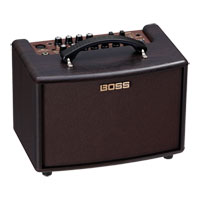
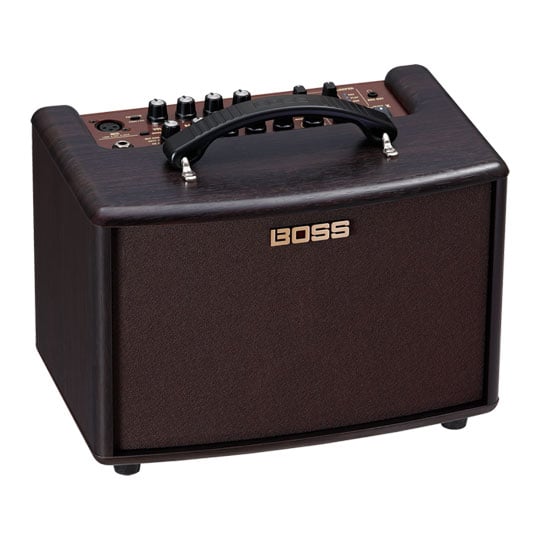
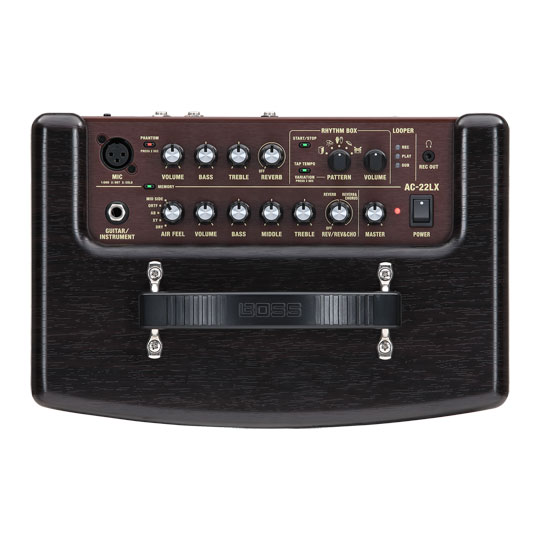
 BOSS - AC-22LX 10W 2x5" Stereo Acoustic Amplifier for Guitar and Vocals
LN139234
No customer review£299.00Free delivery on your entire basket
BOSS - AC-22LX 10W 2x5" Stereo Acoustic Amplifier for Guitar and Vocals
LN139234
No customer review£299.00Free delivery on your entire basket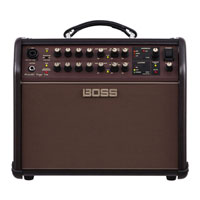
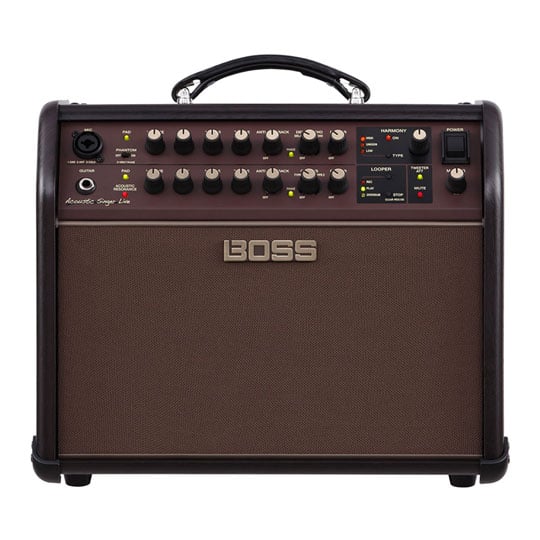
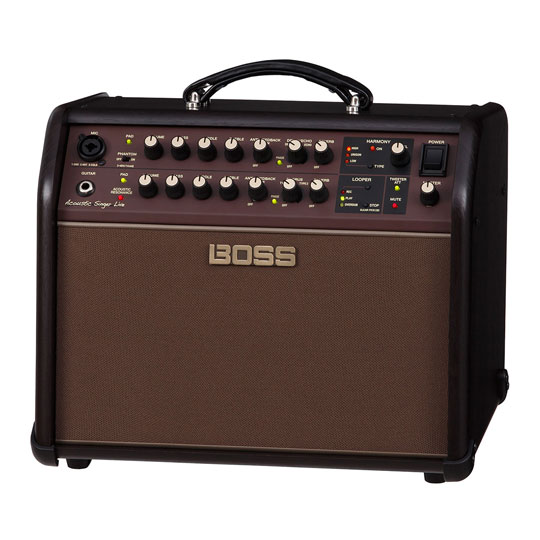
 Boss ACS-Live Acoustic Singer Live Amplifier, 60 Watts, 6.5-inch Speaker
LN97158
Customer Review £489.00Free delivery on your entire basketPre order
Boss ACS-Live Acoustic Singer Live Amplifier, 60 Watts, 6.5-inch Speaker
LN97158
Customer Review £489.00Free delivery on your entire basketPre order
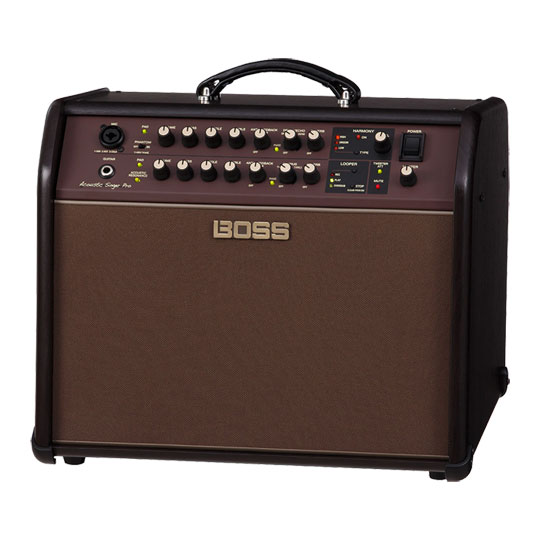
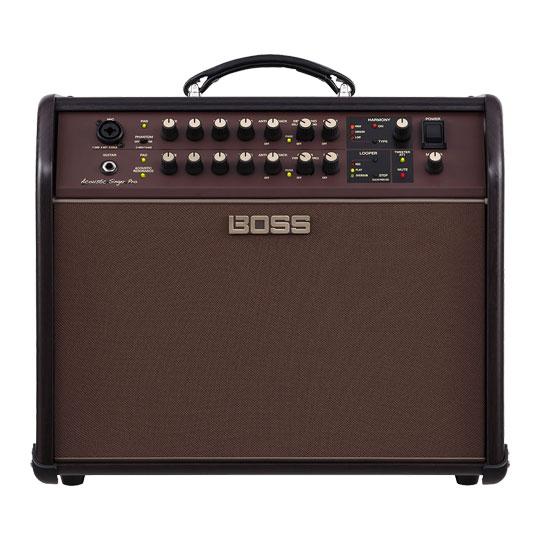
 BOSS - ACS-PRO 120-Watt 1x8" Acoustic Singer Pro Combo Amplifier with Bi-Amp Design
LN134071
Customer Review £633.00Free delivery on your entire basketPre order
BOSS - ACS-PRO 120-Watt 1x8" Acoustic Singer Pro Combo Amplifier with Bi-Amp Design
LN134071
Customer Review £633.00Free delivery on your entire basketPre order
Acoustic Guitar Effects Pedals
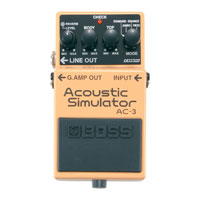
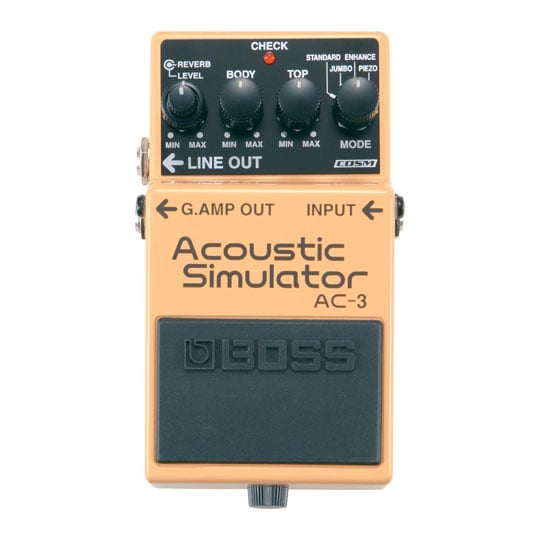
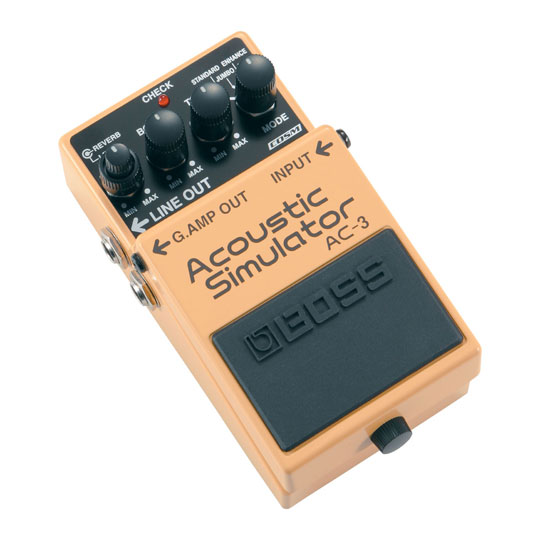
 BOSS - 'AC-3' Acoustic Simulator, Advanced Modeling, Four Simulation Modes, Built-In Reverb
LN82665
Customer Review £116.00£5.48 Next day delivery
BOSS - 'AC-3' Acoustic Simulator, Advanced Modeling, Four Simulation Modes, Built-In Reverb
LN82665
Customer Review £116.00£5.48 Next day delivery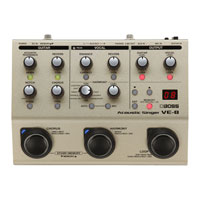
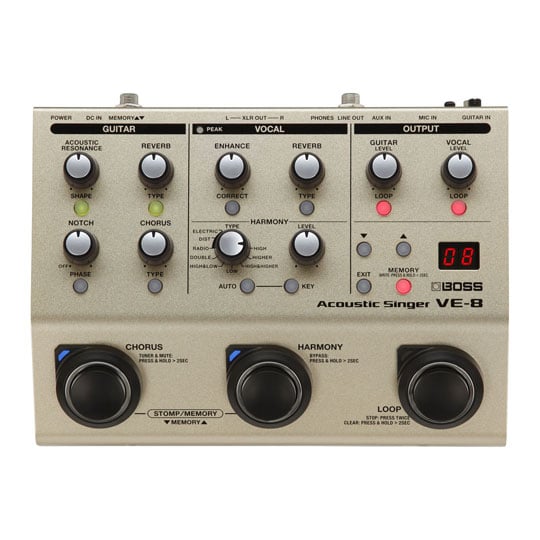
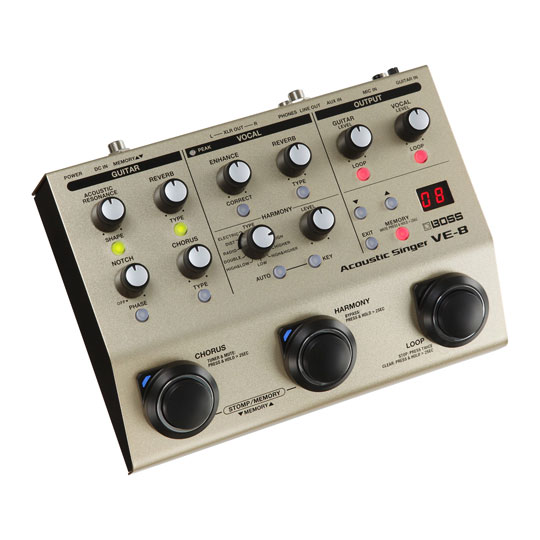
 Boss VE-8 Acoustic Singer, Studio-Quality Voice and Guitar Processing, Real-Time Harmonies, Looping
LN82519
Customer Review £332.00Free delivery on your entire basket
Boss VE-8 Acoustic Singer, Studio-Quality Voice and Guitar Processing, Real-Time Harmonies, Looping
LN82519
Customer Review £332.00Free delivery on your entire basket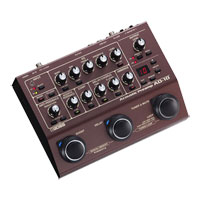
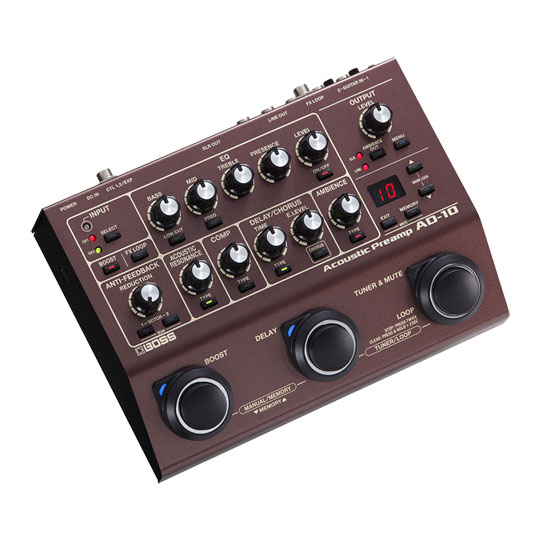
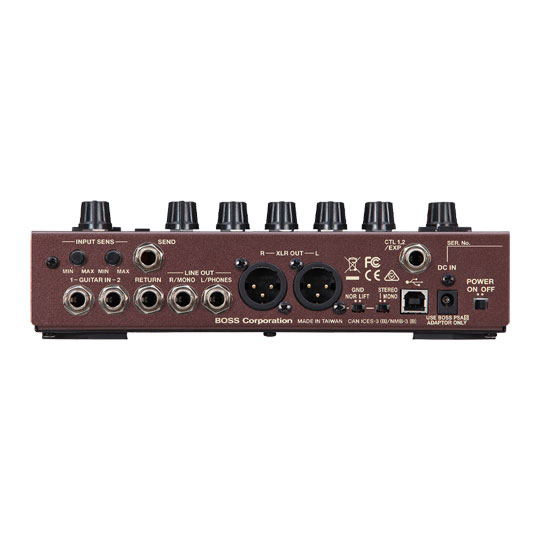
 BOSS - AD-10 Professional Preamp/DI for Performing and Recording with Acoustic-Electric Guitar
LN137142
No customer review£349.00Free delivery on your entire basketPre order
BOSS - AD-10 Professional Preamp/DI for Performing and Recording with Acoustic-Electric Guitar
LN137142
No customer review£349.00Free delivery on your entire basketPre order
Bass Amplifiers

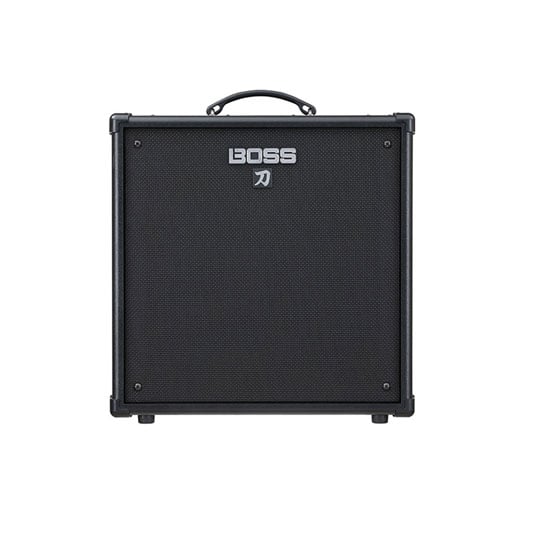
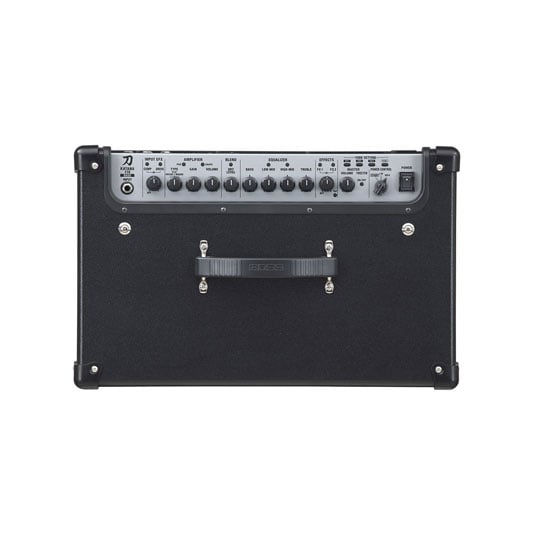
 BOSS Katana-110 Bass, 60/1W 1x10" Bass Combo Amplifier with 3 Amp Voicings, Shape Switch, 4 Effects Sections
LN125064
No customer review£329.00Free delivery on your entire basket
BOSS Katana-110 Bass, 60/1W 1x10" Bass Combo Amplifier with 3 Amp Voicings, Shape Switch, 4 Effects Sections
LN125064
No customer review£329.00Free delivery on your entire basket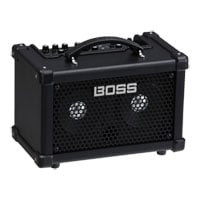
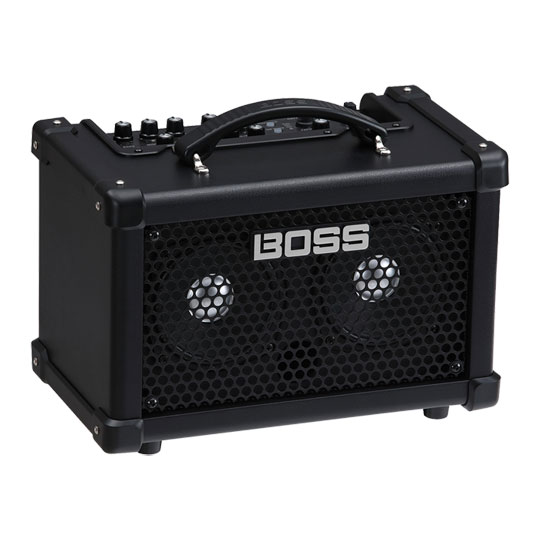
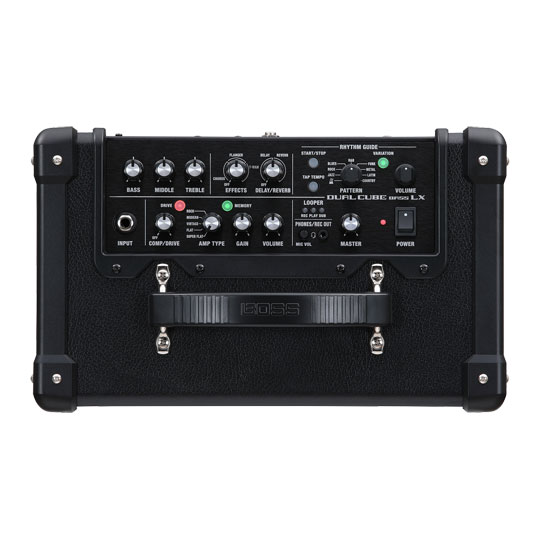
 Boss DCB-LX Dual Cube Bass LX Portable Stereo Bass Amplifier, 2 x 5" Speakers, 10-Watts
LN137121
No customer review£373.20Free delivery on your entire basket
Boss DCB-LX Dual Cube Bass LX Portable Stereo Bass Amplifier, 2 x 5" Speakers, 10-Watts
LN137121
No customer review£373.20Free delivery on your entire basket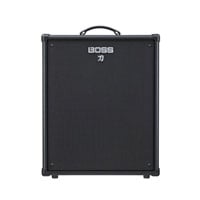
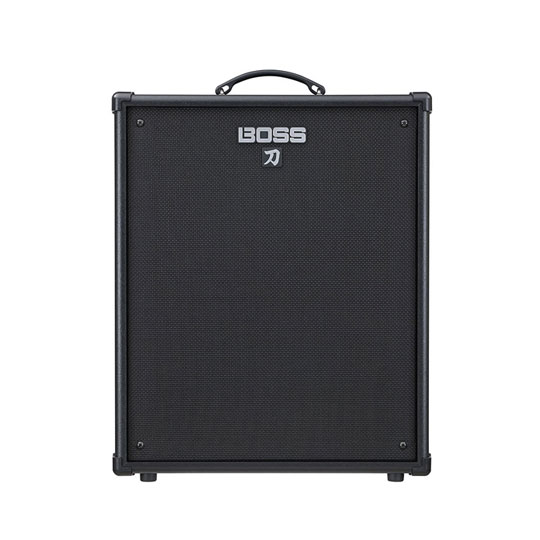
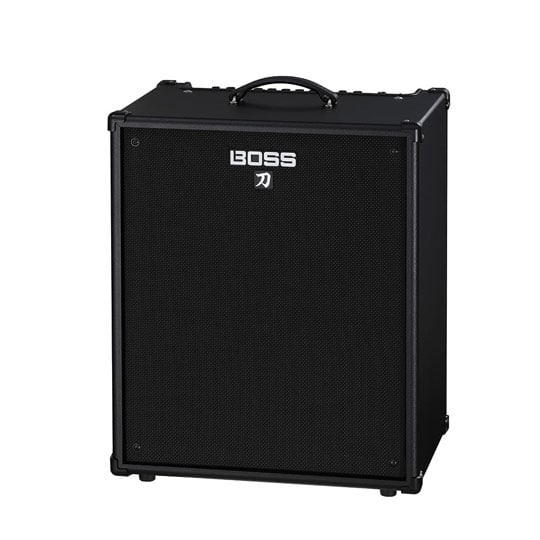
 BOSS Katana-210 Bass, 160/1W 2x10" Bass Combo Amplifier with 3 Amp Voicings, Shape Switch, 4 Effects Sections
LN125065
No customer review£529.00Free delivery on your entire basketDue tomorrow
BOSS Katana-210 Bass, 160/1W 2x10" Bass Combo Amplifier with 3 Amp Voicings, Shape Switch, 4 Effects Sections
LN125065
No customer review£529.00Free delivery on your entire basketDue tomorrow
Chorus Pedals
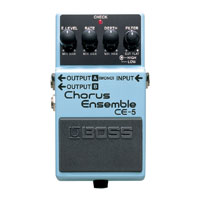
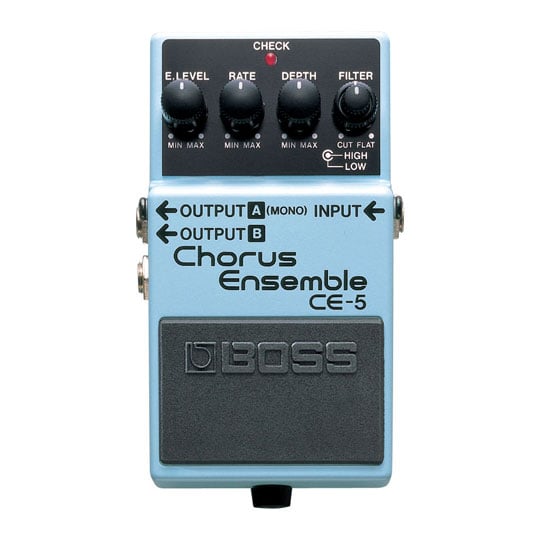
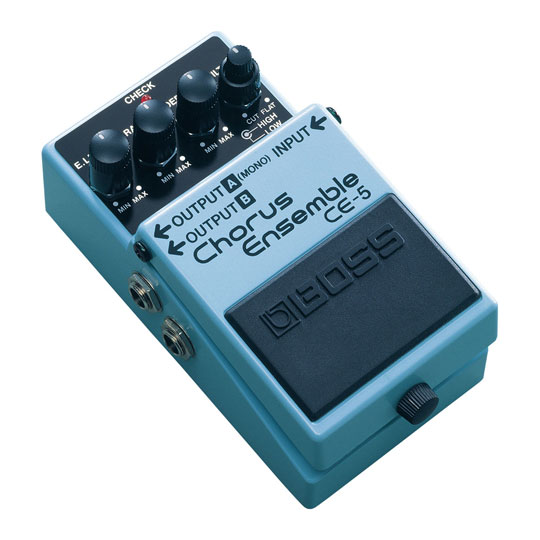
 BOSS - 'CE-5' Chorus Ensemble Effects Stompbox, Subtle To Extreme Chorusing, High and Low-Cut Filters
LN82666
No customer review£93.00£5.48 Next day delivery
BOSS - 'CE-5' Chorus Ensemble Effects Stompbox, Subtle To Extreme Chorusing, High and Low-Cut Filters
LN82666
No customer review£93.00£5.48 Next day delivery
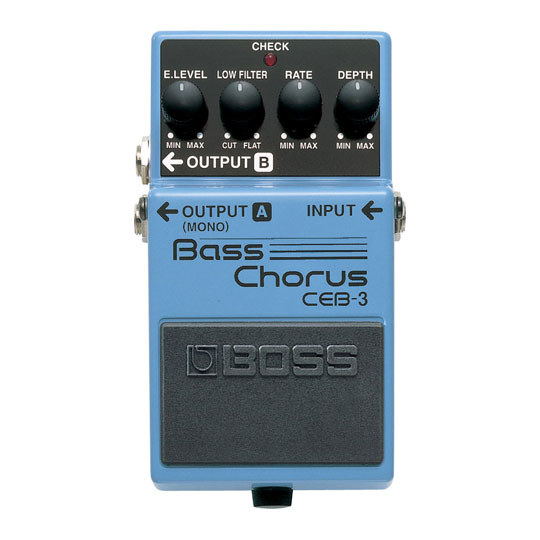
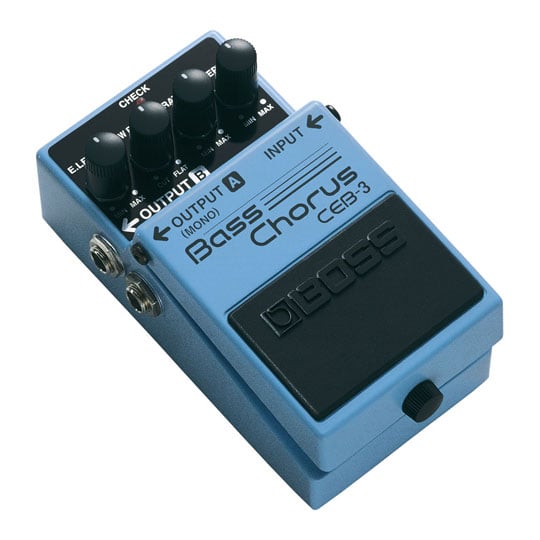
 BOSS - 'CEB-3' Bass Chorus Compact Effect Stompbox, Applies Chorus To High Frequencies Without Altering Bottom End
LN82667
No customer review£98.00£5.48 Next day delivery
BOSS - 'CEB-3' Bass Chorus Compact Effect Stompbox, Applies Chorus To High Frequencies Without Altering Bottom End
LN82667
No customer review£98.00£5.48 Next day delivery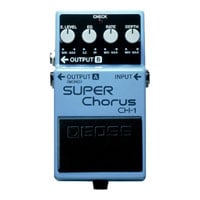
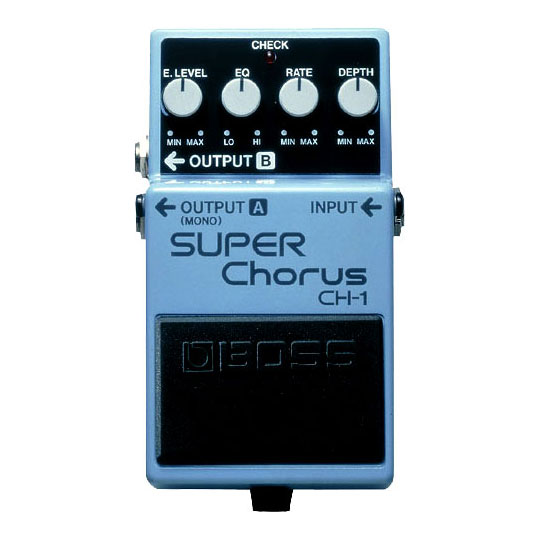
 Boss - 'CH-1' Super Chorus Guitar Pedal, Effect Level, EQ, Rate & Depth Controls
LN48416
Customer Review £98.00£5.48 Next day delivery
Boss - 'CH-1' Super Chorus Guitar Pedal, Effect Level, EQ, Rate & Depth Controls
LN48416
Customer Review £98.00£5.48 Next day delivery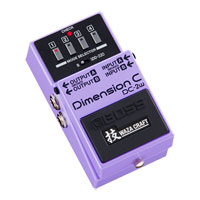
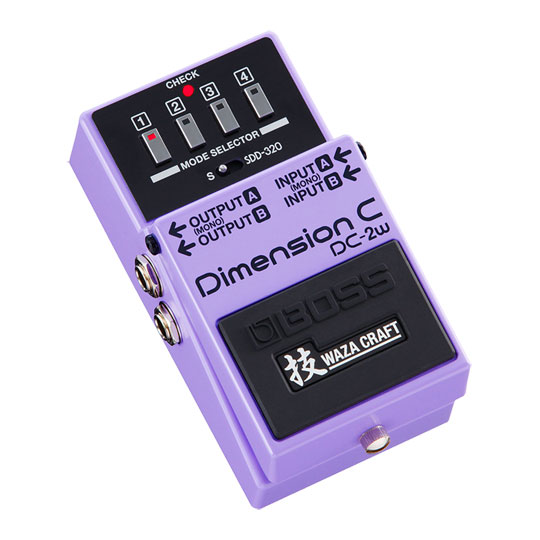
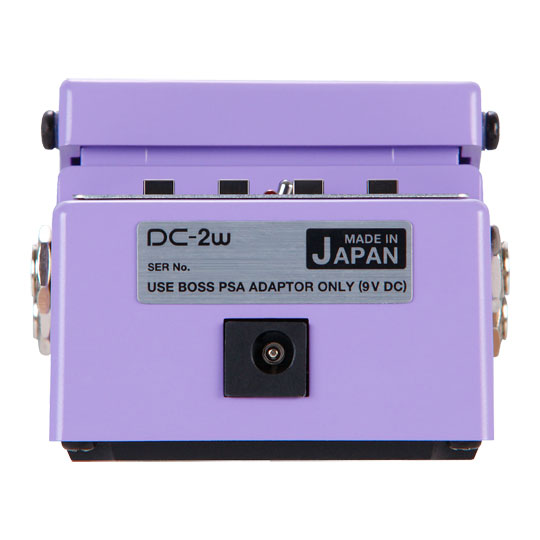
 BOSS DC-2W Waza Craft Dimension C with SDD-230 Mode, Made In Japan
LN134077
No customer review£194.00Free delivery on your entire basket
BOSS DC-2W Waza Craft Dimension C with SDD-230 Mode, Made In Japan
LN134077
No customer review£194.00Free delivery on your entire basket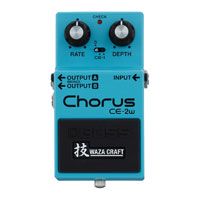
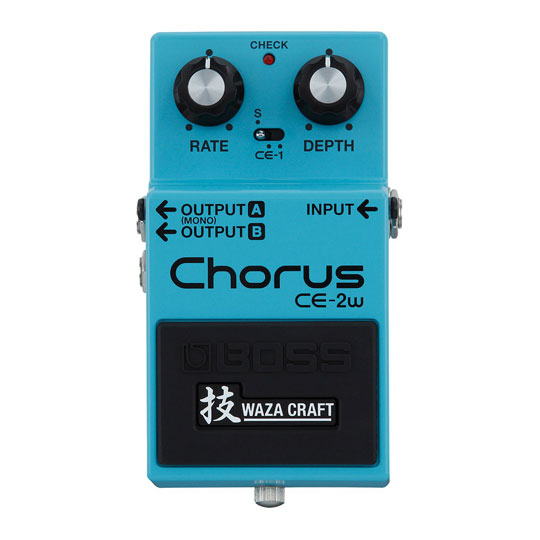
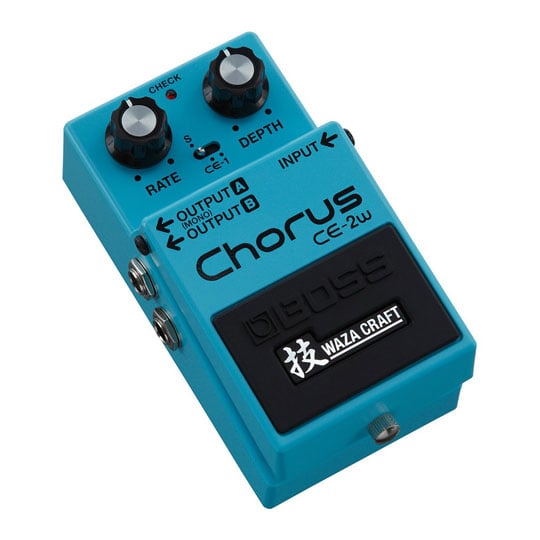
 BOSS - CE-2W Waza Craft Edition Chorus Pedal, All-Analogue Circuitry Bucket Brigade Delay Line
LN82571
Customer Review £198.00Free delivery on your entire basketPre order
BOSS - CE-2W Waza Craft Edition Chorus Pedal, All-Analogue Circuitry Bucket Brigade Delay Line
LN82571
Customer Review £198.00Free delivery on your entire basketPre order
Compressor Pedals
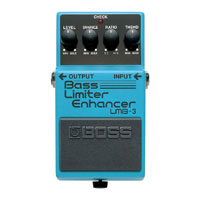
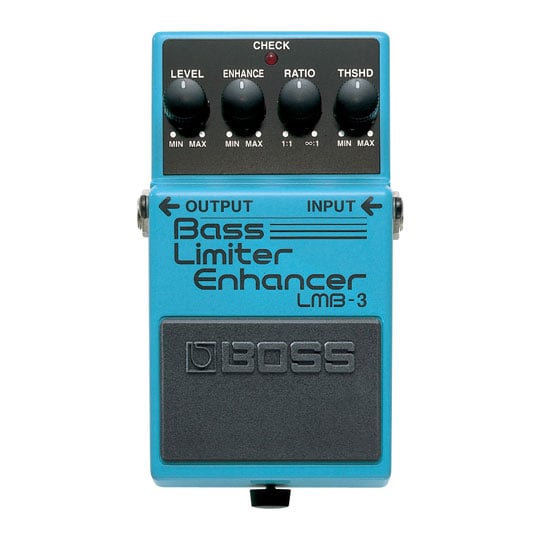
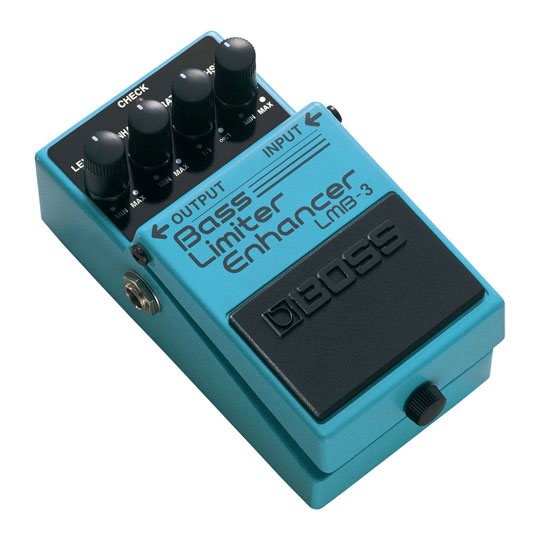
 BOSS - 'LMB-3' Bass Limiter/ Enhancer Stompbox, Provides Complete Control Over a Bass Guitar's Dynamic Range
LN82668
No customer review£85.00£5.48 Next day delivery
BOSS - 'LMB-3' Bass Limiter/ Enhancer Stompbox, Provides Complete Control Over a Bass Guitar's Dynamic Range
LN82668
No customer review£85.00£5.48 Next day delivery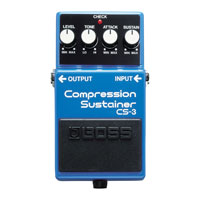
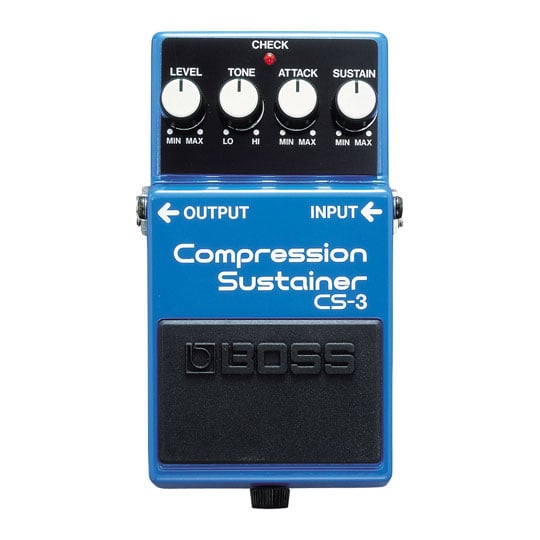
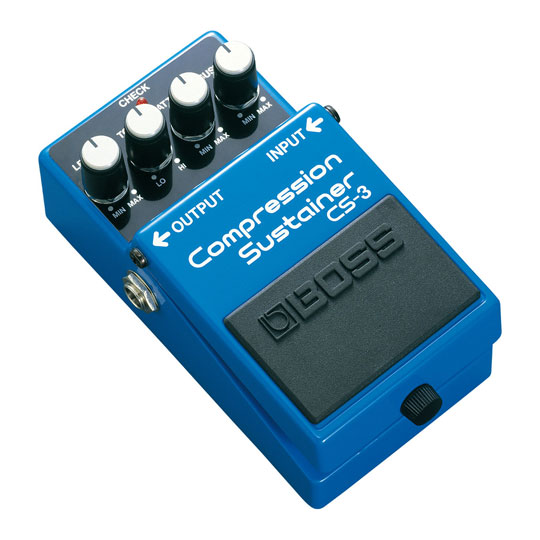
 BOSS - 'CS-3' Compression Sustainer Stompbox, Low-noise Design, High-quality Circuitry
LN82706
Customer Review £88.00£5.48 Next day deliveryDue tomorrow
BOSS - 'CS-3' Compression Sustainer Stompbox, Low-noise Design, High-quality Circuitry
LN82706
Customer Review £88.00£5.48 Next day deliveryDue tomorrow
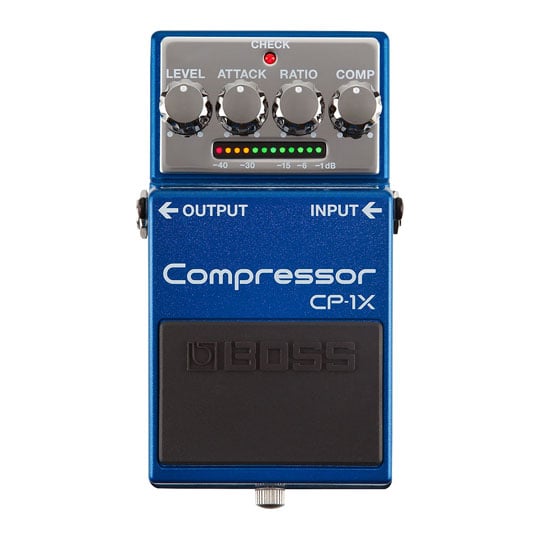
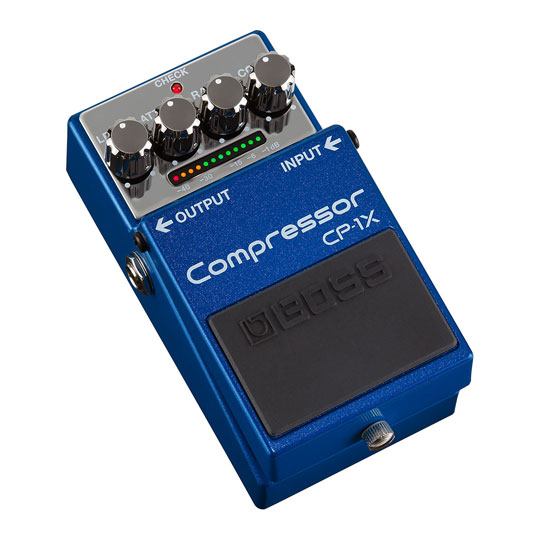
 BOSS - 'CP-1X' Compressor Effects Stompbox, Next-Generation Natural Sounding Multiband Compressor, Boss MDP Technology
LN82641
Customer Review £149.00Free delivery on your entire basket
BOSS - 'CP-1X' Compressor Effects Stompbox, Next-Generation Natural Sounding Multiband Compressor, Boss MDP Technology
LN82641
Customer Review £149.00Free delivery on your entire basket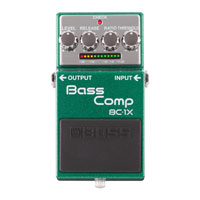
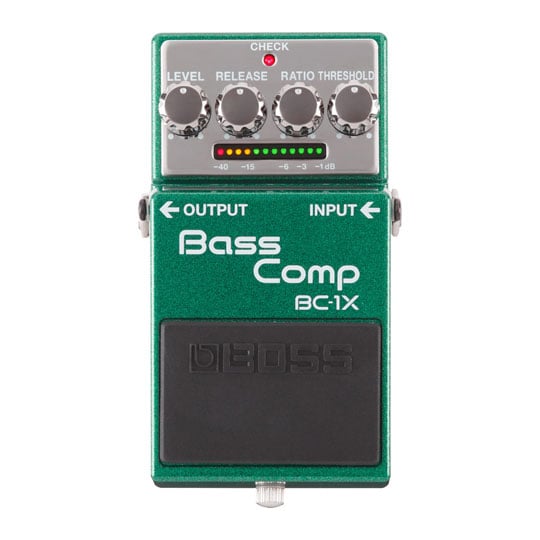
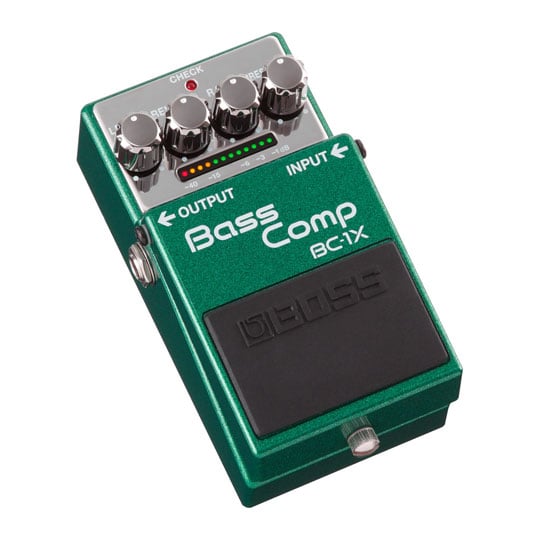
 BOSS - 'BC-1X' Bass Comp Stompbox - Natural Sounding Multiband Compression
LN82570
Customer Review £175.00Free delivery on your entire basket
BOSS - 'BC-1X' Bass Comp Stompbox - Natural Sounding Multiband Compression
LN82570
Customer Review £175.00Free delivery on your entire basket
Control Pedals & Footswitches
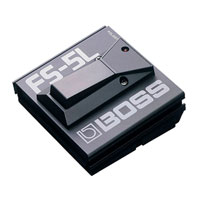
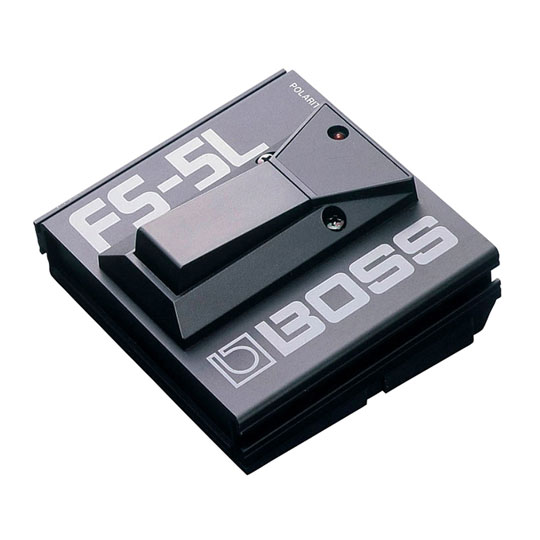
 BOSS - FS-5L Latching Footswitch Pedal for Remote Amp Channel Switching, etc.
LN48428
Customer Review £45.00£5.48 Next day delivery
BOSS - FS-5L Latching Footswitch Pedal for Remote Amp Channel Switching, etc.
LN48428
Customer Review £45.00£5.48 Next day delivery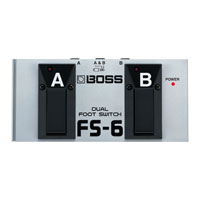
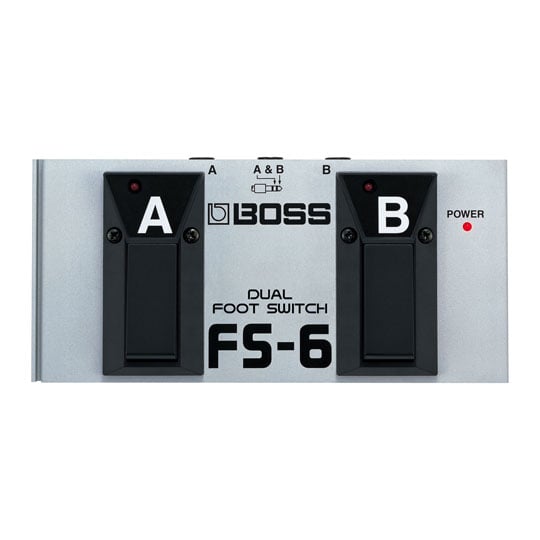
 Boss FS-6 Dual Footswitch, Assignable Latch Or Momentary, Stereo Input,
LN82759
Customer Review £64.99£5.48 Next day delivery
Boss FS-6 Dual Footswitch, Assignable Latch Or Momentary, Stereo Input,
LN82759
Customer Review £64.99£5.48 Next day delivery
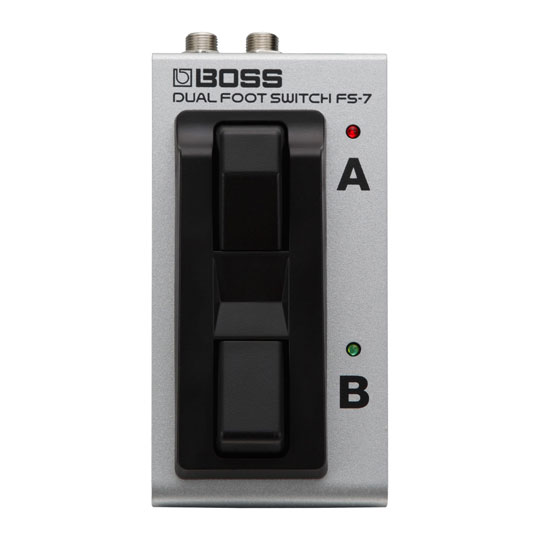
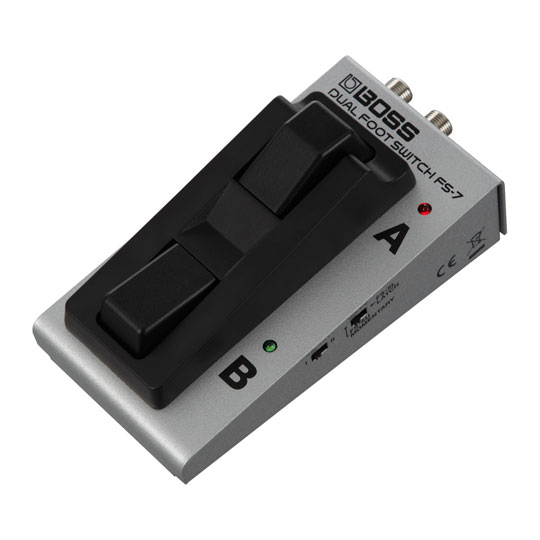
 Boss FS-7 Compact Dual Footswitch, Latch / Momentary Switching Function, Battery-Free Operation
LN82758
Customer Review £67.00£5.48 Next day delivery
Boss FS-7 Compact Dual Footswitch, Latch / Momentary Switching Function, Battery-Free Operation
LN82758
Customer Review £67.00£5.48 Next day delivery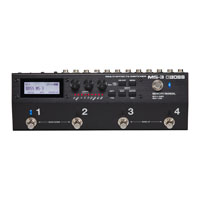
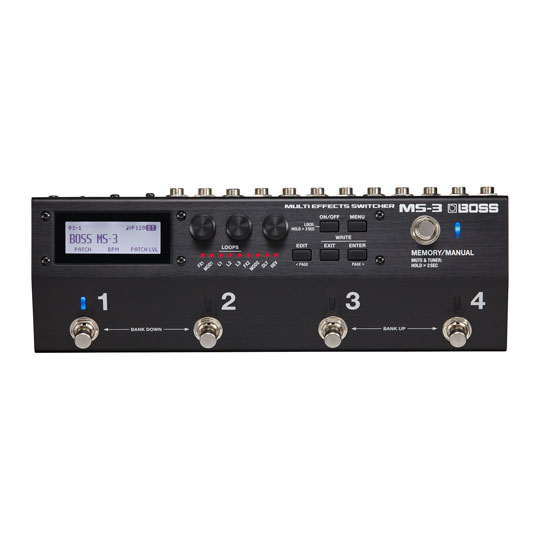
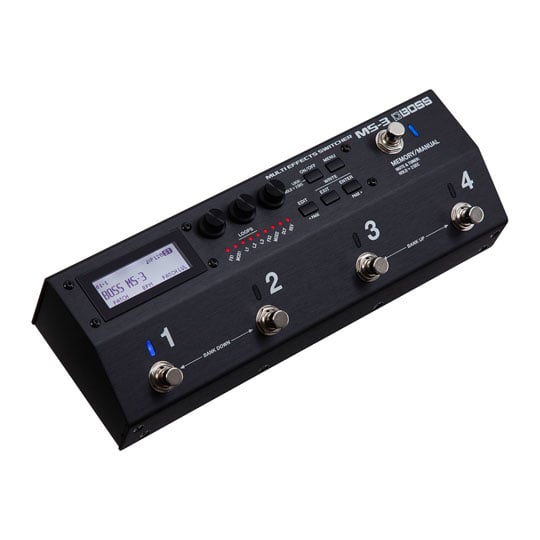
 BOSS - 'MS-3' Multi Effects Switcher Pedal, 112 Built-In Effects, Backlit LCD and Controls, Tuner, MIDI Output, USB
LN82757
No customer review£398.00Free delivery on your entire basketPre order
BOSS - 'MS-3' Multi Effects Switcher Pedal, 112 Built-In Effects, Backlit LCD and Controls, Tuner, MIDI Output, USB
LN82757
No customer review£398.00Free delivery on your entire basketPre order
DI Boxes
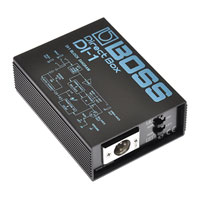
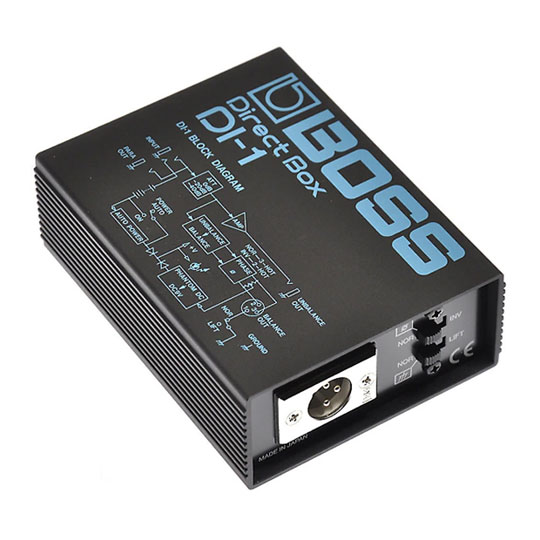
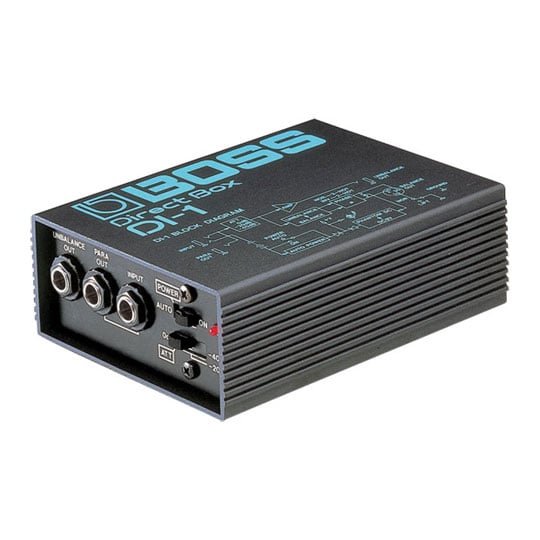
 Boss DI-1, High Quality Active DI Box, Phase reversal and ground lifting switches, Three input level switches
LN112828
No customer review£85.00£5.48 Next day delivery
Boss DI-1, High Quality Active DI Box, Phase reversal and ground lifting switches, Three input level switches
LN112828
No customer review£85.00£5.48 Next day delivery
Distortion / Fuzz / Overdrive Pedals
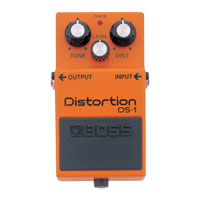
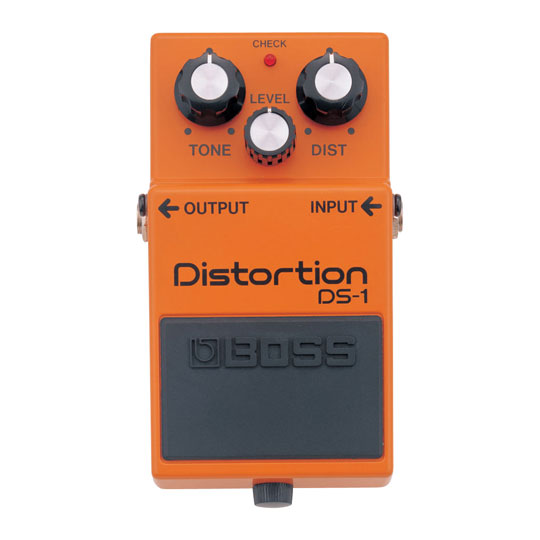
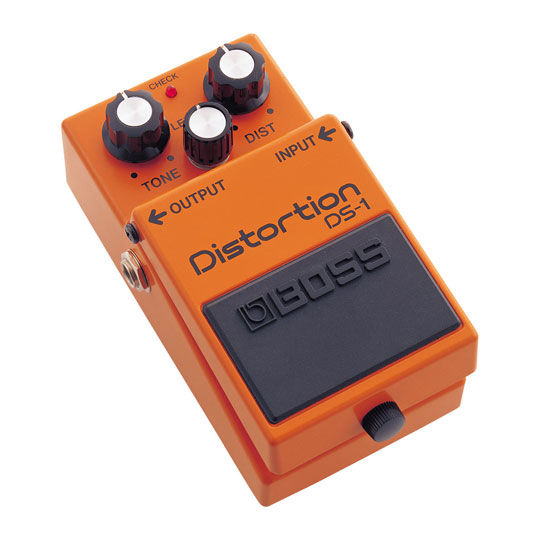
 BOSS - 'DS-1' Distortion Effect Stompbox, Classic Tones For All Types of Music, Unique Tone Control
LN82770
Customer Review £68.00£5.48 Next day deliveryDue 25th Jan
BOSS - 'DS-1' Distortion Effect Stompbox, Classic Tones For All Types of Music, Unique Tone Control
LN82770
Customer Review £68.00£5.48 Next day deliveryDue 25th Jan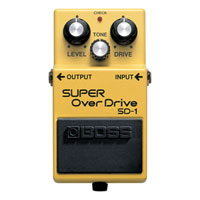
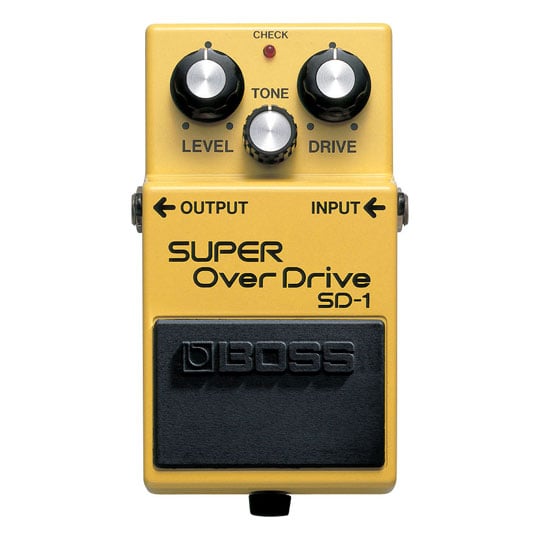
 BOSS - 'SD-1' Super Overdrive Pedal, Tube-Like Overdrive Characteristics, Genre-Defining BOSS Overdrive
LN48413
Customer Review £69.00£5.48 Next day deliveryDue tomorrow
BOSS - 'SD-1' Super Overdrive Pedal, Tube-Like Overdrive Characteristics, Genre-Defining BOSS Overdrive
LN48413
Customer Review £69.00£5.48 Next day deliveryDue tomorrow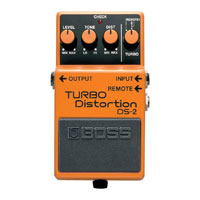
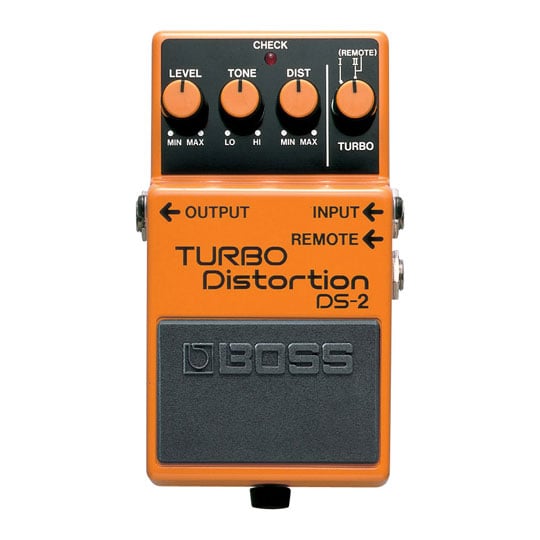
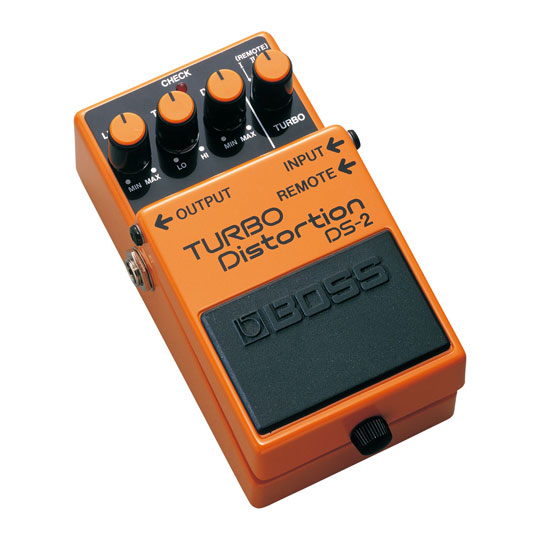
 Boss DS-2 Turbo Distortion Stompbox, Classic BOSS Distortion Tones with Turbo Modes
LN82768
Customer Review £73.00£5.48 Next day deliveryDue 15th Jan
Boss DS-2 Turbo Distortion Stompbox, Classic BOSS Distortion Tones with Turbo Modes
LN82768
Customer Review £73.00£5.48 Next day deliveryDue 15th Jan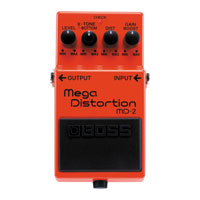
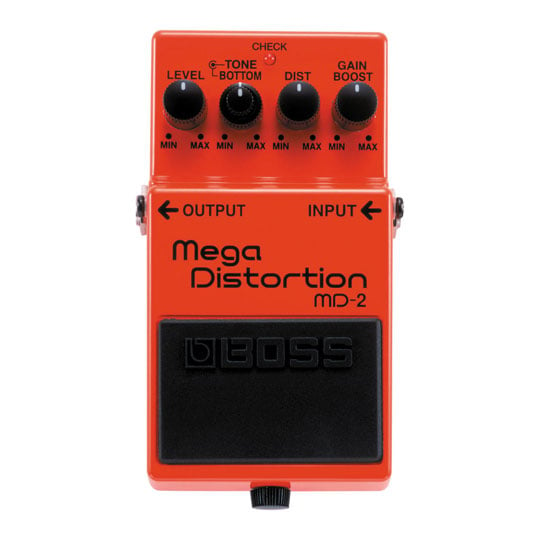
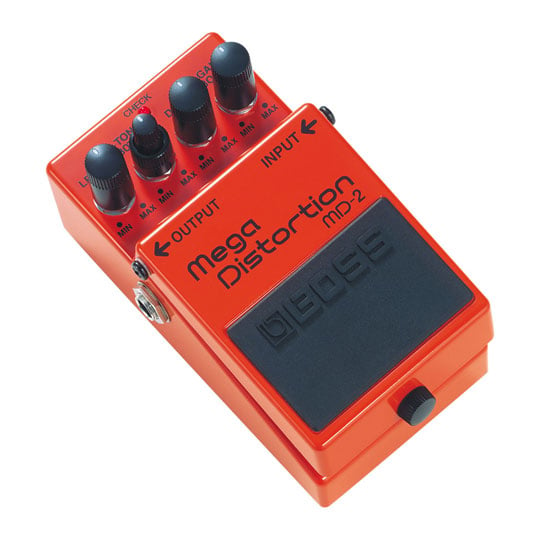
 Boss - 'MD-2' Mega Distortion Stompbox, Dual-stage Distortion Circuit, Bottom Control
LN82708
Customer Review £85.00£5.48 Next day delivery
Boss - 'MD-2' Mega Distortion Stompbox, Dual-stage Distortion Circuit, Bottom Control
LN82708
Customer Review £85.00£5.48 Next day delivery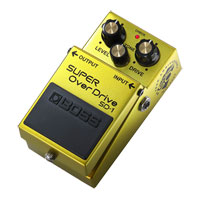
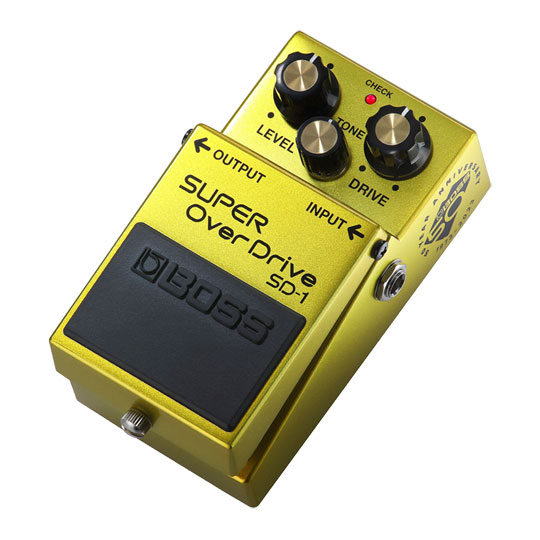
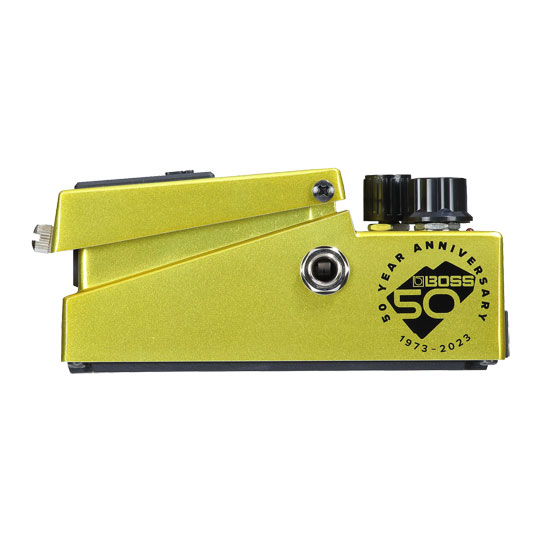
 Boss - SD-1 Limited Edition 50th Anniversary Super OverDrive Pedal
LN142679
No customer review£85.00£5.48 Next day delivery
Boss - SD-1 Limited Edition 50th Anniversary Super OverDrive Pedal
LN142679
No customer review£85.00£5.48 Next day delivery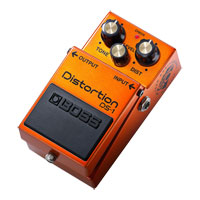
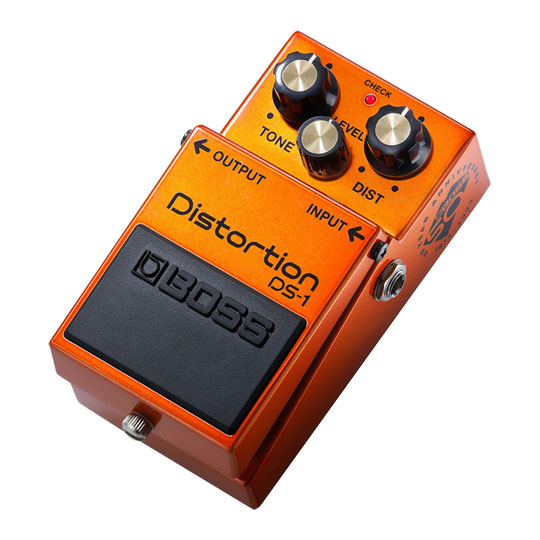
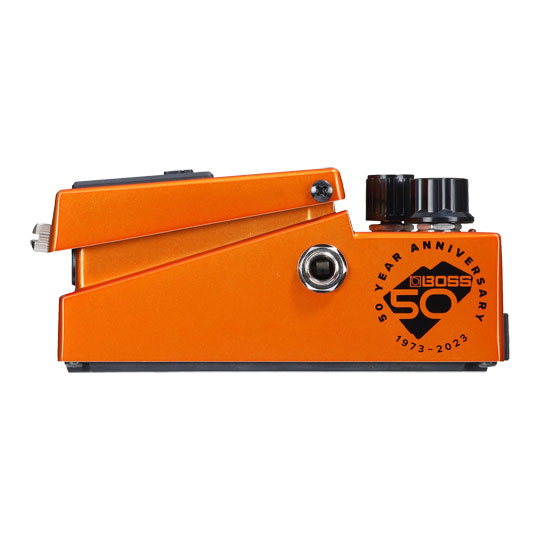
 Boss - DS-1 Limited Edition 50th Anniversary Distortion Pedal
LN142680
No customer review£86.00£5.48 Next day delivery
Boss - DS-1 Limited Edition 50th Anniversary Distortion Pedal
LN142680
No customer review£86.00£5.48 Next day delivery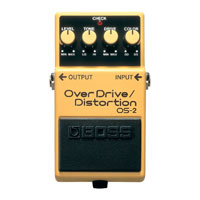
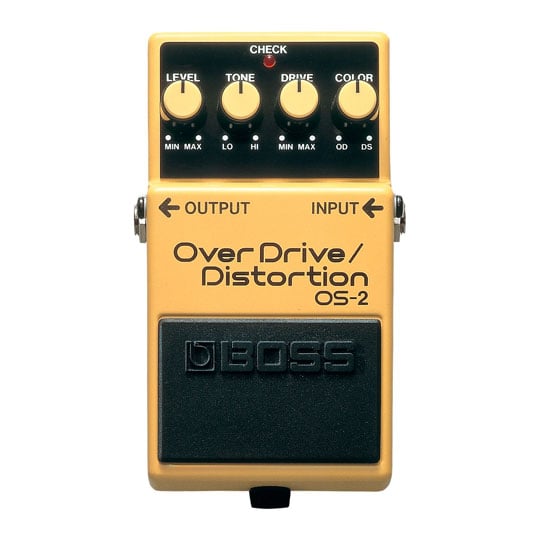
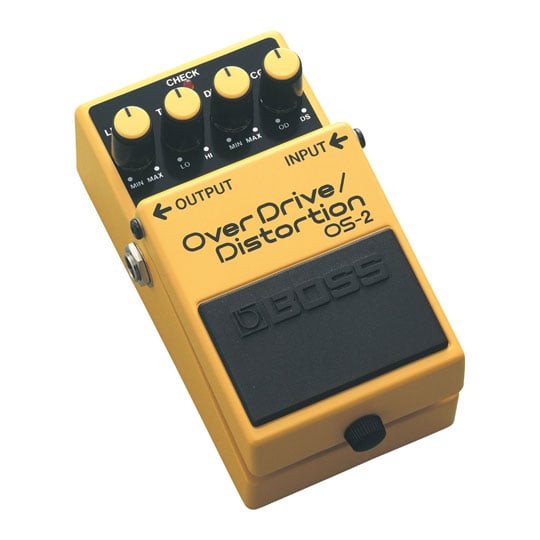
 BOSS - 'OS-2' OverDrive/Distortion Effect Pedal, Includes Level, Tone and Controls For Precise Tonal Shaping
LN82707
No customer review£88.00£5.48 Next day delivery
BOSS - 'OS-2' OverDrive/Distortion Effect Pedal, Includes Level, Tone and Controls For Precise Tonal Shaping
LN82707
No customer review£88.00£5.48 Next day delivery
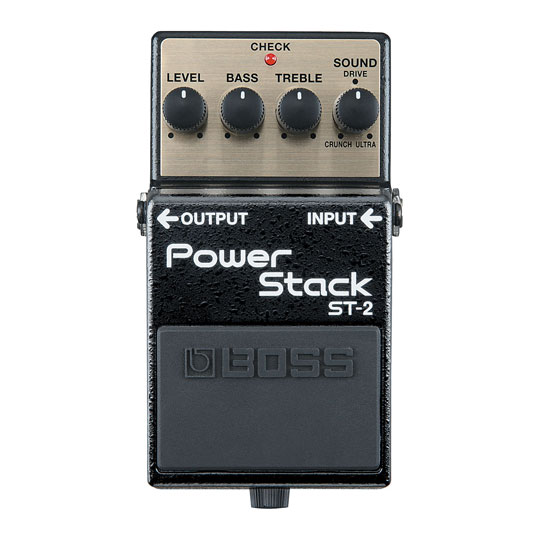

 BOSS - 'ST-2' Power Stack Effect Pedal, Sound Based On Tube Stack Amplifiers, Two-band EQ, Crunch to Ultra High-Gain
LN82669
No customer review£89.00£5.48 Next day delivery
BOSS - 'ST-2' Power Stack Effect Pedal, Sound Based On Tube Stack Amplifiers, Two-band EQ, Crunch to Ultra High-Gain
LN82669
No customer review£89.00£5.48 Next day delivery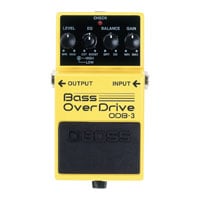
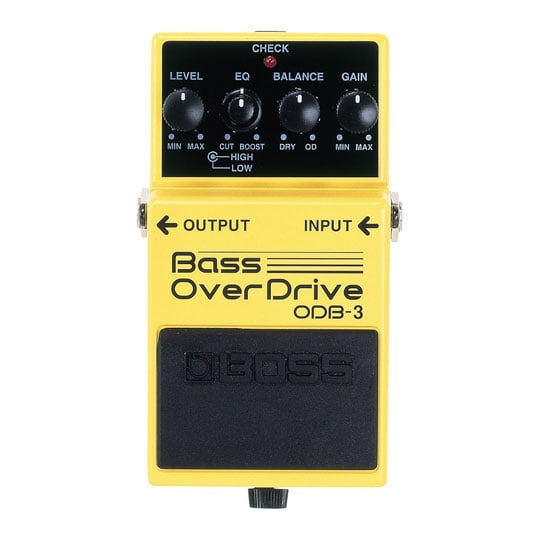
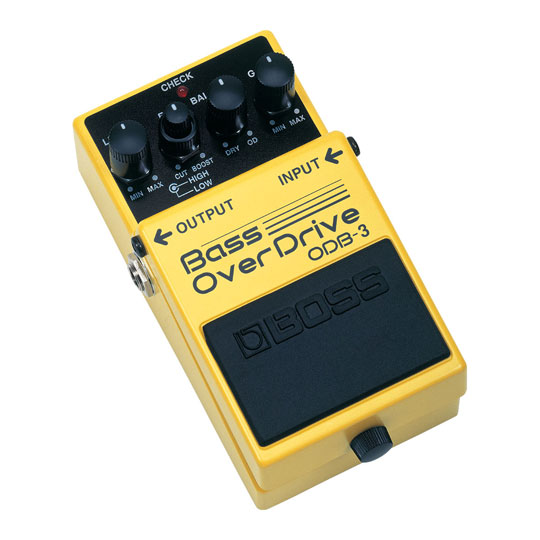
 BOSS - 'ODB-3' Crunchy Bass OverDrive Effect Pedal, Two-Band Equalizer, Balance Knob for Wet/Dry Control
LN82671
Customer Review £89.99£5.48 Next day deliveryDue tomorrow
BOSS - 'ODB-3' Crunchy Bass OverDrive Effect Pedal, Two-Band Equalizer, Balance Knob for Wet/Dry Control
LN82671
Customer Review £89.99£5.48 Next day deliveryDue tomorrow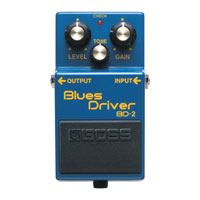
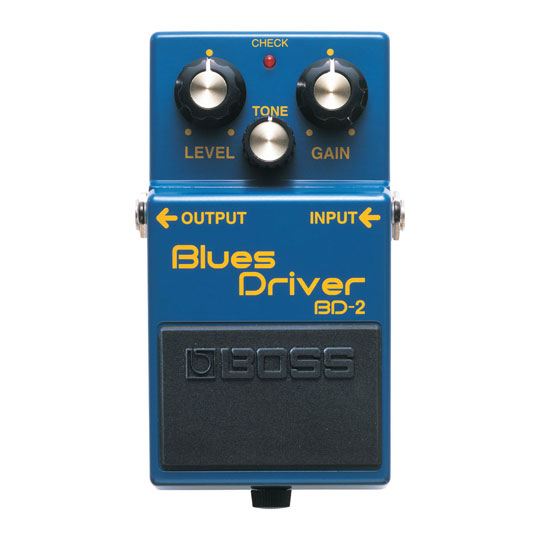
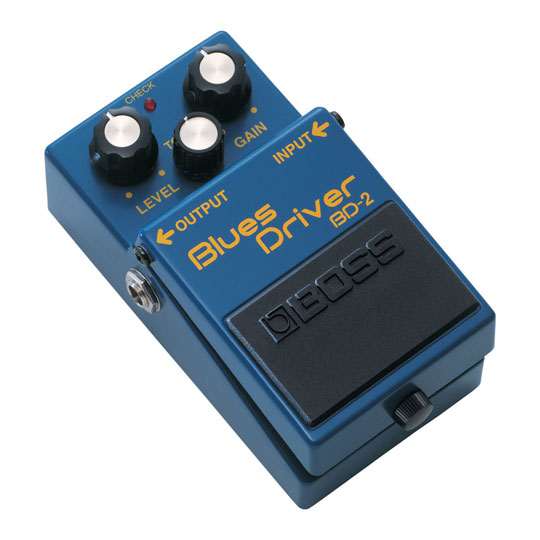
 BOSS - 'BD-2' Blues Driver Stompbox, Warm Distortion and Overdive with Tube Amp Simulation
LN82709
Customer Review £96.00£5.48 Next day delivery
BOSS - 'BD-2' Blues Driver Stompbox, Warm Distortion and Overdive with Tube Amp Simulation
LN82709
Customer Review £96.00£5.48 Next day delivery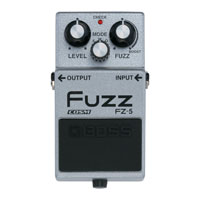
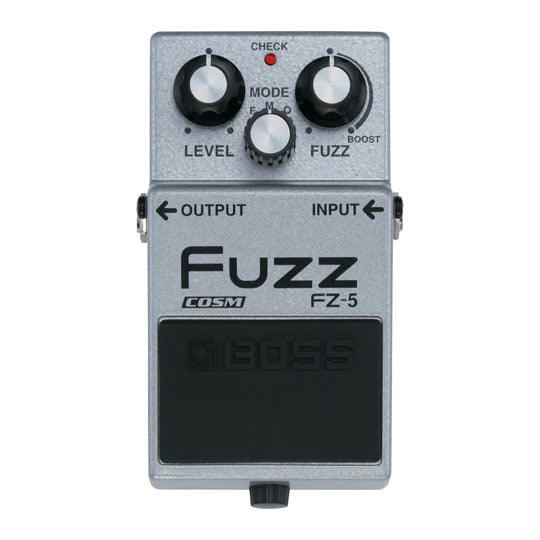
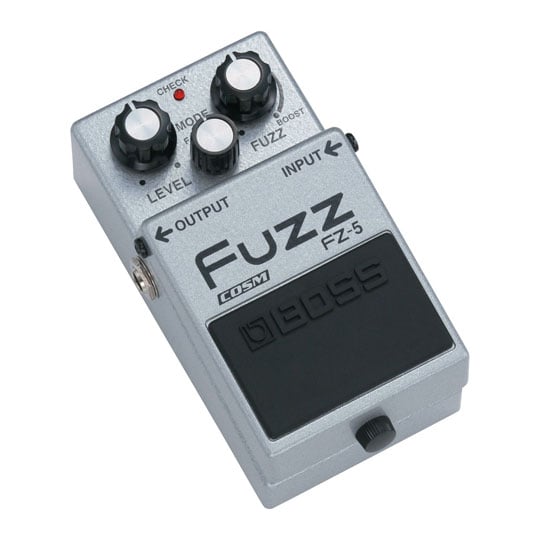
 Boss - 'FZ-5' Fuzz Stompbox, Vintage Fuzz Tones, BOOST Control
LN82670
No customer review£99.00£5.48 Next day delivery
Boss - 'FZ-5' Fuzz Stompbox, Vintage Fuzz Tones, BOOST Control
LN82670
No customer review£99.00£5.48 Next day delivery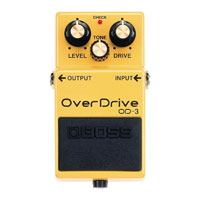
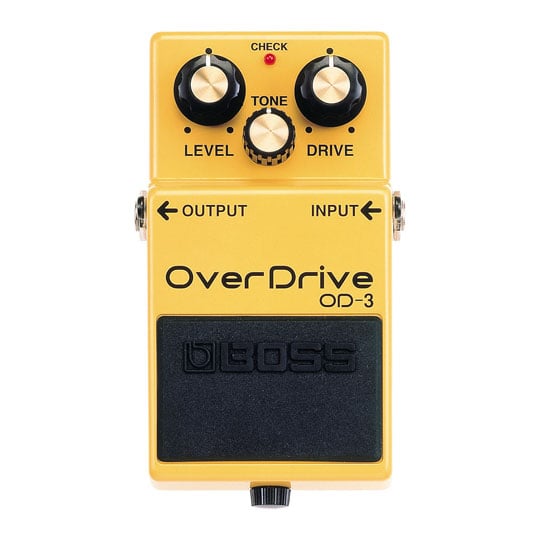
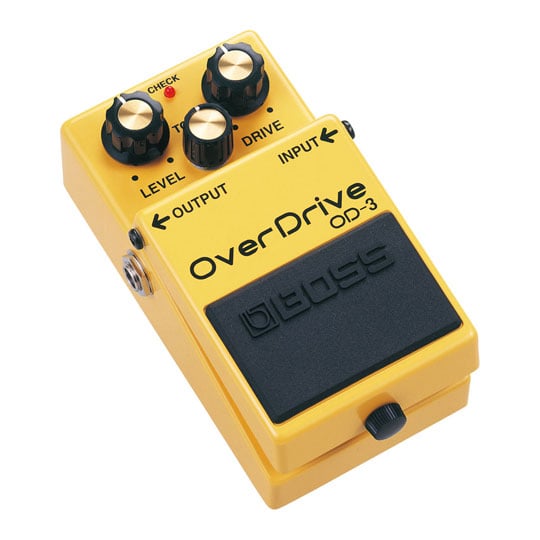
 BOSS - 'OD-3' OverDrive Effect Pedal, Dual-Stage Overdrive Circuit, Dynamic Tones With Clarity
LN82672
No customer review£99.00£5.48 Next day deliveryDue tomorrow
BOSS - 'OD-3' OverDrive Effect Pedal, Dual-Stage Overdrive Circuit, Dynamic Tones With Clarity
LN82672
No customer review£99.00£5.48 Next day deliveryDue tomorrow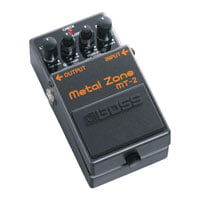
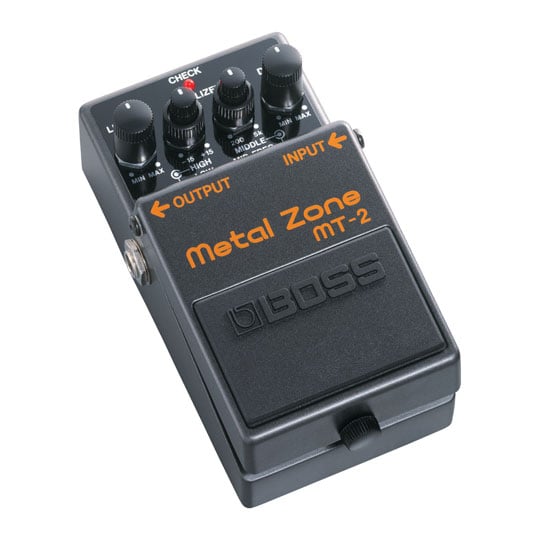
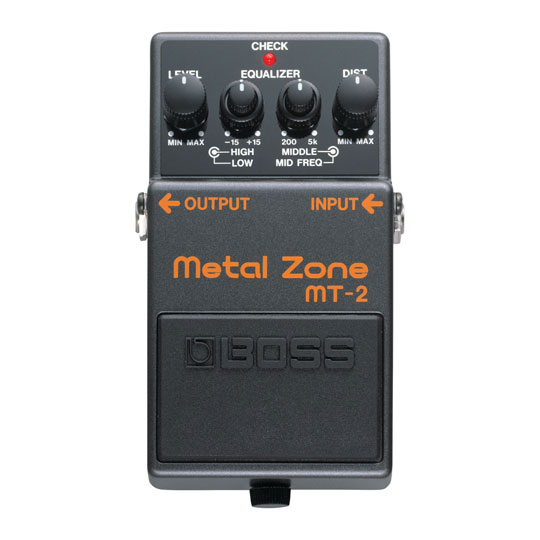
 Boss 'MT-2' Metal Zone Guitar Pedal, Dual Gain Circuitry, Three Band EQ, Semi-Parametric Mid Control
LN82673
No customer review£106.00£5.48 Next day delivery
Boss 'MT-2' Metal Zone Guitar Pedal, Dual Gain Circuitry, Three Band EQ, Semi-Parametric Mid Control
LN82673
No customer review£106.00£5.48 Next day delivery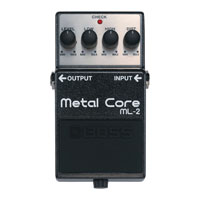
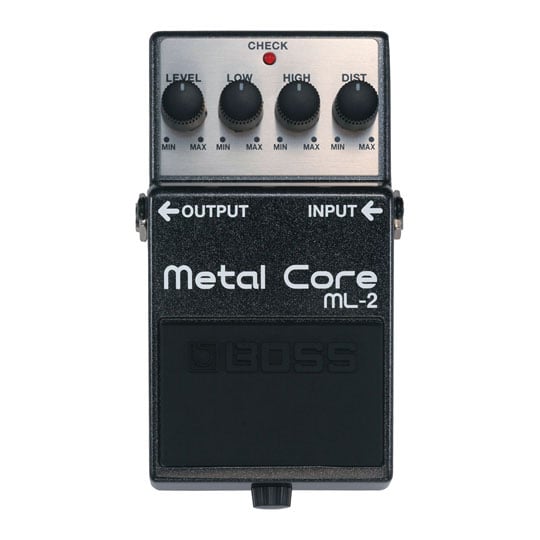
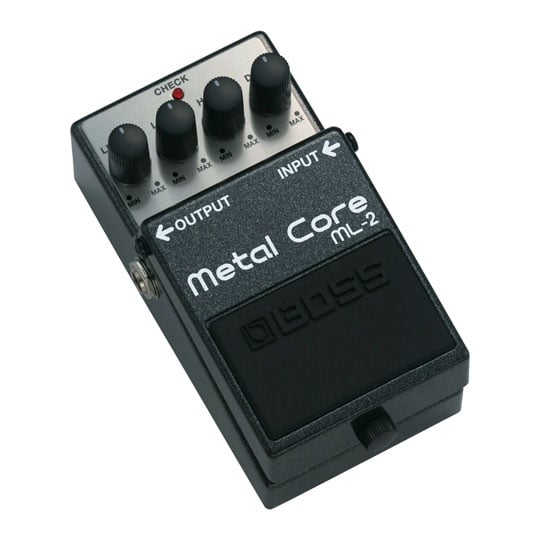
 Boss - 'ML-2' Metal Core Stompbox, Ultra-Heavy Distortion With Low Control
LN82674
No customer review£108.00£5.48 Next day delivery
Boss - 'ML-2' Metal Core Stompbox, Ultra-Heavy Distortion With Low Control
LN82674
No customer review£108.00£5.48 Next day delivery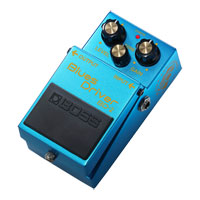
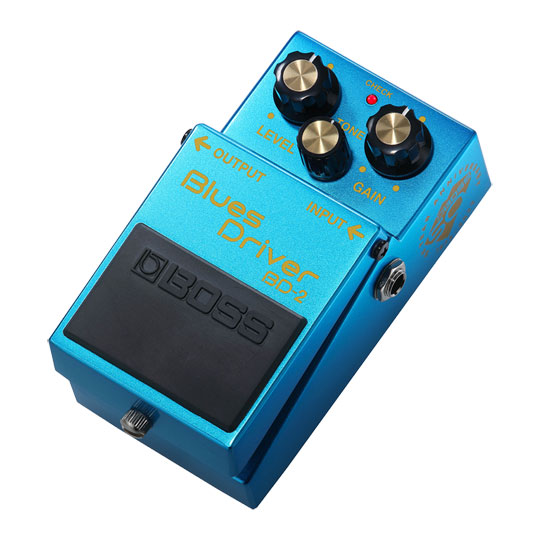
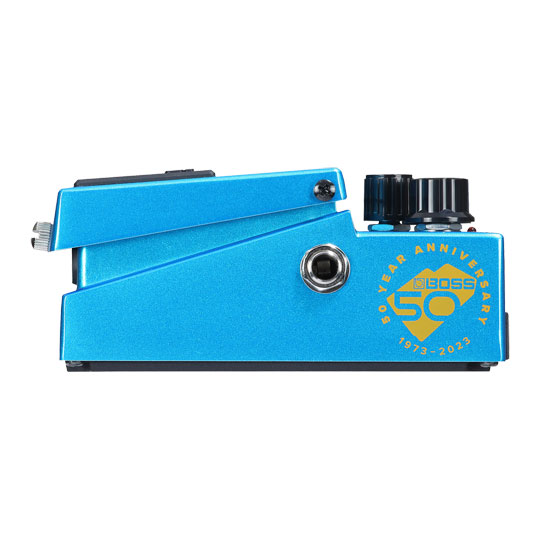
 Boss - BD-2-B50A Limted Edition 50th Anniversary Blues Driver Pedal
LN142681
No customer review£119.00Free delivery on your entire basket
Boss - BD-2-B50A Limted Edition 50th Anniversary Blues Driver Pedal
LN142681
No customer review£119.00Free delivery on your entire basket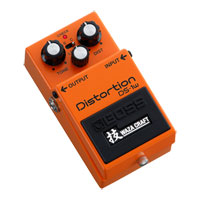
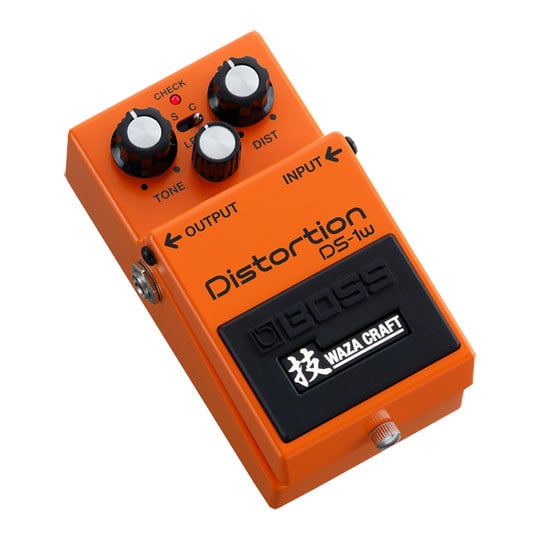
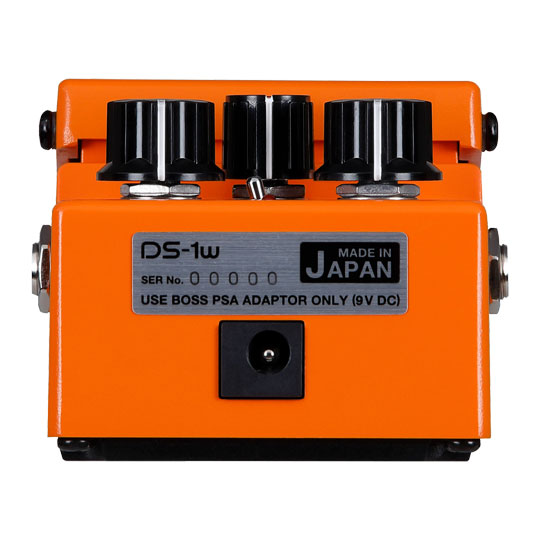
 BOSS - DS-1W Distortion Stompbox, Waza Craft Special Edition, Classic & Custom Modes
LN129737
No customer review£119.00Free delivery on your entire basket
BOSS - DS-1W Distortion Stompbox, Waza Craft Special Edition, Classic & Custom Modes
LN129737
No customer review£119.00Free delivery on your entire basket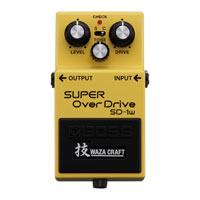
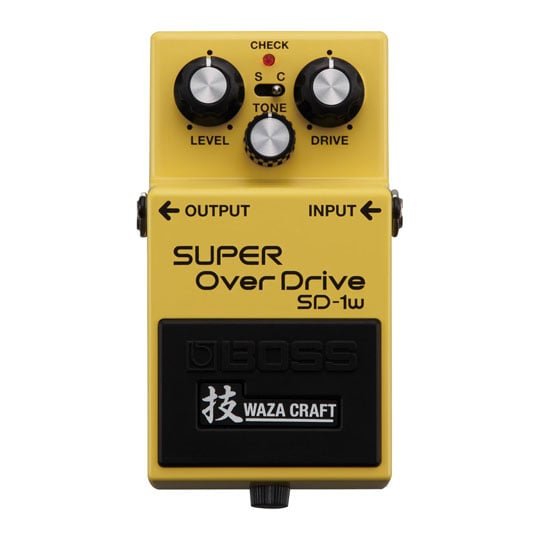
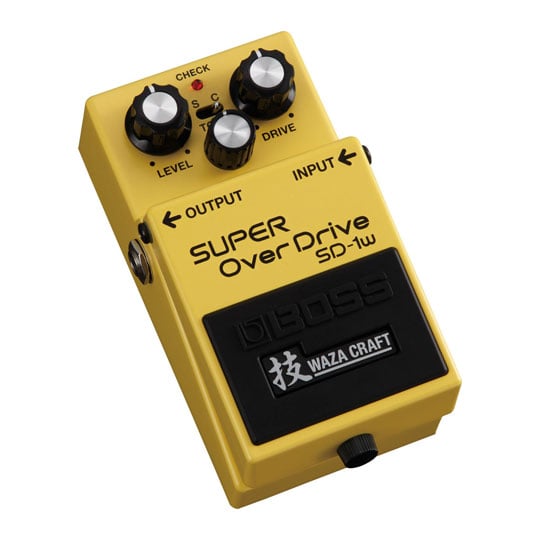
 BOSS - 'SD-1W' Super Overdrive Stompbox, Special Edition Waza Craft Edition
LN82644
No customer review£125.00Free delivery on your entire basketDue tomorrow
BOSS - 'SD-1W' Super Overdrive Stompbox, Special Edition Waza Craft Edition
LN82644
No customer review£125.00Free delivery on your entire basketDue tomorrow
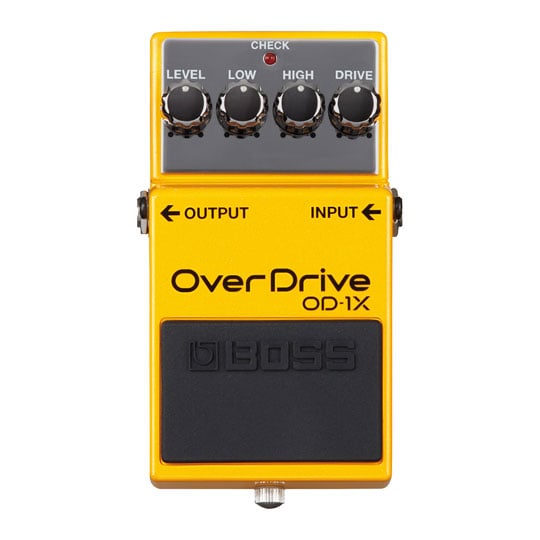
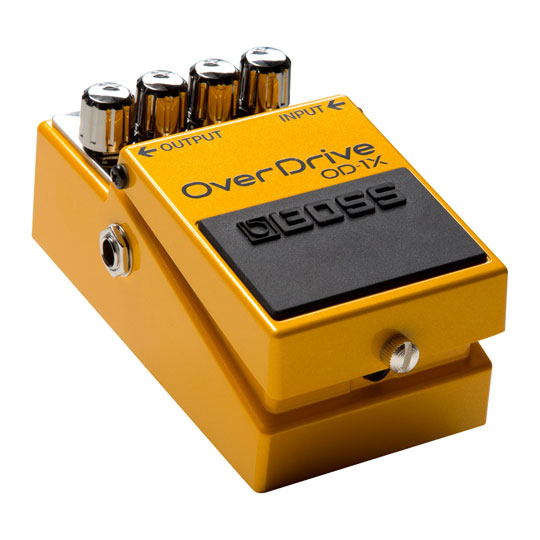
 BOSS - 'OD-1X' Special Edition OverDrive Effect Pedal, High Gain, Low Noise, Chrome Knobs
LN82642
No customer review£127.00Free delivery on your entire basket
BOSS - 'OD-1X' Special Edition OverDrive Effect Pedal, High Gain, Low Noise, Chrome Knobs
LN82642
No customer review£127.00Free delivery on your entire basket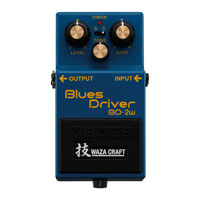
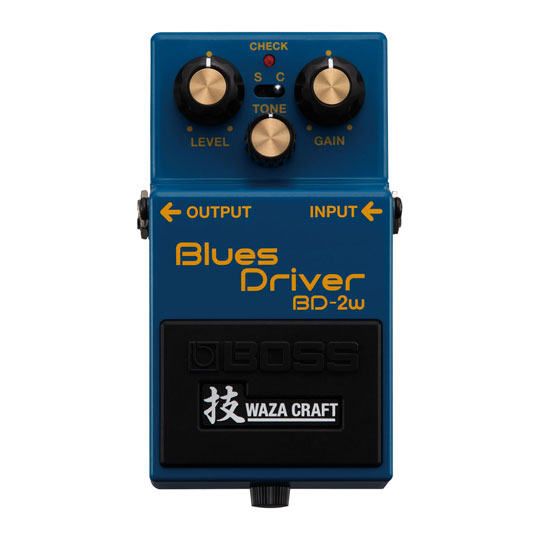
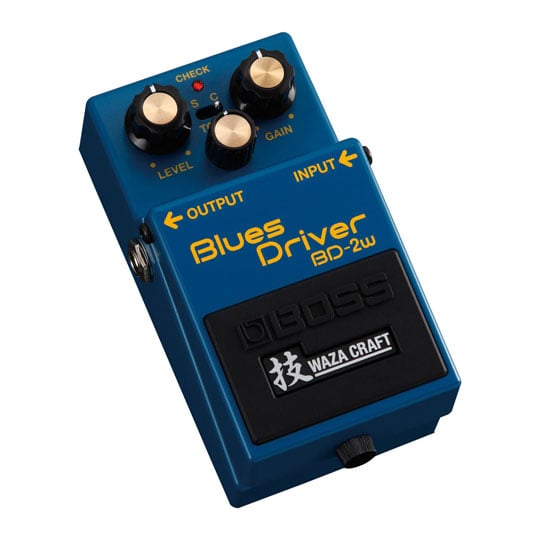
 Boss - 'BD-2W' Blues Driver Waza Craft Distortion Pedal, Modernized Vintage Vibe Based On The Classic BD-2
LN82588
Customer Review £136.00Free delivery on your entire basketDue 15th Jan
Boss - 'BD-2W' Blues Driver Waza Craft Distortion Pedal, Modernized Vintage Vibe Based On The Classic BD-2
LN82588
Customer Review £136.00Free delivery on your entire basketDue 15th Jan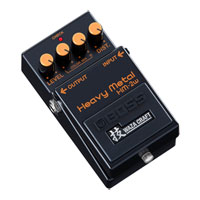
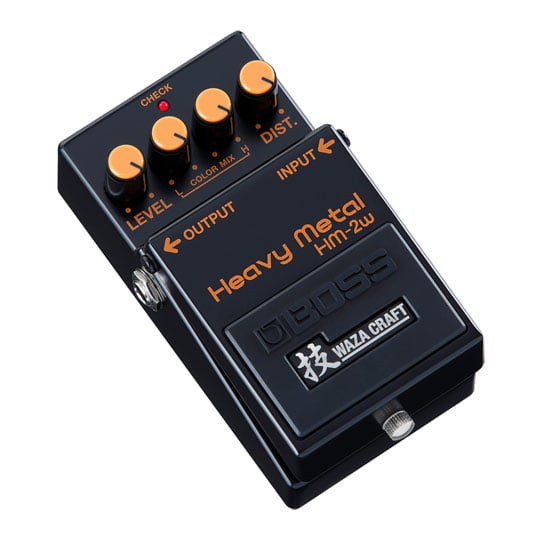
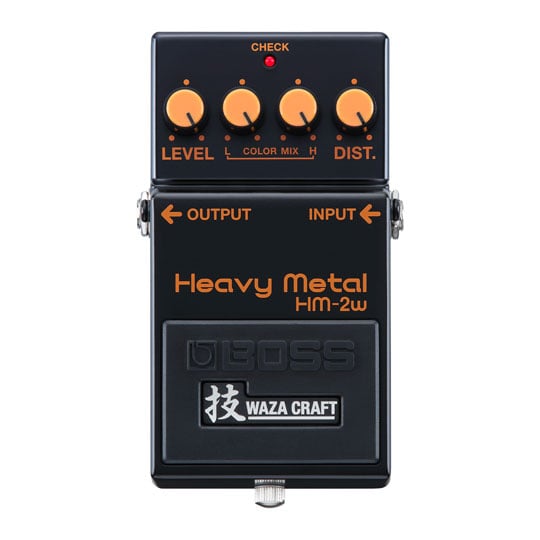
 BOSS - 'HM-2w' Heavy Metal, Special Waza Craft Edition, High-gain Distortion Pedal with Low/High Colour Mix Controls
LN116165
Customer Review £137.00Free delivery on your entire basketDue tomorrow
BOSS - 'HM-2w' Heavy Metal, Special Waza Craft Edition, High-gain Distortion Pedal with Low/High Colour Mix Controls
LN116165
Customer Review £137.00Free delivery on your entire basketDue tomorrow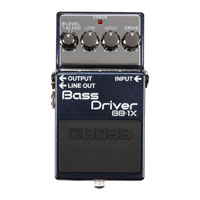
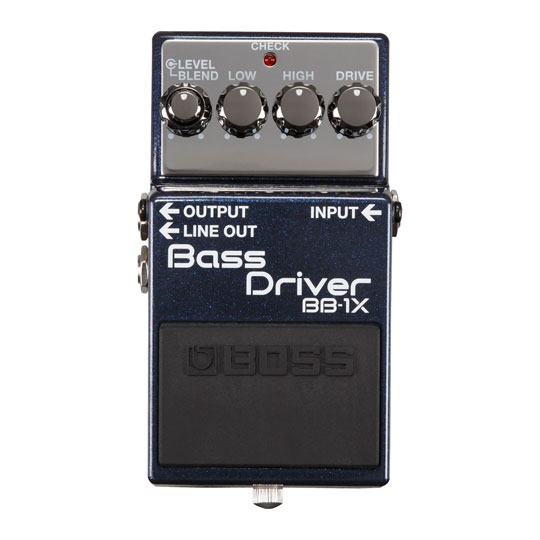
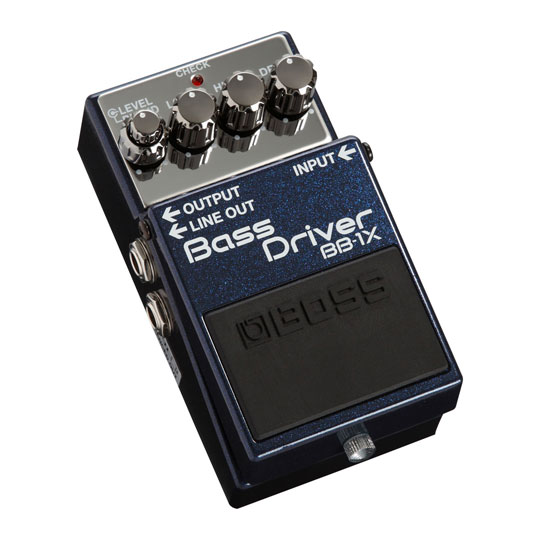
 BOSS - 'BB-1X' Bass Driver Effects Stompbox, Bold & Punchy Overdrive, Independent Frequency Band Control Knobs
LN82587
No customer review£154.00Free delivery on your entire basket
BOSS - 'BB-1X' Bass Driver Effects Stompbox, Bold & Punchy Overdrive, Independent Frequency Band Control Knobs
LN82587
No customer review£154.00Free delivery on your entire basket
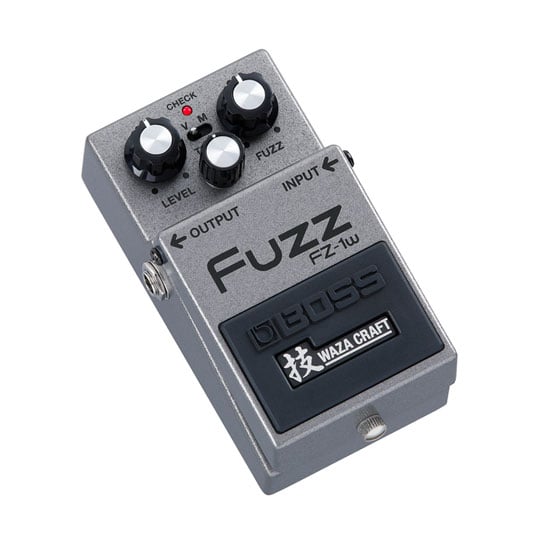
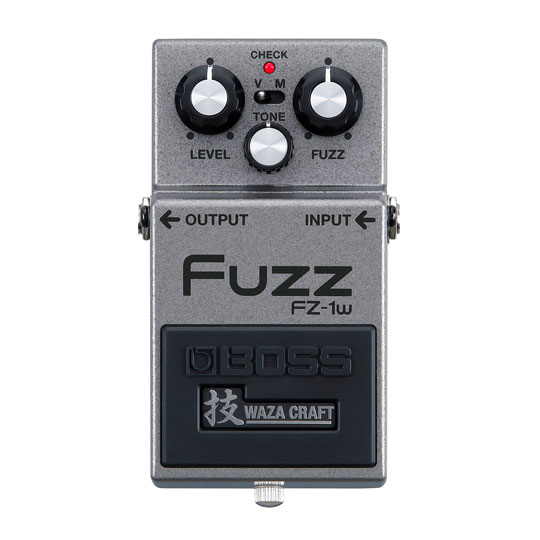
 BOSS - FZ-1W Waza Craft Fuzz Pedal, Fuzz Guitar Effects Pedal with Vintage and Modern Modes
LN121392
No customer review£155.00Free delivery on your entire basket
BOSS - FZ-1W Waza Craft Fuzz Pedal, Fuzz Guitar Effects Pedal with Vintage and Modern Modes
LN121392
No customer review£155.00Free delivery on your entire basket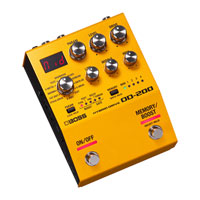
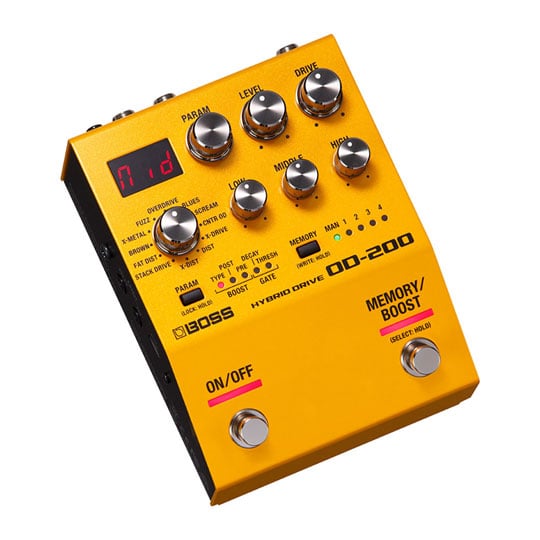
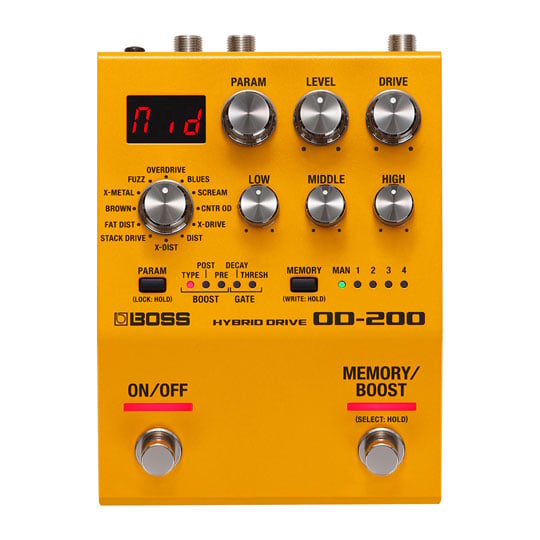
 Boss OD-200 Hybrid Drive, Overdrive/Distortion Pedal, with 12 Drive Modes, Expression Pedal/Footswitch Input, and MIDI
LN105494
No customer review£209.00Free delivery on your entire basketDue tomorrow
Boss OD-200 Hybrid Drive, Overdrive/Distortion Pedal, with 12 Drive Modes, Expression Pedal/Footswitch Input, and MIDI
LN105494
No customer review£209.00Free delivery on your entire basketDue tomorrow
Effects Pedal Power Supplies
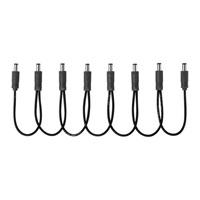
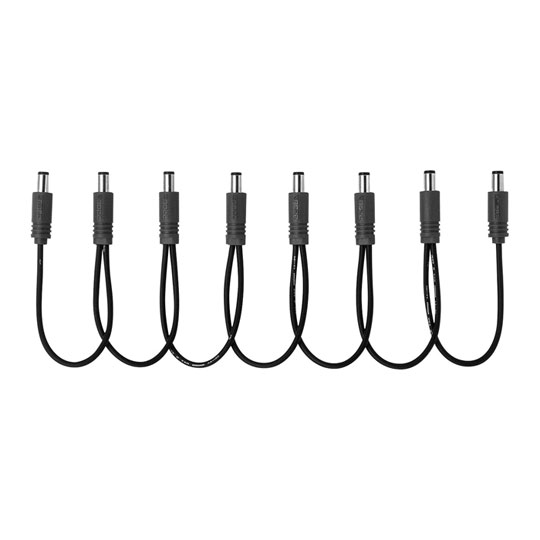
 BOSS PCS-20A Parallel DC Cord, Daisy Chain Cable for Pedals
LN102015
No customer review£14.99£5.48 Next day delivery
BOSS PCS-20A Parallel DC Cord, Daisy Chain Cable for Pedals
LN102015
No customer review£14.99£5.48 Next day delivery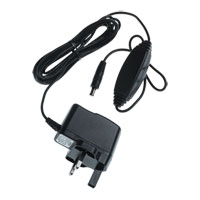
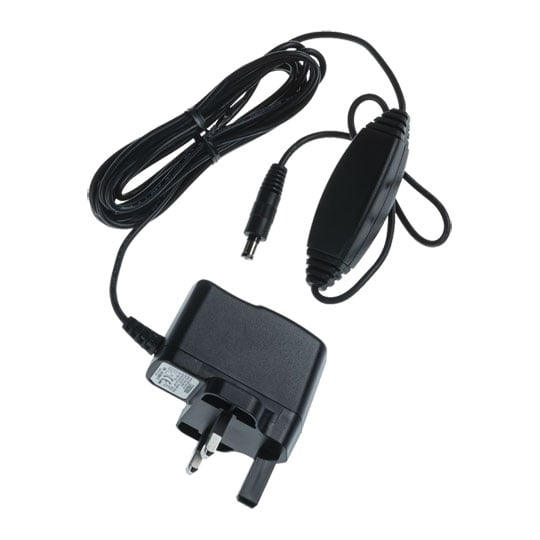
 Boss PSA230 Pedal Power Supply - Recommended For All Boss Compact and Twin Pedals
LN82771
No customer review£29.70£5.48 Next day delivery
Boss PSA230 Pedal Power Supply - Recommended For All Boss Compact and Twin Pedals
LN82771
No customer review£29.70£5.48 Next day delivery
Electric Guitar Amplifier Cabinets
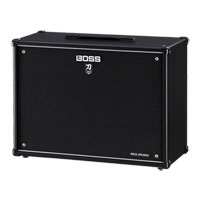
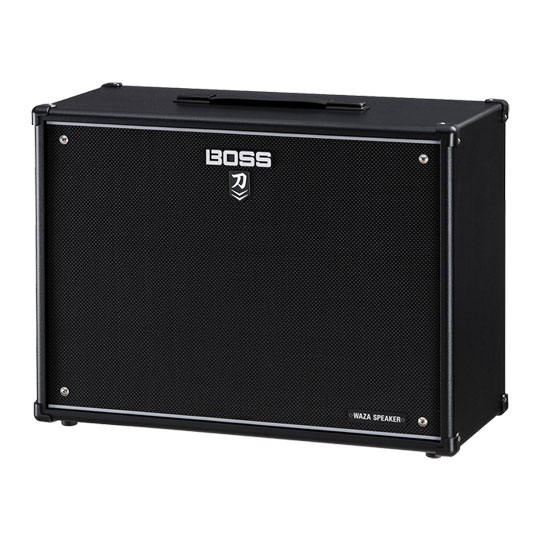

 BOSS KATANA Cabinet 212 WAZA 2 x 12" Speaker Cabinet with Custom WAZA Speakers
LN132792
No customer review£542.00Free delivery on your entire basket
BOSS KATANA Cabinet 212 WAZA 2 x 12" Speaker Cabinet with Custom WAZA Speakers
LN132792
No customer review£542.00Free delivery on your entire basket
Electric Guitar Amplifier Heads
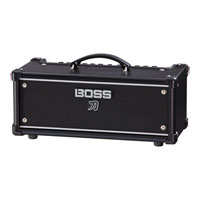
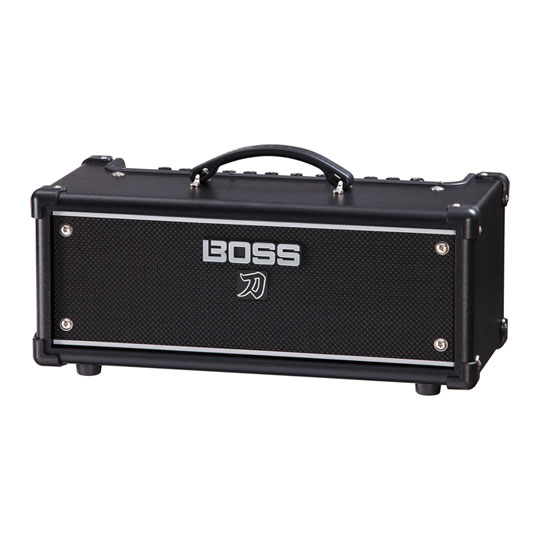
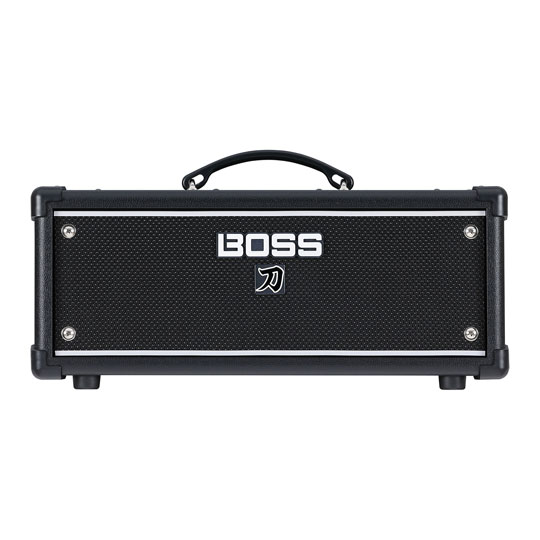
 Boss - Katana Head Gen 3, 100/50/0.5W Guitar Amp Head with 5" Internal Speaker
LN148419
No customer review£431.99Free delivery on your entire basket
Boss - Katana Head Gen 3, 100/50/0.5W Guitar Amp Head with 5" Internal Speaker
LN148419
No customer review£431.99Free delivery on your entire basket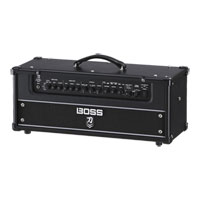
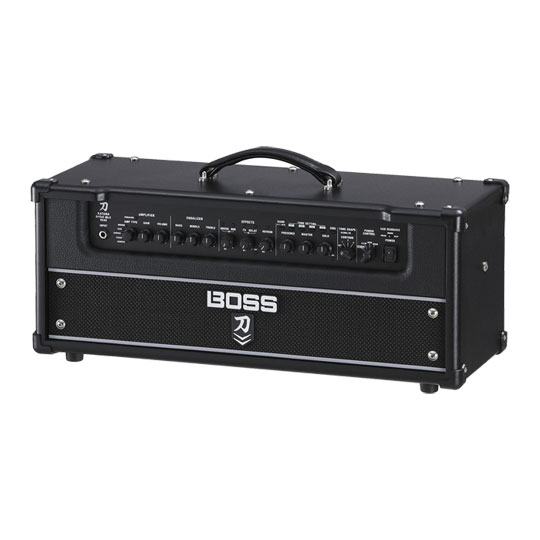
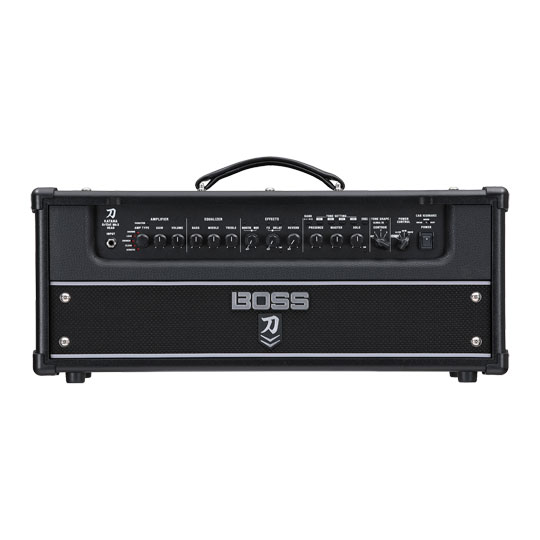
 BOSS KATANA-Artist MkII Amplifier Head
LN132793
No customer review£605.00Free delivery on your entire basket
BOSS KATANA-Artist MkII Amplifier Head
LN132793
No customer review£605.00Free delivery on your entire basket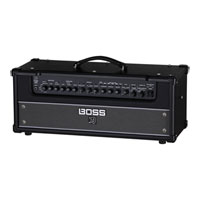

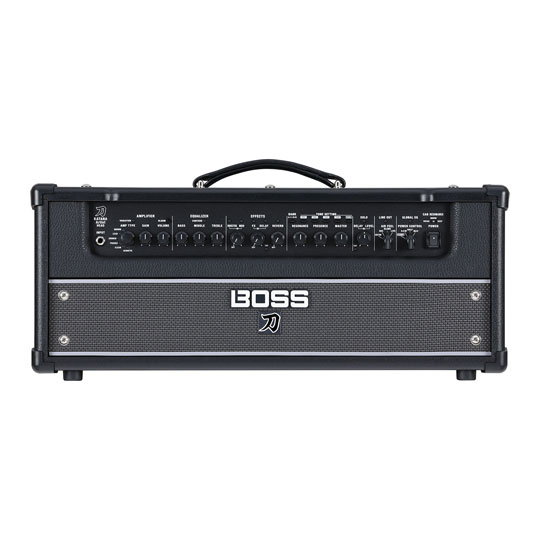
 Boss - Katana Artist Gen 3, 100/50/0.5W Guitar Amp Head with 12 Amp Voicings, 5 Simultaneous Effects
LN148417
No customer review£612.98Free delivery on your entire basket
Boss - Katana Artist Gen 3, 100/50/0.5W Guitar Amp Head with 12 Amp Voicings, 5 Simultaneous Effects
LN148417
No customer review£612.98Free delivery on your entire basket
EQ Pedals
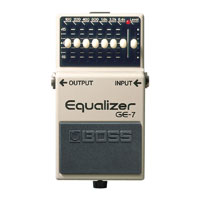
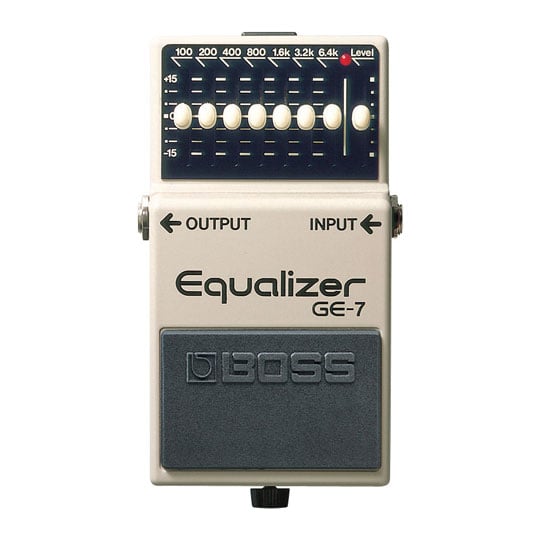
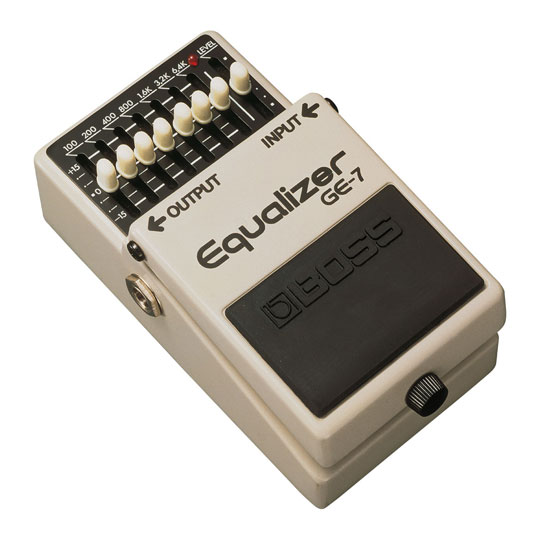
 Boss - 'GE-7' Graphic Equalizer Effect Pedal, 7 Bands of Adjustable EQ Sliders, Boost/Cut +/- 15dB Per Band
LN82710
Customer Review £99.00£5.48 Next day deliveryPre order
Boss - 'GE-7' Graphic Equalizer Effect Pedal, 7 Bands of Adjustable EQ Sliders, Boost/Cut +/- 15dB Per Band
LN82710
Customer Review £99.00£5.48 Next day deliveryPre order
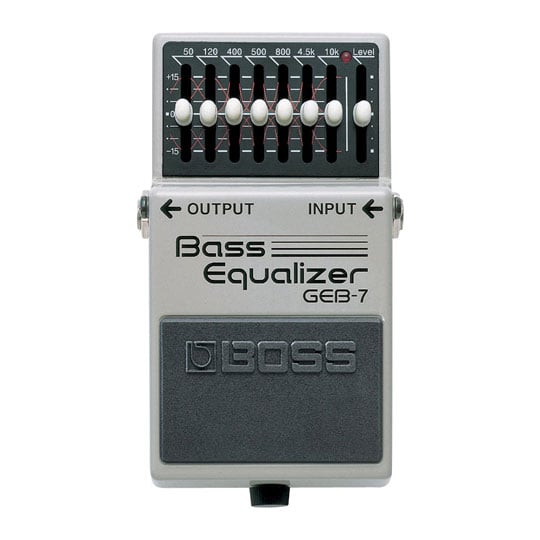
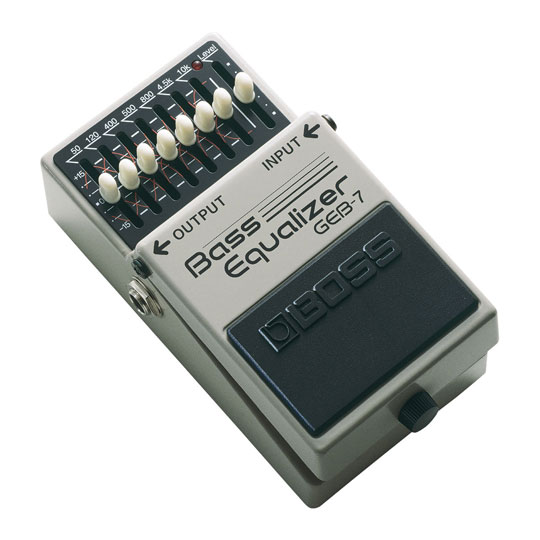
 BOSS - 'GEB-7' Bass Equalizer Effect Pedal, 7-Band EQ, 50Hz - 10 kHz Frequency Range, Full Range Response
LN82675
Customer Review £103.00£5.48 Next day delivery
BOSS - 'GEB-7' Bass Equalizer Effect Pedal, 7-Band EQ, 50Hz - 10 kHz Frequency Range, Full Range Response
LN82675
Customer Review £103.00£5.48 Next day delivery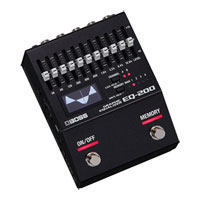
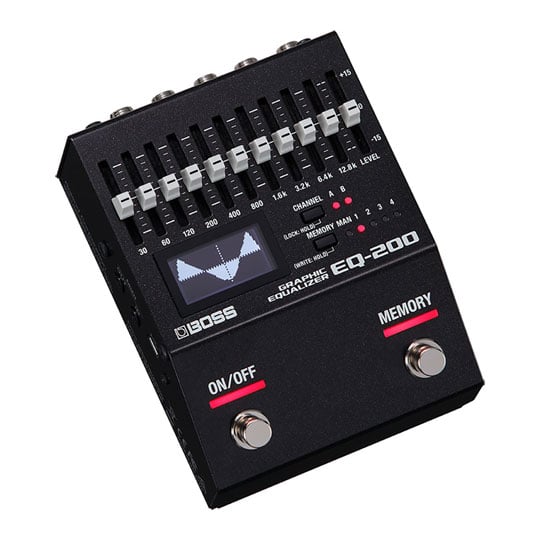
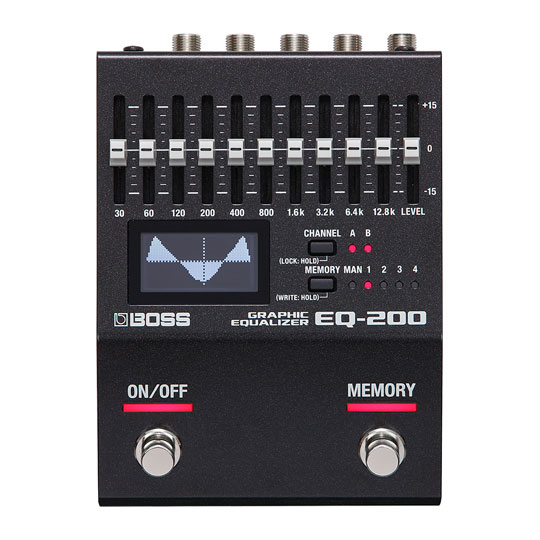
 Boss EQ-200 10-band Graphic Equalizer Pedal, with Stereo I/O, Expression Pedal/Footswitch Input, and MIDI I/O
LN105495
No customer review£205.00Free delivery on your entire basketPre order
Boss EQ-200 10-band Graphic Equalizer Pedal, with Stereo I/O, Expression Pedal/Footswitch Input, and MIDI I/O
LN105495
No customer review£205.00Free delivery on your entire basketPre order
Flanger Pedals
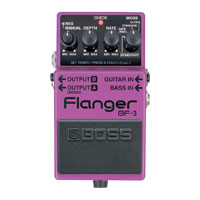
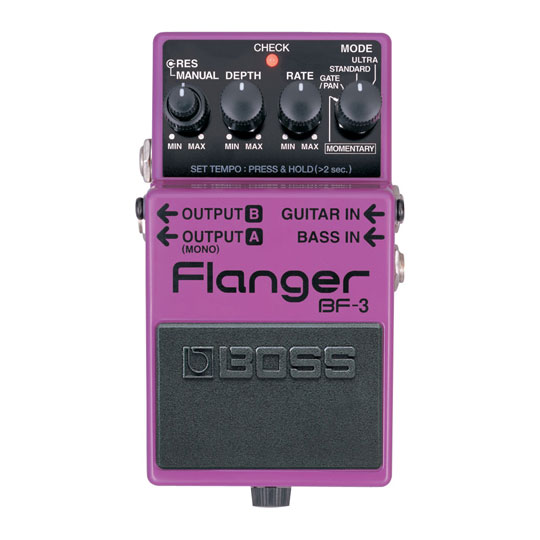
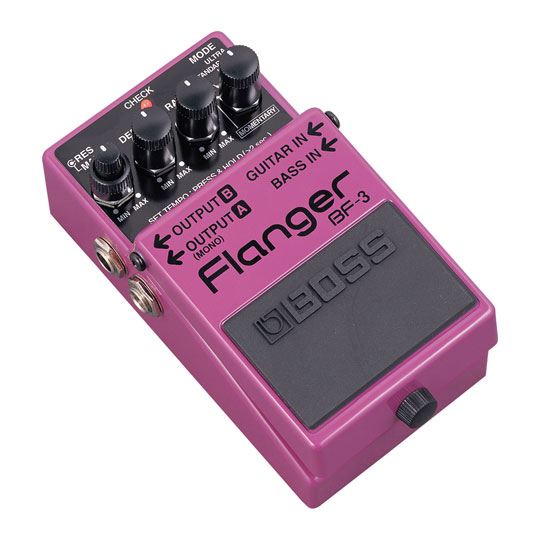
 Boss BF-3 Flanger Effect Pedal, Ultra-Fat Flanging, Gate/Pan Modes, Tap Tempo, Independent Inputs, Stereo Outputs
LN82676
Customer Review £129.00Free delivery on your entire basket
Boss BF-3 Flanger Effect Pedal, Ultra-Fat Flanging, Gate/Pan Modes, Tap Tempo, Independent Inputs, Stereo Outputs
LN82676
Customer Review £129.00Free delivery on your entire basket
Guitar & Bass Pedal Accessories

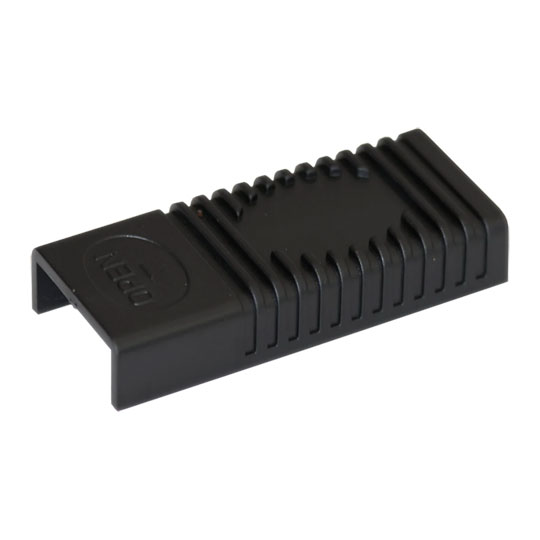
 Boss - G2569002R1 Case Slide Locker (Latch) for Boss BCB-30 , BCB-60 Pedalboards
LN139373
No customer review£1.49£5.48 Next day delivery
Boss - G2569002R1 Case Slide Locker (Latch) for Boss BCB-30 , BCB-60 Pedalboards
LN139373
No customer review£1.49£5.48 Next day delivery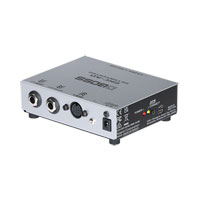
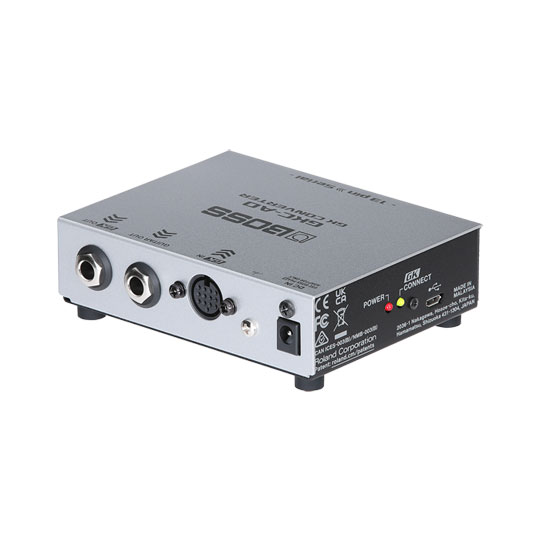
 Boss GKC-AD Guitar Synth Converter
LN138485
No customer review£146.75Free delivery on your entire basket
Boss GKC-AD Guitar Synth Converter
LN138485
No customer review£146.75Free delivery on your entire basket
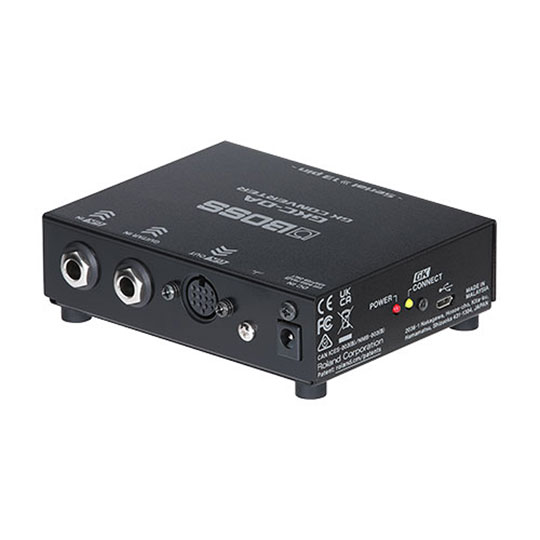
 (Open Box) Boss GKC-DA Guitar Synth Converter (SERIAL to 13 PIN)
LN140674
No customer review£160.00Free delivery on your entire basket
(Open Box) Boss GKC-DA Guitar Synth Converter (SERIAL to 13 PIN)
LN140674
No customer review£160.00Free delivery on your entire basket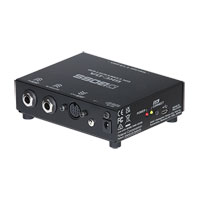
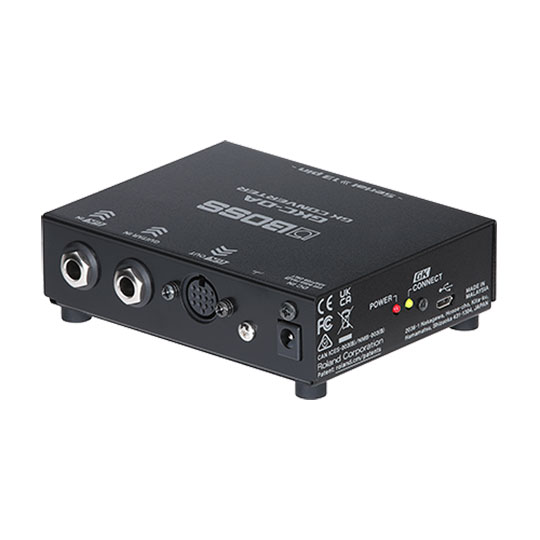
 Boss GKC-DA Guitar Synth Converter
LN138484
No customer review£172.00Free delivery on your entire basket
Boss GKC-DA Guitar Synth Converter
LN138484
No customer review£172.00Free delivery on your entire basket
Guitar & Bass Pickups
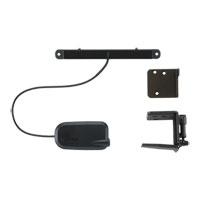
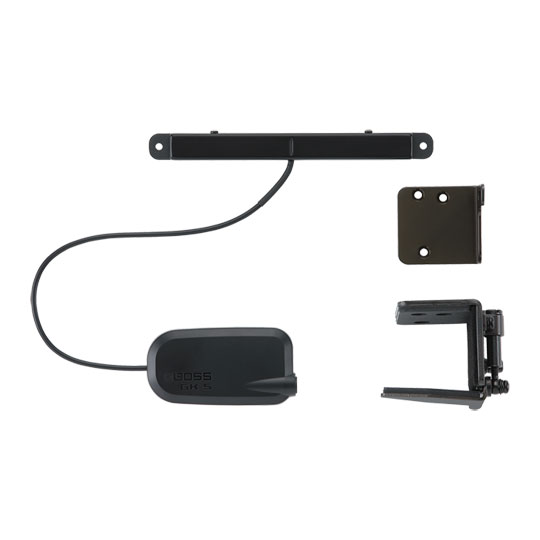
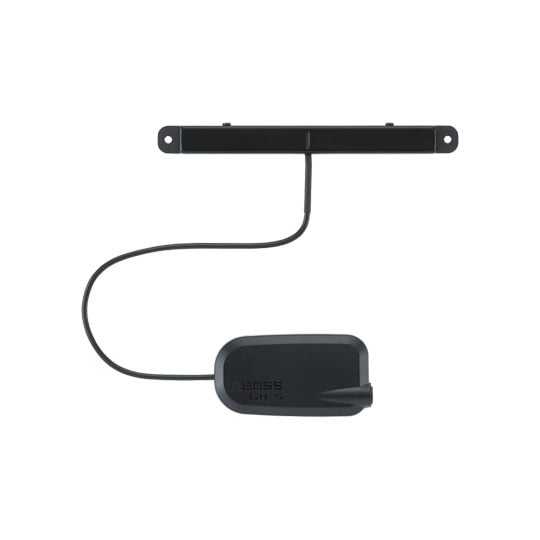
 Boss GK-5B Bass Guitar Divided Pickup
LN138482
No customer review£253.00Free delivery on your entire basket
Boss GK-5B Bass Guitar Divided Pickup
LN138482
No customer review£253.00Free delivery on your entire basket
Guitar Amplifier Stands & Accessories
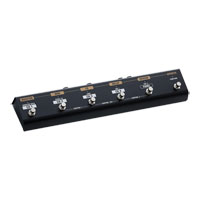
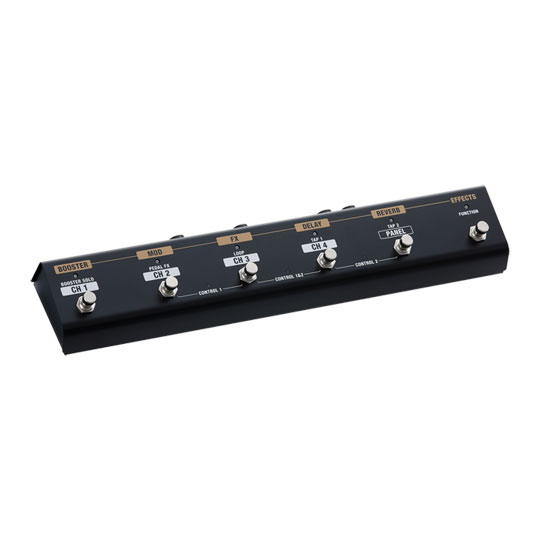
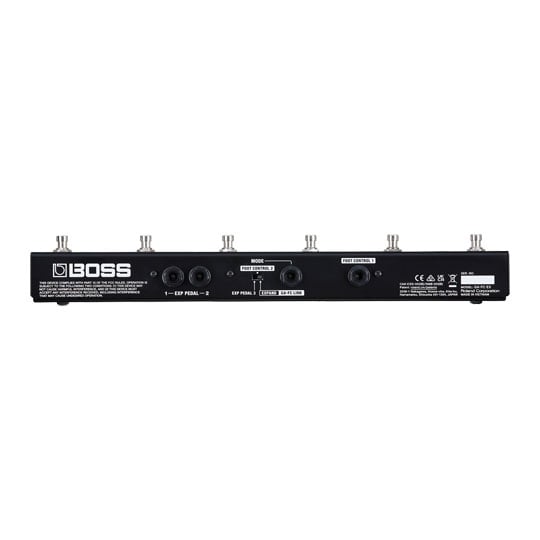
 BOSS - GA-FC-EX Foot Controller, Expanded Floor Control for Select BOSS Amplifiers
LN162026
No customer review£119.00
BOSS - GA-FC-EX Foot Controller, Expanded Floor Control for Select BOSS Amplifiers
LN162026
No customer review£119.00
Guitar Combo Amplifiers
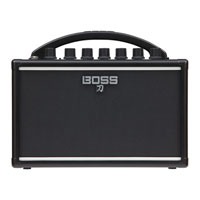
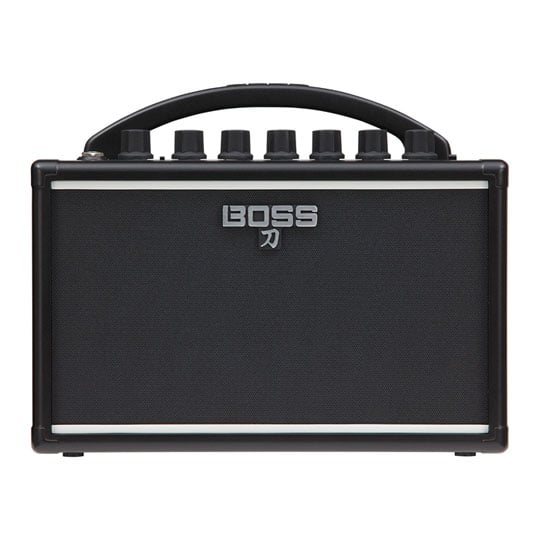

 Boss KATANA-MINI Guitar Amplifier, 7 Watts, 4-inch Speaker, EQ, Delay
LN97162
Customer Review £129.00
Boss KATANA-MINI Guitar Amplifier, 7 Watts, 4-inch Speaker, EQ, Delay
LN97162
Customer Review £129.00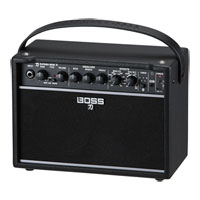
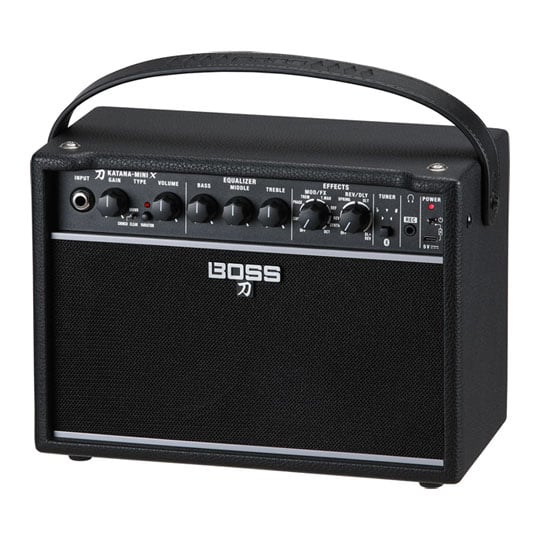
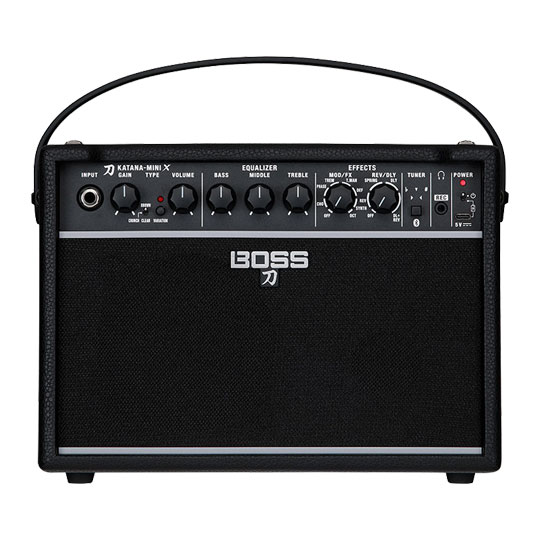
 Boss - Katana-Mini X, 10W Guitar Amplifier Combo with 5" Speaker and Built-In Effects
LN154005
No customer review£143.00Free delivery on your entire basketPre order
Boss - Katana-Mini X, 10W Guitar Amplifier Combo with 5" Speaker and Built-In Effects
LN154005
No customer review£143.00Free delivery on your entire basketPre order
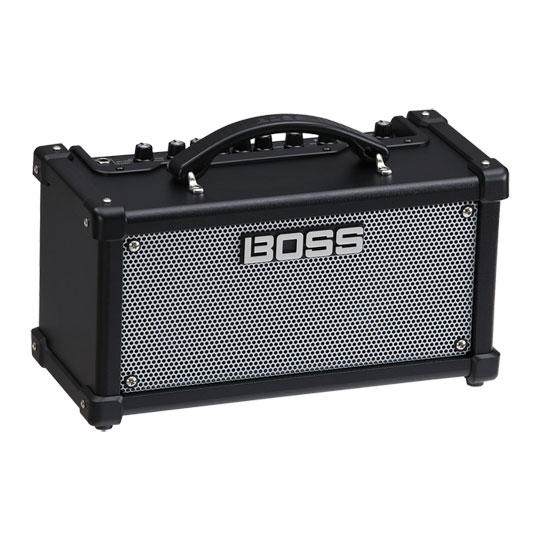
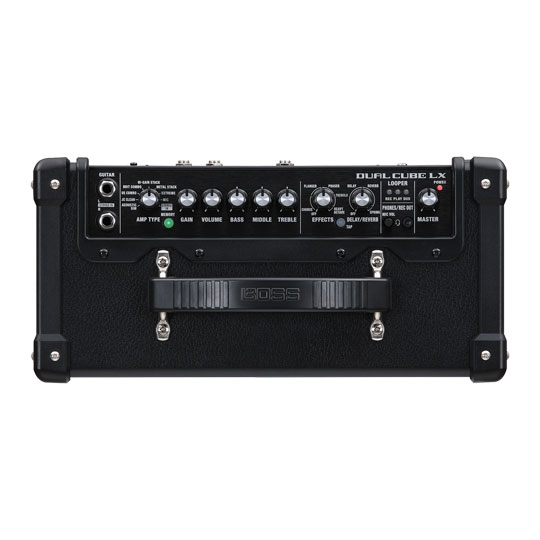
 Boss Dual Cube LX - Versatile Guitar Amplifier Combo with Expansive Stero Sound and Pro Features
LN132500
No customer review£199.00Free delivery on your entire basket
Boss Dual Cube LX - Versatile Guitar Amplifier Combo with Expansive Stero Sound and Pro Features
LN132500
No customer review£199.00Free delivery on your entire basket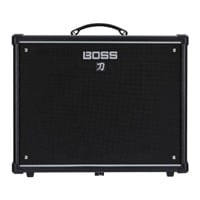
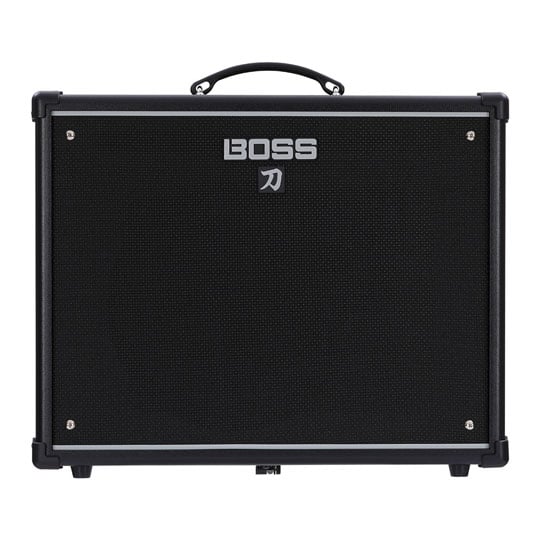
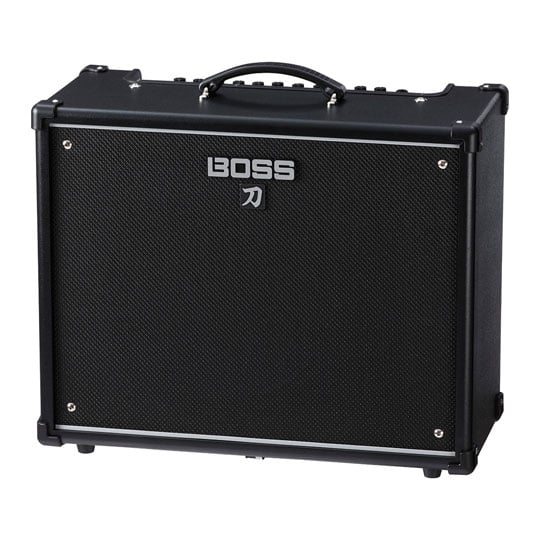
 (B-Stock) Boss KATANA-100 Guitar Amplifier, 100 Watts, 12-inch Speaker, 55 BOSS effects
LN82765
No customer review£255.00Pre order
(B-Stock) Boss KATANA-100 Guitar Amplifier, 100 Watts, 12-inch Speaker, 55 BOSS effects
LN82765
No customer review£255.00Pre order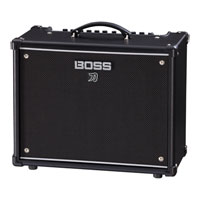
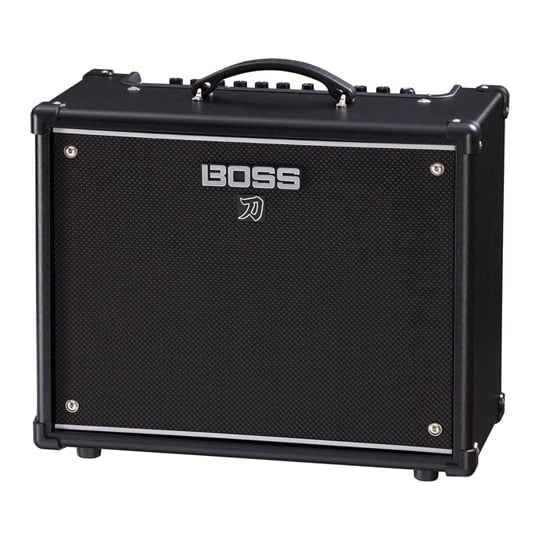
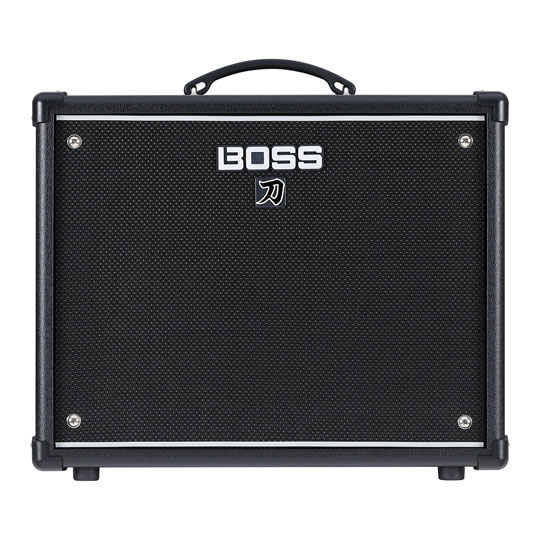
 Boss - Katana 50 Gen 3, 50 watts, 1x12" Guitar Combo Amp with 12 Amp Voicings, 5 Simultaneous Effects
LN148421
No customer review£259.00Free delivery on your entire basketDue tomorrow
Boss - Katana 50 Gen 3, 50 watts, 1x12" Guitar Combo Amp with 12 Amp Voicings, 5 Simultaneous Effects
LN148421
No customer review£259.00Free delivery on your entire basketDue tomorrow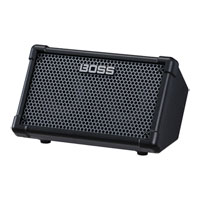
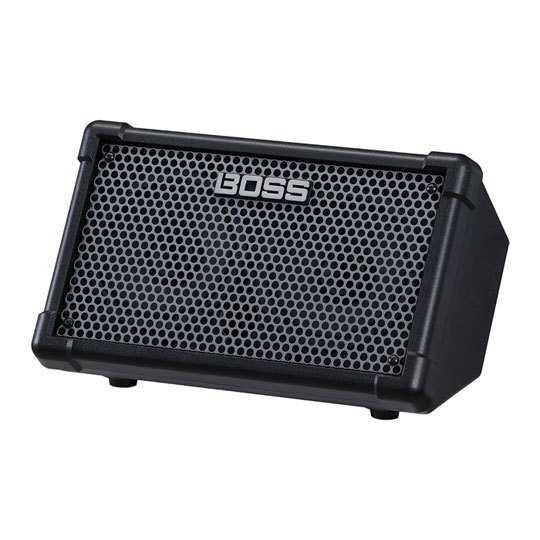
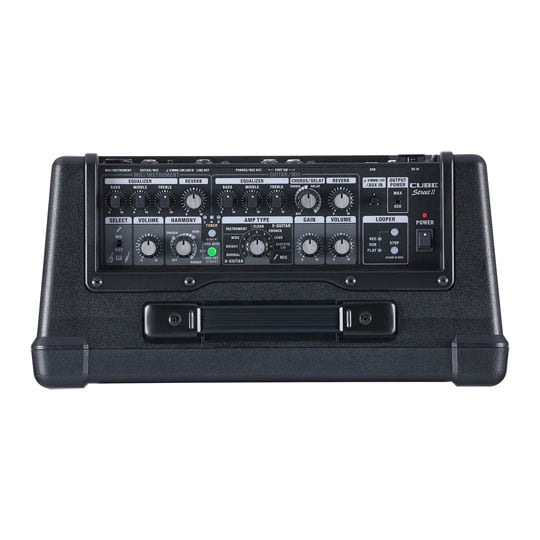
 BOSS - CUBE Street 2, and PA with 2 Mic/Instrument Inputs, and Built-in Digital Effects - Black
LN118094
Customer Review £279.00Free delivery on your entire basketPre order
BOSS - CUBE Street 2, and PA with 2 Mic/Instrument Inputs, and Built-in Digital Effects - Black
LN118094
Customer Review £279.00Free delivery on your entire basketPre order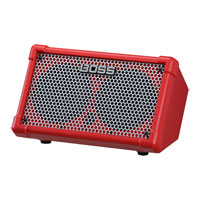
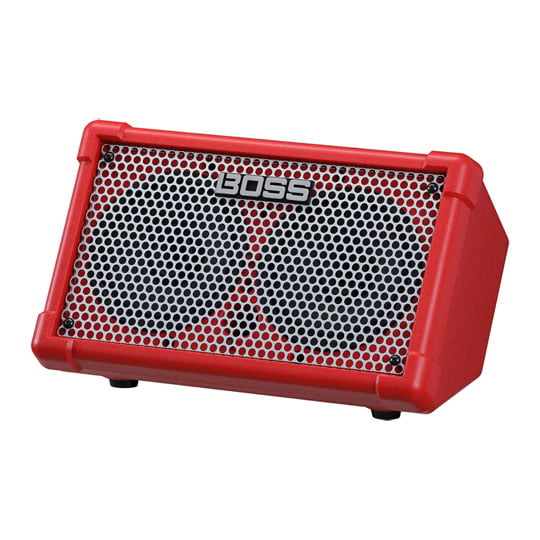

 BOSS - CUBE Street 2, and PA with 2 Mic/Instrument Inputs, and Built-in Digital Effects - Red
LN118093
No customer review£279.00Free delivery on your entire basketPre order
BOSS - CUBE Street 2, and PA with 2 Mic/Instrument Inputs, and Built-in Digital Effects - Red
LN118093
No customer review£279.00Free delivery on your entire basketPre order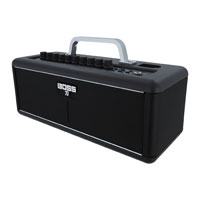
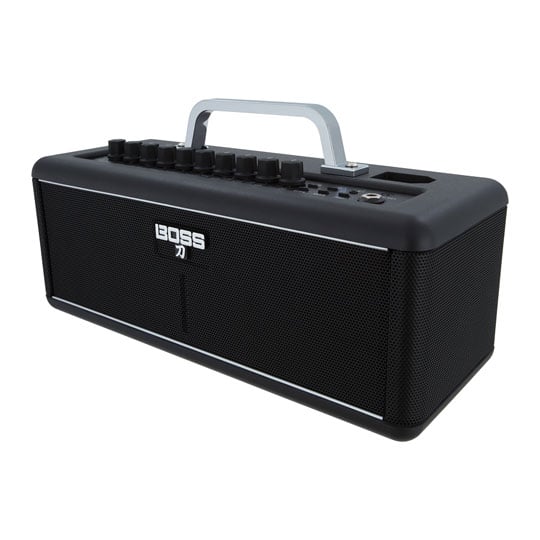
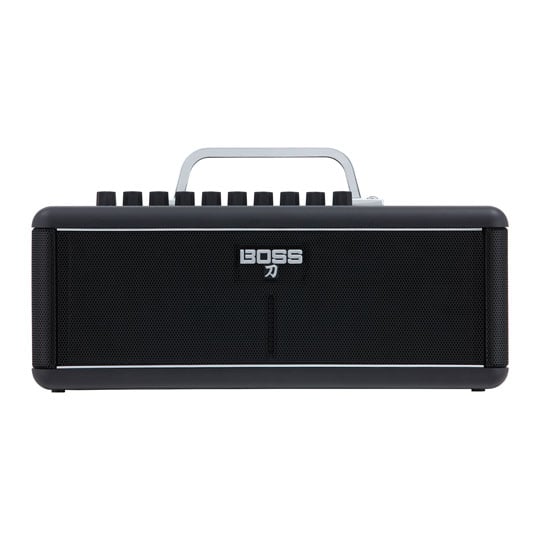
 Boss KATANA-AIR 30W Guitar Amplifier, Totally Wireless With Cutom Transmitter, 12 Hours Playtime, Boss Tone Studio App
LN86952
Customer Review £349.00Free delivery on your entire basket
Boss KATANA-AIR 30W Guitar Amplifier, Totally Wireless With Cutom Transmitter, 12 Hours Playtime, Boss Tone Studio App
LN86952
Customer Review £349.00Free delivery on your entire basket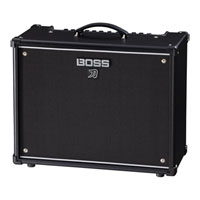
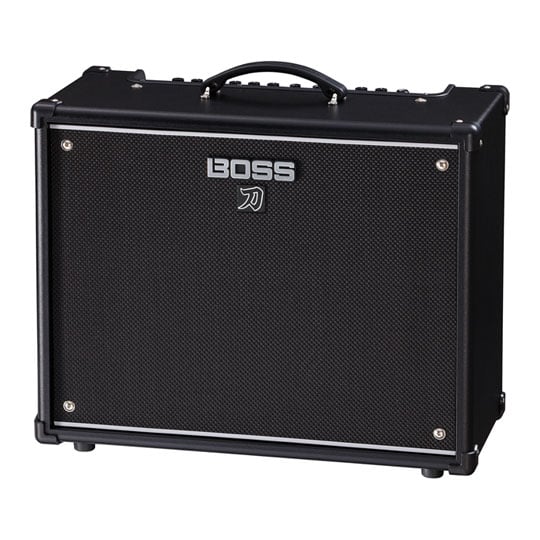
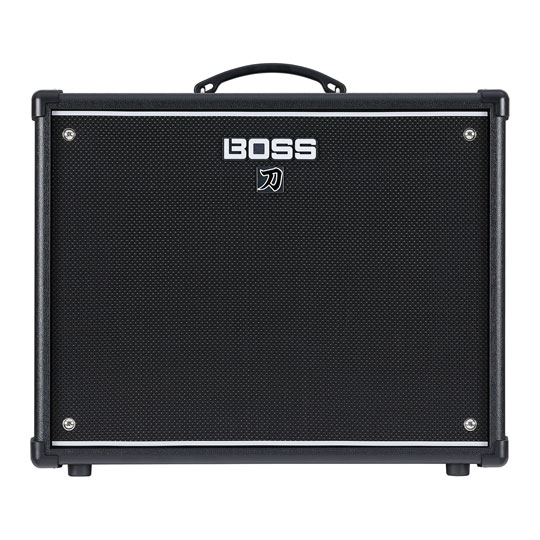
 Boss - Katana-100 Gen 3, 100w, 1x12" Guitar Combo Amp with 12 Amp Voicings, 5 Simultaneous Effects
LN148423
Customer Review £355.49Free delivery on your entire basketDue 28th Dec
Boss - Katana-100 Gen 3, 100w, 1x12" Guitar Combo Amp with 12 Amp Voicings, 5 Simultaneous Effects
LN148423
Customer Review £355.49Free delivery on your entire basketDue 28th Dec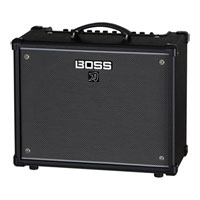
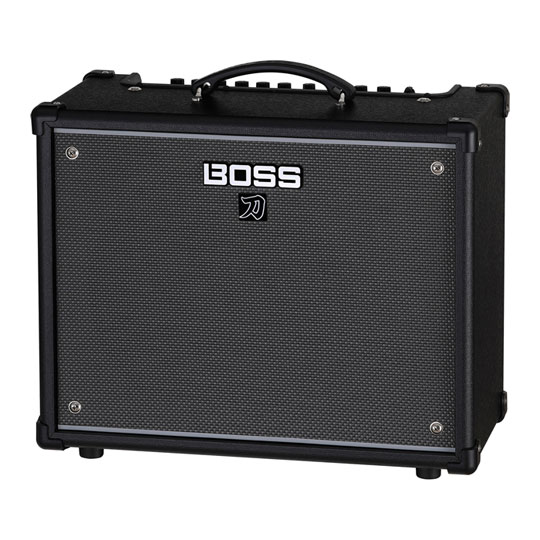

 Boss - Katana 50 EX Gen 3, 50w, 1x12" Guitar Combo Amp with 12 Amp Voicings, 5 Simultaneous Effects
LN148420
No customer review£361.99Free delivery on your entire basket
Boss - Katana 50 EX Gen 3, 50w, 1x12" Guitar Combo Amp with 12 Amp Voicings, 5 Simultaneous Effects
LN148420
No customer review£361.99Free delivery on your entire basket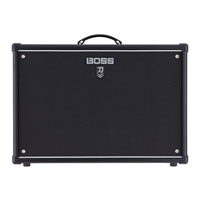

 Boss Katana 100/212MKII combo amplifier MKII - 2x12" speaker
LN102166
Customer Review £409.00Free delivery on your entire basket
Boss Katana 100/212MKII combo amplifier MKII - 2x12" speaker
LN102166
Customer Review £409.00Free delivery on your entire basket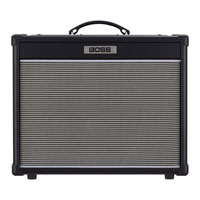
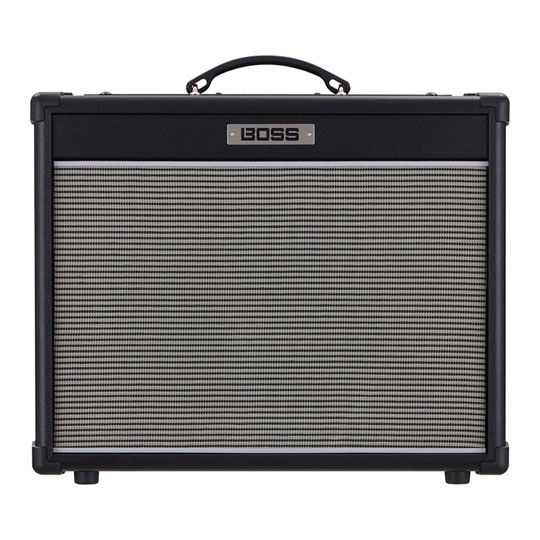
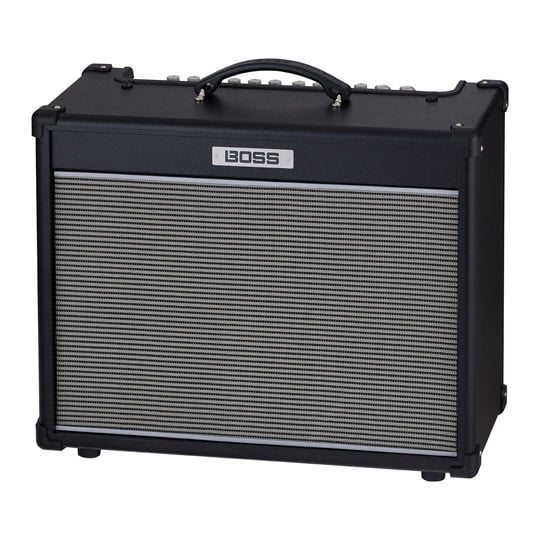
 Boss Nextone Stage Guitar Amplifier, 40 Watts, 12-inch Speaker
LN97160
Customer Review £411.00Free delivery on your entire basket
Boss Nextone Stage Guitar Amplifier, 40 Watts, 12-inch Speaker
LN97160
Customer Review £411.00Free delivery on your entire basket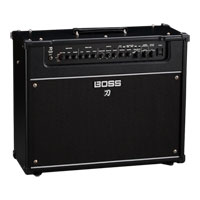
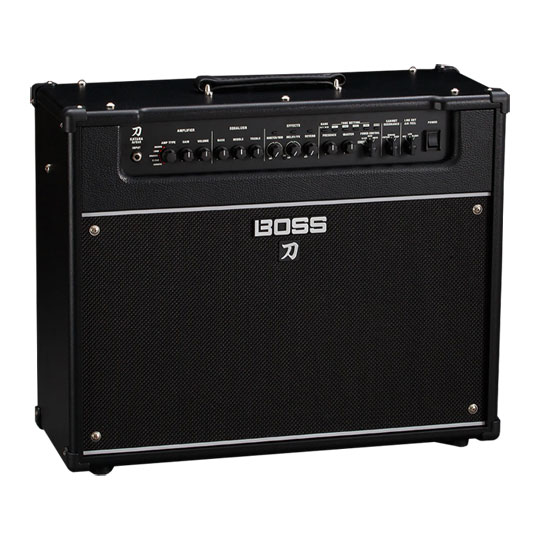
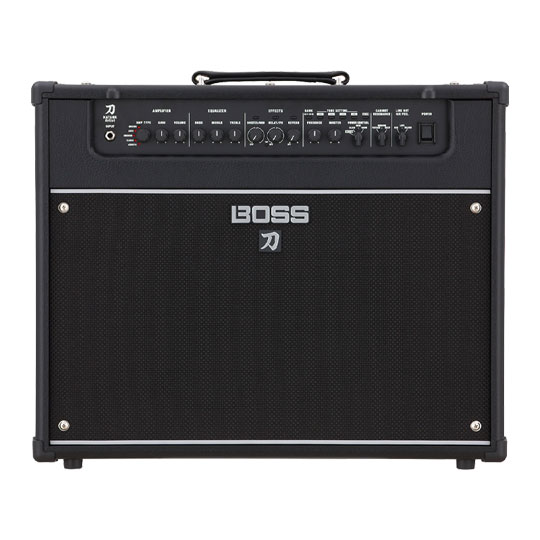
 (Open Box) BOSS - Katana - Artitst MKI Premium Combo Amplifier,100W Custom 12" Waza Speaker
LN112956
No customer review£439.20
(Open Box) BOSS - Katana - Artitst MKI Premium Combo Amplifier,100W Custom 12" Waza Speaker
LN112956
No customer review£439.20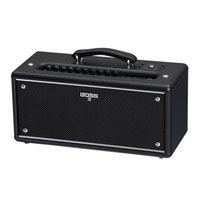
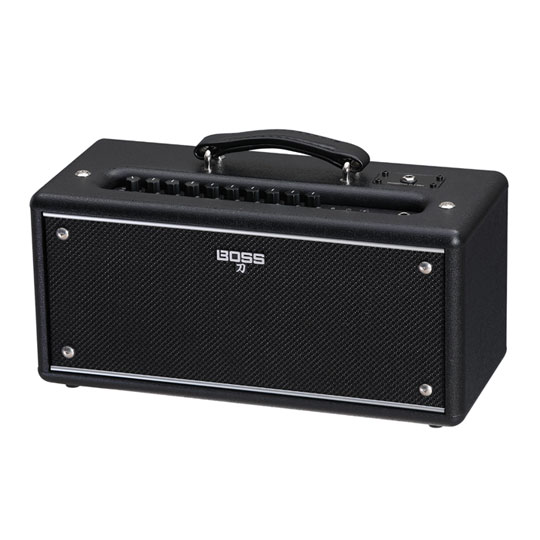

 BOSS Katana-Air EX, 20W/35W Guitar Combo Amplifier with 2 x 5" Speaker, Bass-reflex Port
LN139850
No customer review£444.49Free delivery on your entire basket
BOSS Katana-Air EX, 20W/35W Guitar Combo Amplifier with 2 x 5" Speaker, Bass-reflex Port
LN139850
No customer review£444.49Free delivery on your entire basket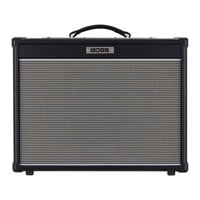
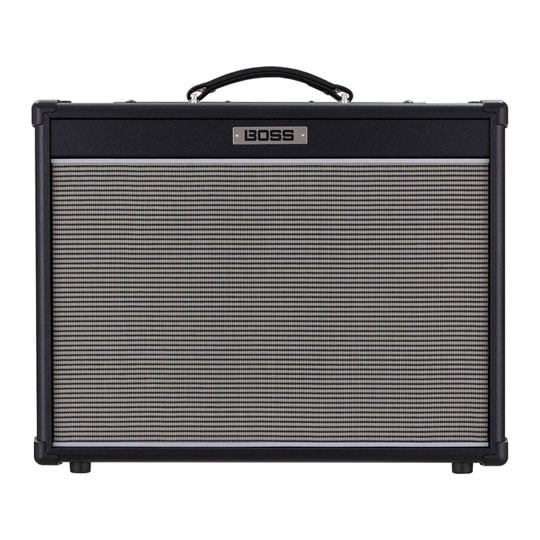
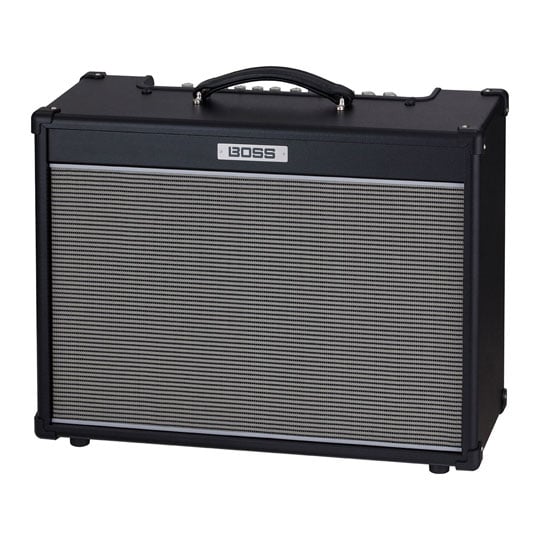
 (B-Stock) Boss Nextone Artist Guitar Amplifier, 80 Watts, 12-inch Speaker
LN97218
No customer review£459.49Free delivery on your entire basket
(B-Stock) Boss Nextone Artist Guitar Amplifier, 80 Watts, 12-inch Speaker
LN97218
No customer review£459.49Free delivery on your entire basket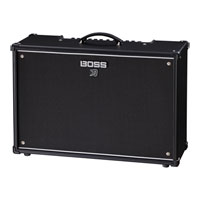
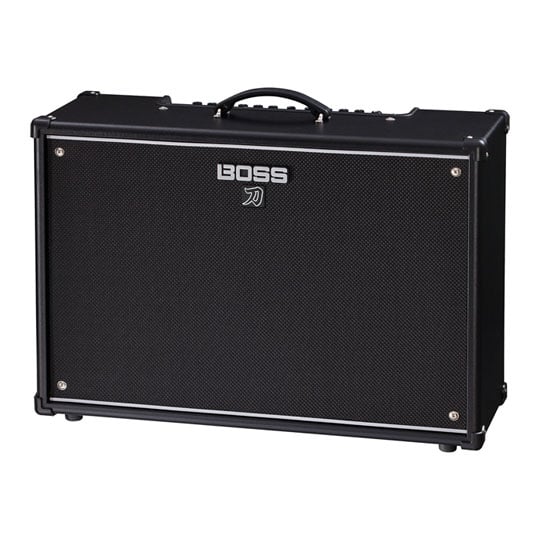
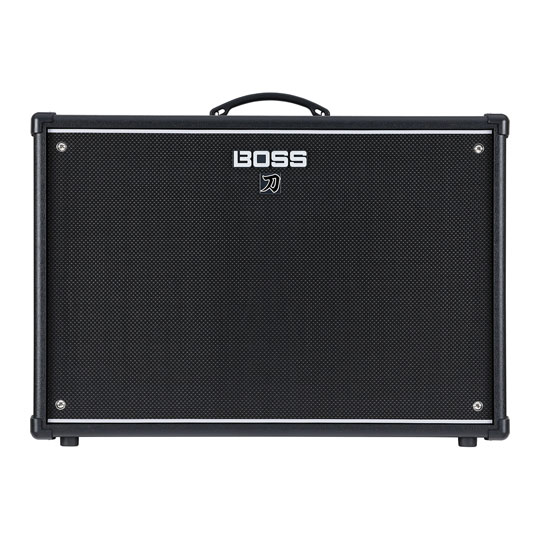
 Boss - Katana Gen 3 100 2x12" Guitar Combo Amp with 12 Amp Voicings, 5 Simultaneous Effects
LN148422
No customer review£526.99Free delivery on your entire basket
Boss - Katana Gen 3 100 2x12" Guitar Combo Amp with 12 Amp Voicings, 5 Simultaneous Effects
LN148422
No customer review£526.99Free delivery on your entire basket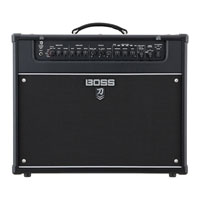
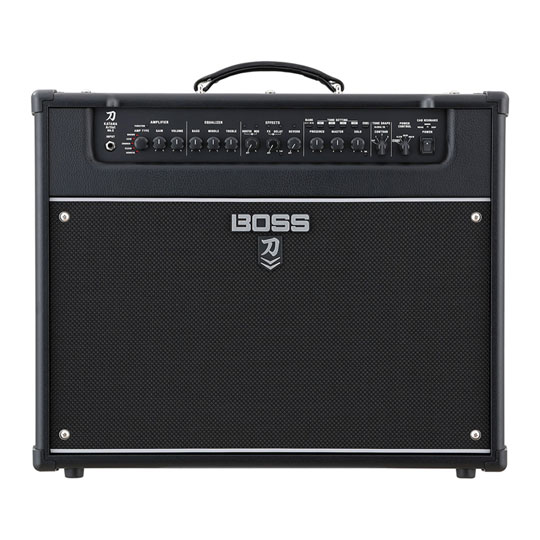
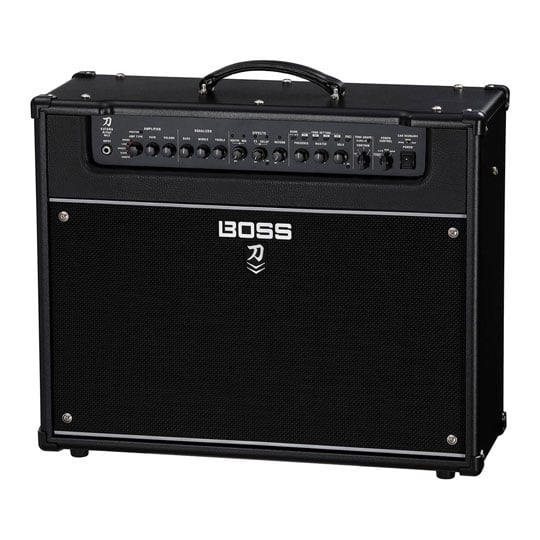
 BOSS Katana Artist MkII 100W Premium Combo Amplifier, Custom 12" Waza Speaker, GA-FC Support
LN104840
Customer Review £585.00Free delivery on your entire basket
BOSS Katana Artist MkII 100W Premium Combo Amplifier, Custom 12" Waza Speaker, GA-FC Support
LN104840
Customer Review £585.00Free delivery on your entire basket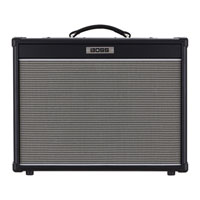
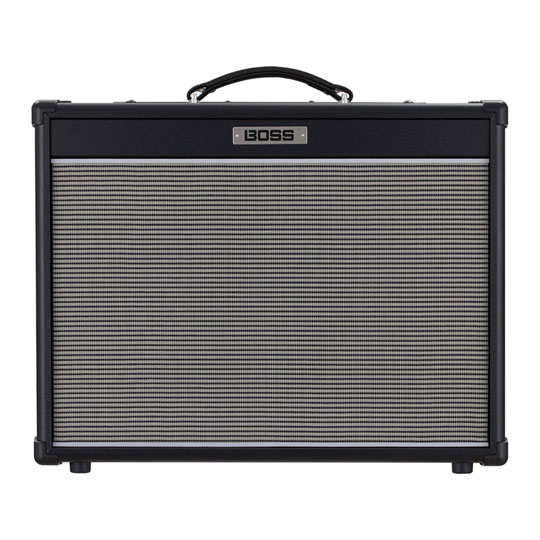
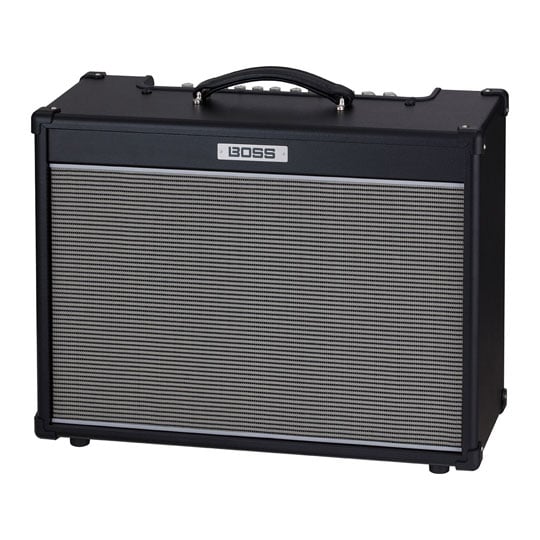
 Boss Nextone Artist Guitar Amplifier, 80 Watts, 12-inch Speaker
LN97159
Customer Review £609.00Free delivery on your entire basket
Boss Nextone Artist Guitar Amplifier, 80 Watts, 12-inch Speaker
LN97159
Customer Review £609.00Free delivery on your entire basket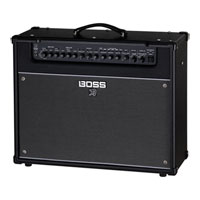
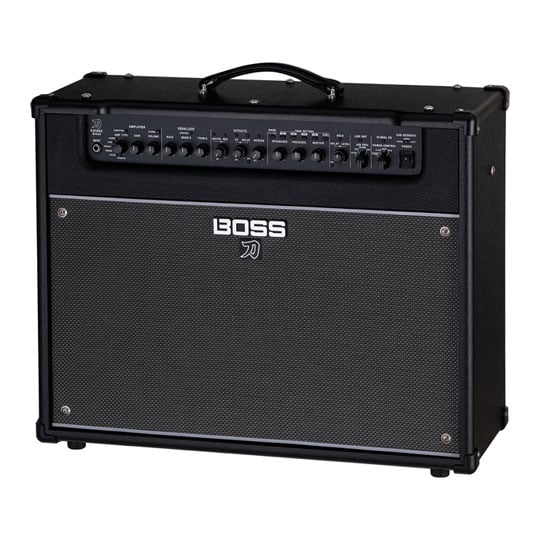
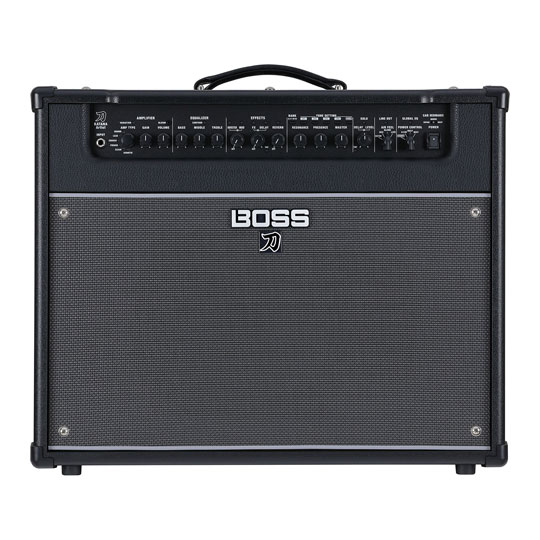
 Boss - Katana Artist Gen 3, 100/50/0.5W, 1 x12" Guitar Combo Amp with 12 Amp Voicings, 5 Simultaneous Effects
LN148418
No customer review£690.98Free delivery on your entire basket
Boss - Katana Artist Gen 3, 100/50/0.5W, 1 x12" Guitar Combo Amp with 12 Amp Voicings, 5 Simultaneous Effects
LN148418
No customer review£690.98Free delivery on your entire basket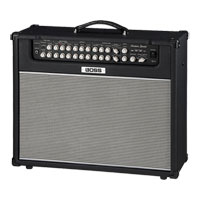

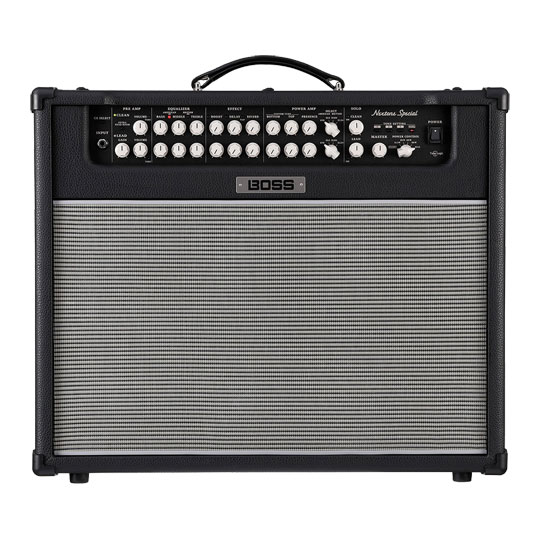
 BOSS - Nextone Special Flagship Guitar Amplifier With Tube Logic Technology And Custom Waza "Blue Bell" Speaker
LN134072
No customer review£696.00Free delivery on your entire basket
BOSS - Nextone Special Flagship Guitar Amplifier With Tube Logic Technology And Custom Waza "Blue Bell" Speaker
LN134072
No customer review£696.00Free delivery on your entire basket
Guitar Gig Bags & Cases
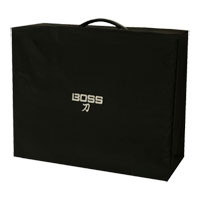
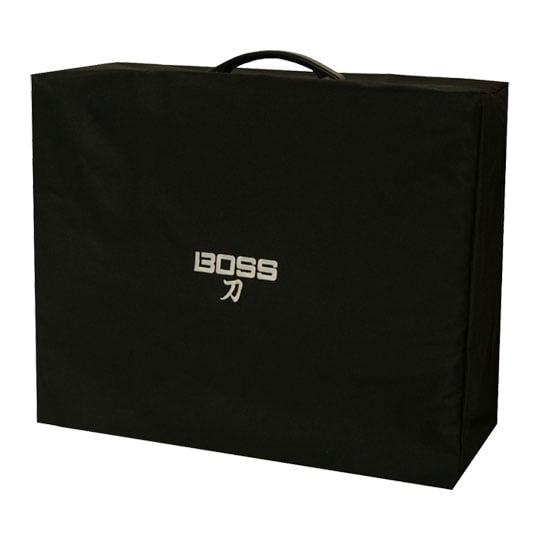
 Boss Katana 100 Amp Cover with Reinforced Seams and Handle Opening
LN135508
No customer review£25.00£5.48 Next day deliveryPre order
Boss Katana 100 Amp Cover with Reinforced Seams and Handle Opening
LN135508
No customer review£25.00£5.48 Next day deliveryPre order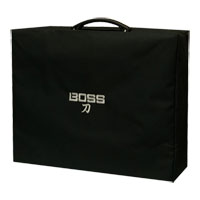
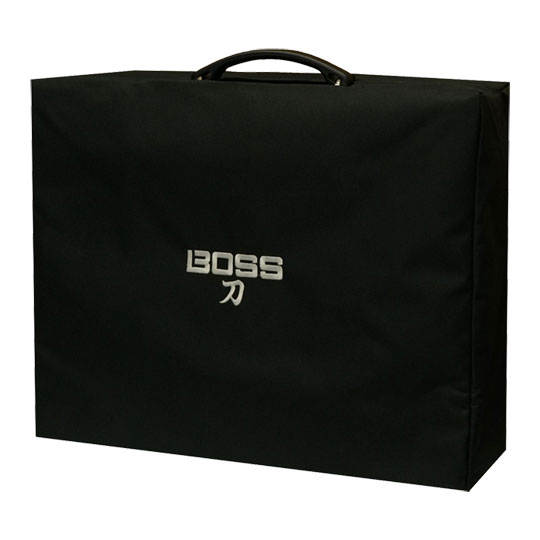
 Boss Katana 50 Amp Cover with Reinforced Seams and Handle Opening
LN135509
No customer review£25.00£5.48 Next day delivery
Boss Katana 50 Amp Cover with Reinforced Seams and Handle Opening
LN135509
No customer review£25.00£5.48 Next day delivery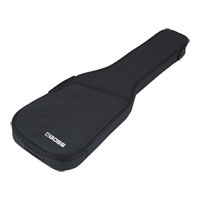
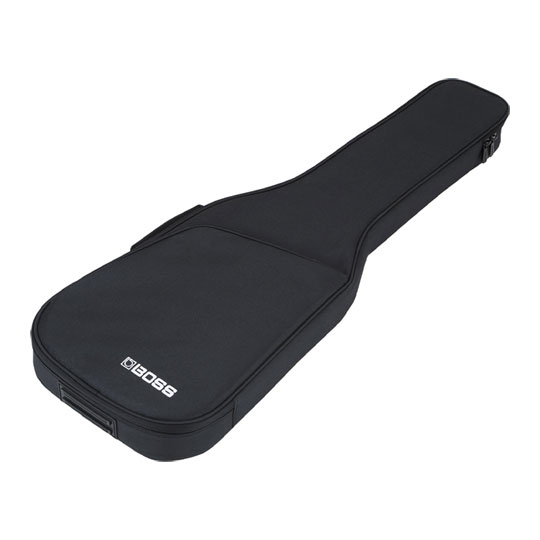
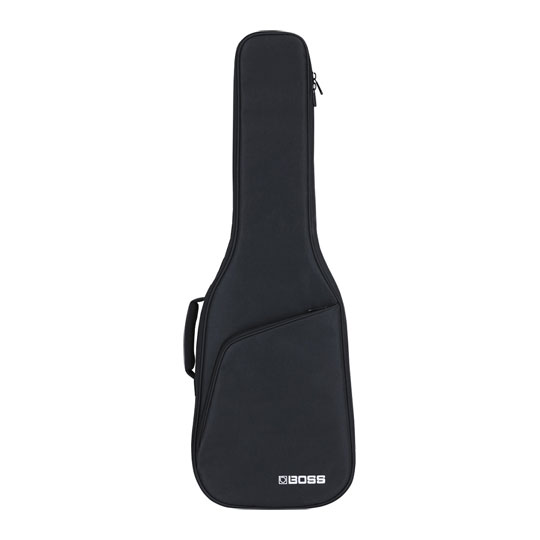
 BOSS - CB-EG01, Slimline Gig Bag Suitable For A Wide Range of Electric Guitars
LN129476
No customer review£50.00£5.48 Next day deliveryPre order
BOSS - CB-EG01, Slimline Gig Bag Suitable For A Wide Range of Electric Guitars
LN129476
No customer review£50.00£5.48 Next day deliveryPre order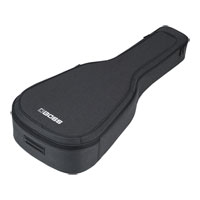
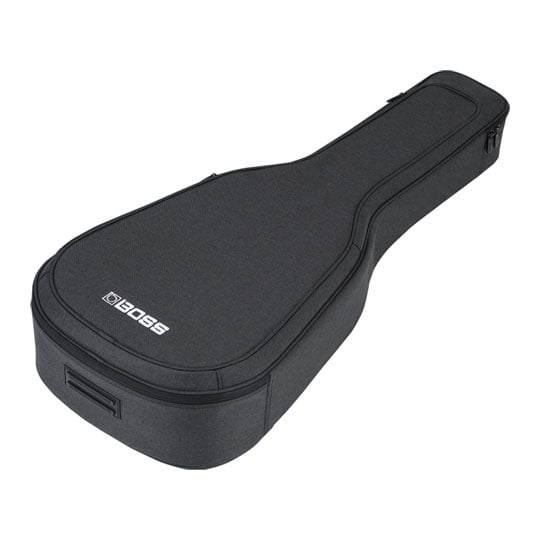
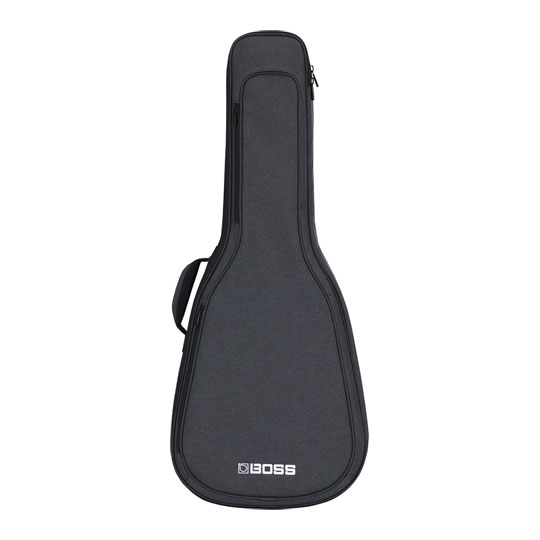
 BOSS - CB-AG10 High-Quality Lightweight Gig Bag For Acoustic Guitars
LN129475
No customer review£84.00£5.48 Next day delivery
BOSS - CB-AG10 High-Quality Lightweight Gig Bag For Acoustic Guitars
LN129475
No customer review£84.00£5.48 Next day delivery
Guitar Load Boxes & Cab Simulators
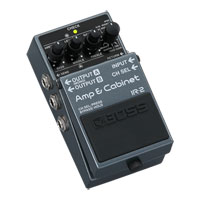
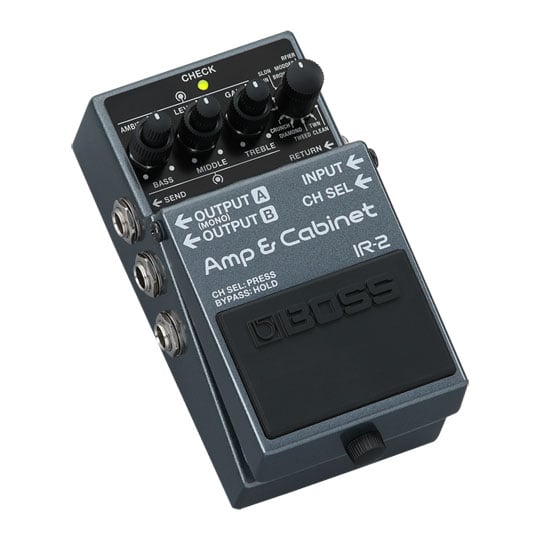
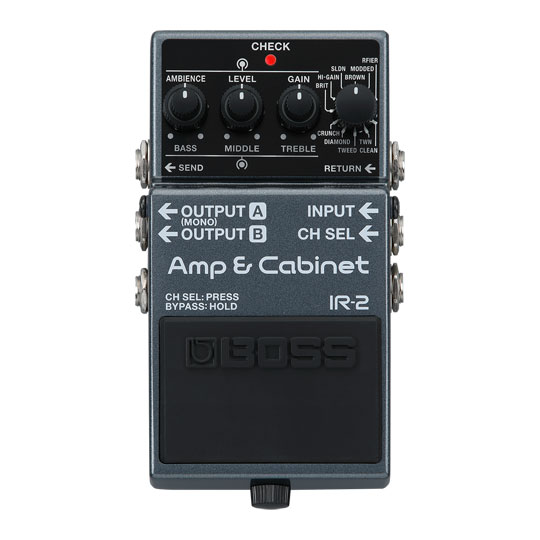
 Boss - IR-2, Amp Modeller and Cabinet Impulse Response, Compact Pedal
LN143074
Customer Review £166.00Free delivery on your entire basket
Boss - IR-2, Amp Modeller and Cabinet Impulse Response, Compact Pedal
LN143074
Customer Review £166.00Free delivery on your entire basket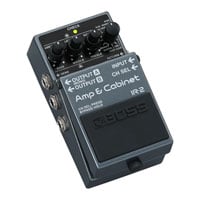
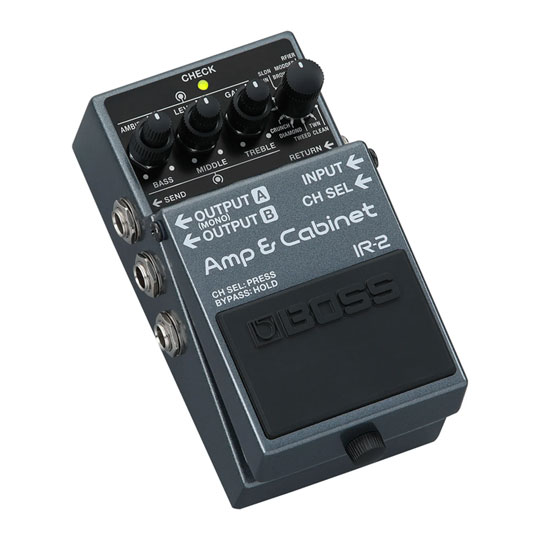

 (Open Box) Boss - IR-2, Amp Modeller and Cabinet Impulse Response, Compact Pedal
LN152921
No customer review£169.00Free delivery on your entire basket
(Open Box) Boss - IR-2, Amp Modeller and Cabinet Impulse Response, Compact Pedal
LN152921
No customer review£169.00Free delivery on your entire basket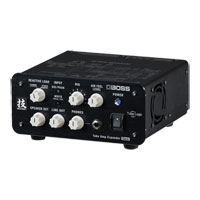
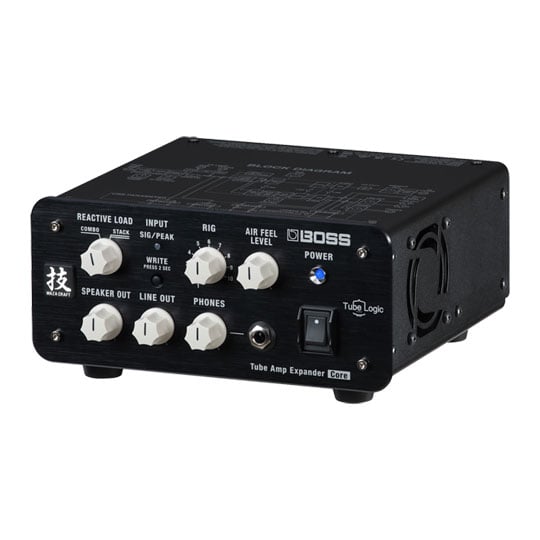
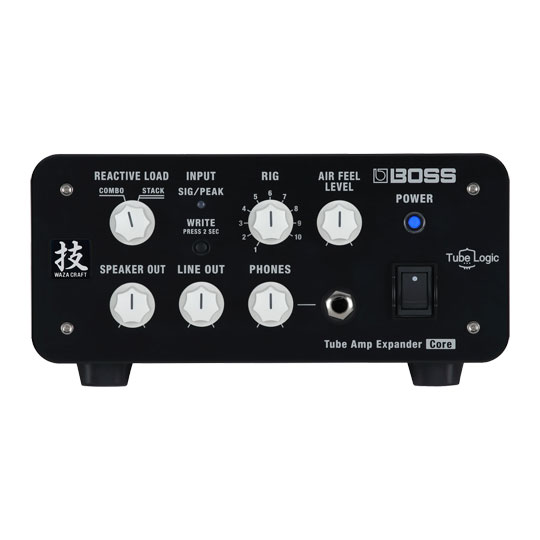
 Boss - WAZA Tube Amp Expander Core, Direct Tube Amp Recording Solution with Tube Logic Design
LN155749
No customer review£599.00Free delivery on your entire basketPre order
Boss - WAZA Tube Amp Expander Core, Direct Tube Amp Recording Solution with Tube Logic Design
LN155749
No customer review£599.00Free delivery on your entire basketPre order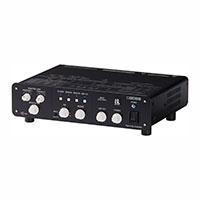
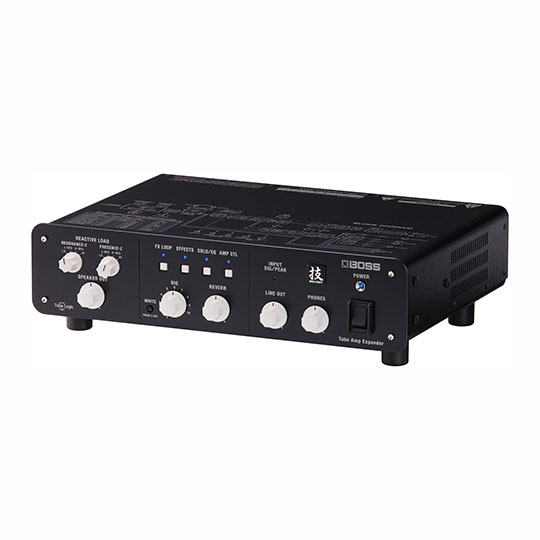
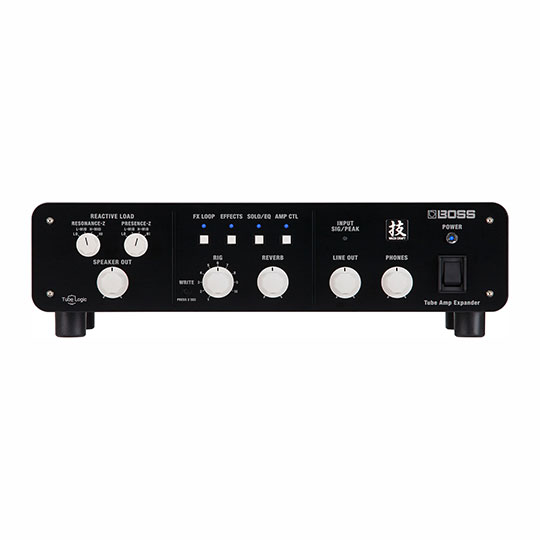
 BOSS WAZA-TAE Tube Amp Expander, Variable Reactive Load, Recallable Rig settings, MIDI I/O, 100W Class AB Power Amp
LN95935
Customer Review £1,099.00Free delivery on your entire basketPre order
BOSS WAZA-TAE Tube Amp Expander, Variable Reactive Load, Recallable Rig settings, MIDI I/O, 100W Class AB Power Amp
LN95935
Customer Review £1,099.00Free delivery on your entire basketPre order
Guitar Looper Pedals
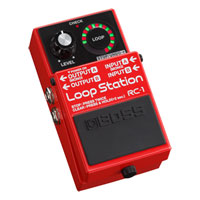
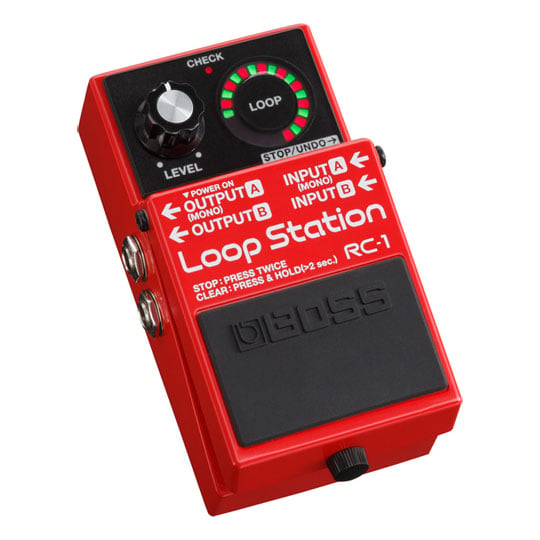
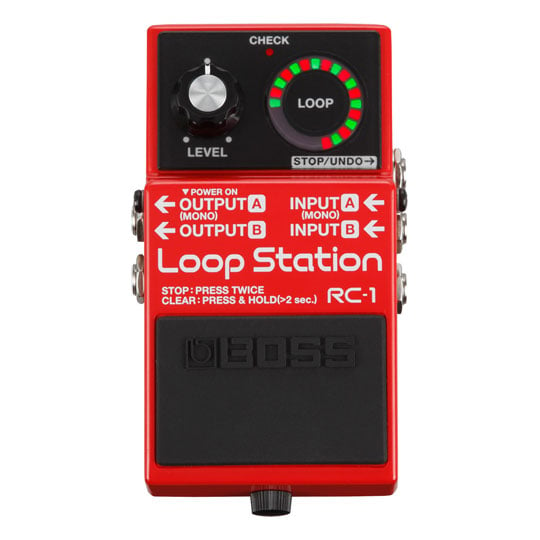
 Boss - RC-1 Loop Station Pedal, Up to 12 Minutes of Stereo Recording Time
LN60403
No customer review£97.00£5.48 Next day delivery
Boss - RC-1 Loop Station Pedal, Up to 12 Minutes of Stereo Recording Time
LN60403
No customer review£97.00£5.48 Next day delivery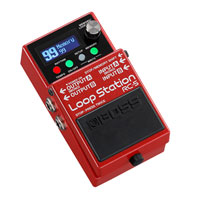
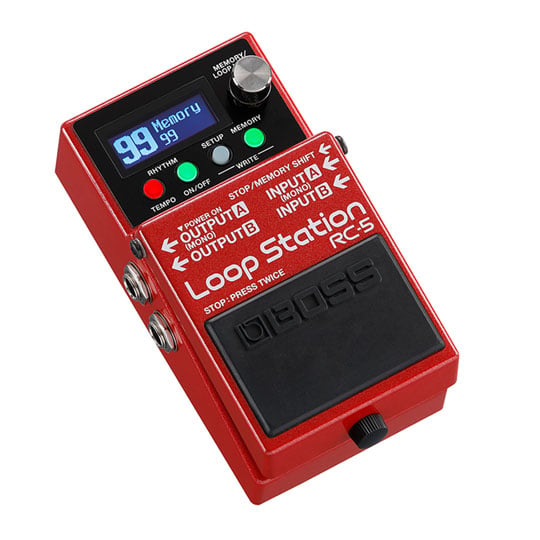
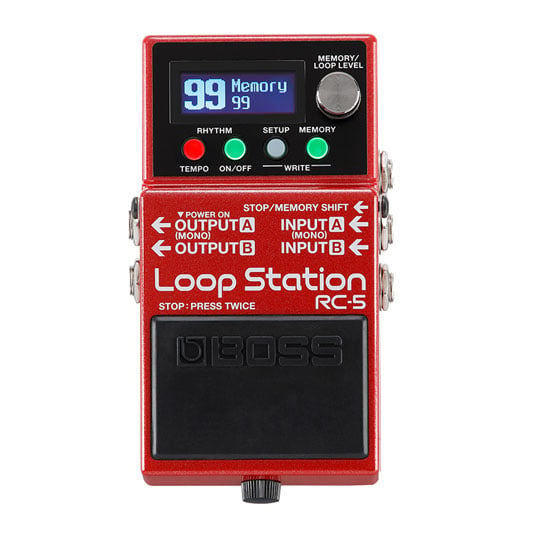
 Boss RC-5 13-hour Stereo Looper Pedal with Colour LCD, MIDI I/O, USB Import/Export, and Onboard Rhythm Tracks
LN111238
No customer review£189.00Free delivery on your entire basket
Boss RC-5 13-hour Stereo Looper Pedal with Colour LCD, MIDI I/O, USB Import/Export, and Onboard Rhythm Tracks
LN111238
No customer review£189.00Free delivery on your entire basket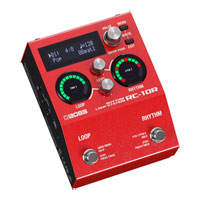
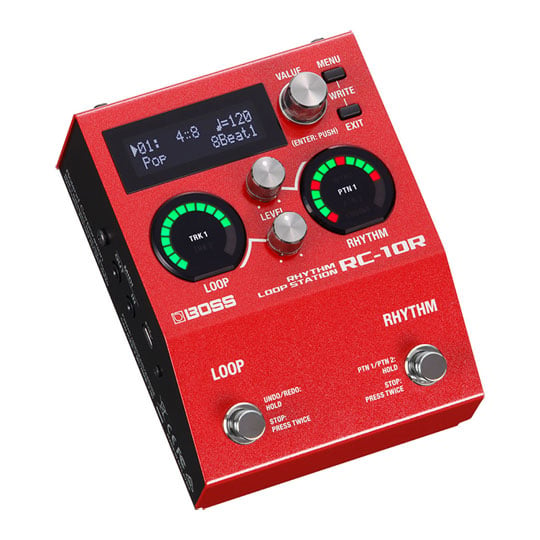
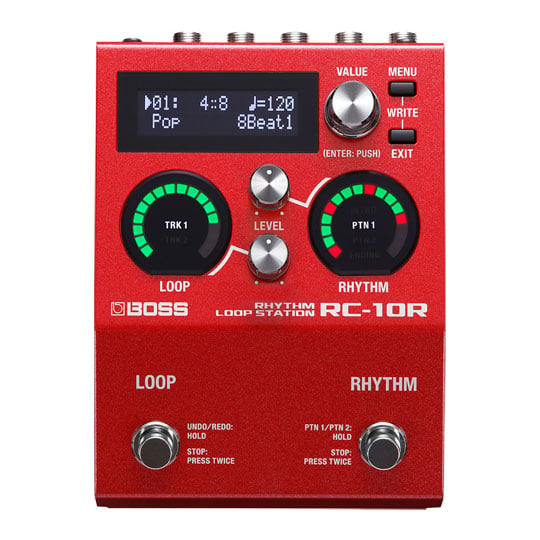
 Boss RC-10R Stereo Looper Pedal for Guitar and Bass, with 280 Rhythm Presets, 99 Phrase Recording Slots, 6-hour Rec Time
LN111492
Customer Review £239.00Free delivery on your entire basketPre order
Boss RC-10R Stereo Looper Pedal for Guitar and Bass, with 280 Rhythm Presets, 99 Phrase Recording Slots, 6-hour Rec Time
LN111492
Customer Review £239.00Free delivery on your entire basketPre order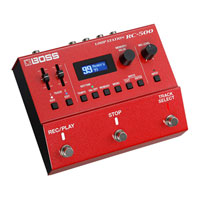
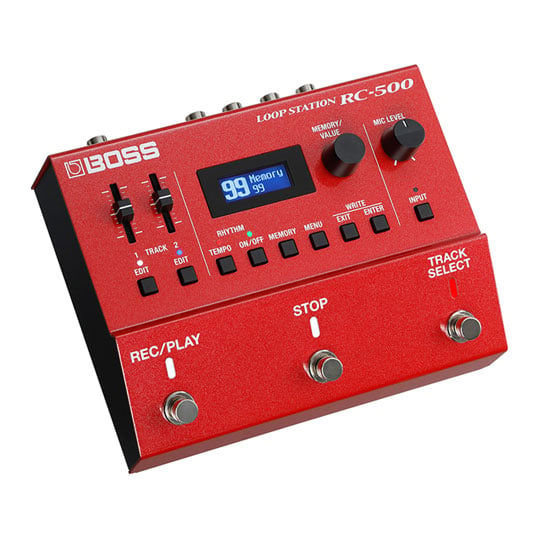

 Boss - RC-500 Dual-Track Loop Station, 57 Patterns x 2 Variations, Buffered bypass, 32-bit Processing
LN111237
No customer review£259.00Free delivery on your entire basket
Boss - RC-500 Dual-Track Loop Station, 57 Patterns x 2 Variations, Buffered bypass, 32-bit Processing
LN111237
No customer review£259.00Free delivery on your entire basket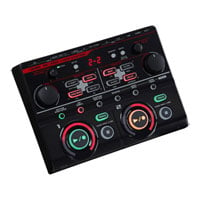
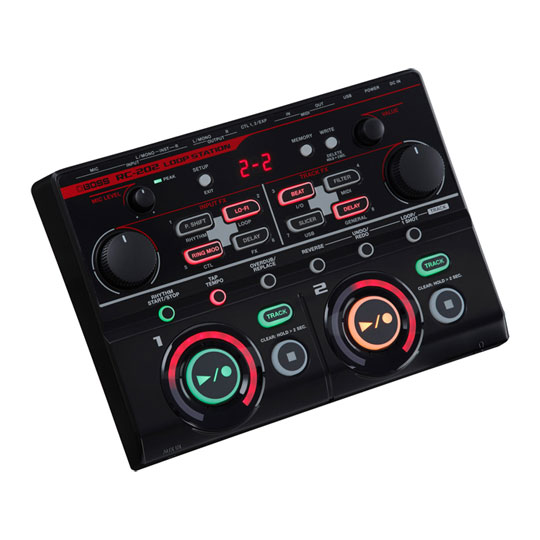
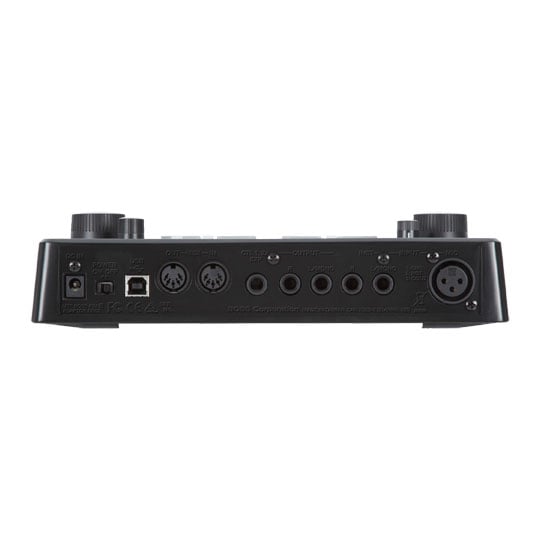
 Boss RC-202 Loop Station, Compact Table Top Looper, Two Stereo Tracks, 64 Phrase Memories, 4 Input FX, XLR Mic Input
LN82512
Customer Review £289.00Free delivery on your entire basket
Boss RC-202 Loop Station, Compact Table Top Looper, Two Stereo Tracks, 64 Phrase Memories, 4 Input FX, XLR Mic Input
LN82512
Customer Review £289.00Free delivery on your entire basket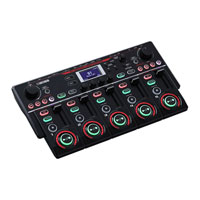
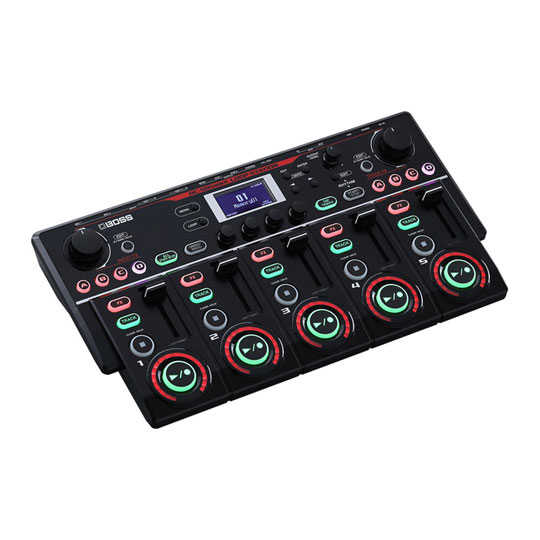
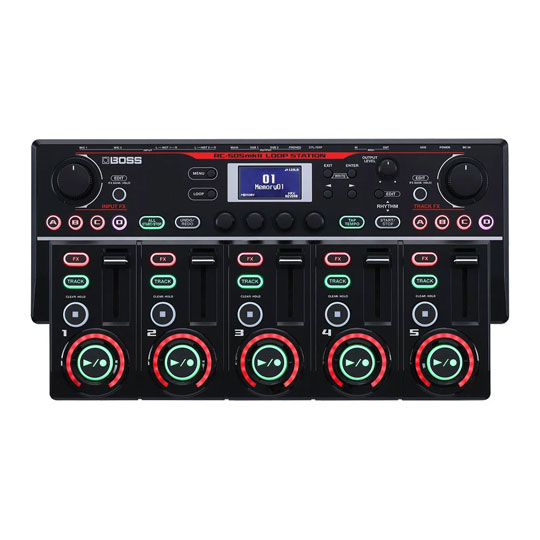
 (Open Box) BOSS - RC-505MKII Loop Station, Five Simultaneous Stereo Phrase w Dedicated Controls and Independent Faders
LN165560
No customer review£428.40£5.48 Next day delivery
(Open Box) BOSS - RC-505MKII Loop Station, Five Simultaneous Stereo Phrase w Dedicated Controls and Independent Faders
LN165560
No customer review£428.40£5.48 Next day delivery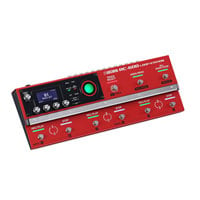
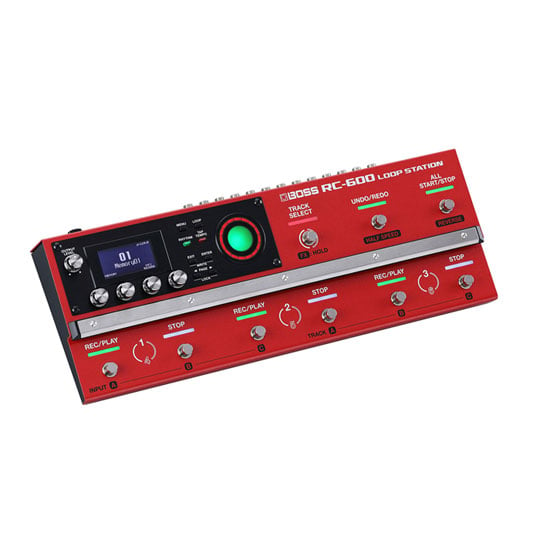

 (Open Box) BOSS - RC-600 Floor-Based Loop Station, 200 onboard rhythm patterns and 16 drum kits
LN128660
No customer review£429.00Free delivery on your entire basket
(Open Box) BOSS - RC-600 Floor-Based Loop Station, 200 onboard rhythm patterns and 16 drum kits
LN128660
No customer review£429.00Free delivery on your entire basket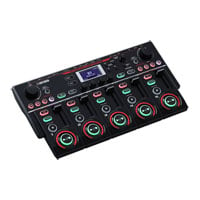
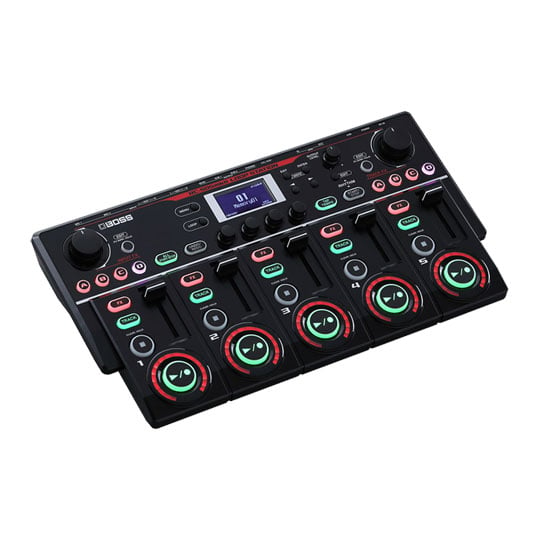
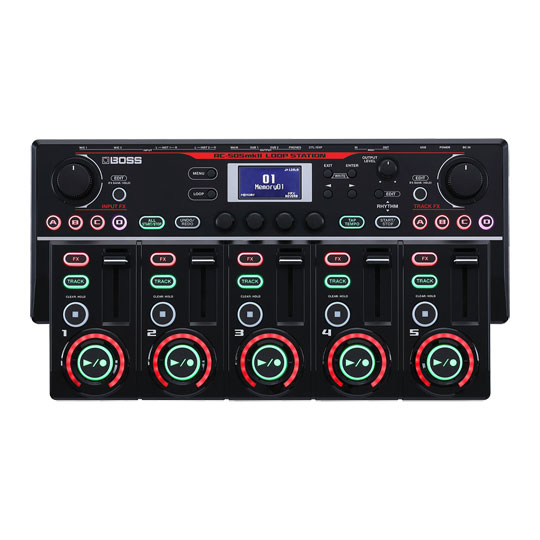
 BOSS - RC-505MKII Loop Station, Five Simultaneous Stereo Phrase Tracks with Dedicated Controls and Independent Faders
LN129687
No customer review£437.00Free delivery on your entire basket
BOSS - RC-505MKII Loop Station, Five Simultaneous Stereo Phrase Tracks with Dedicated Controls and Independent Faders
LN129687
No customer review£437.00Free delivery on your entire basket
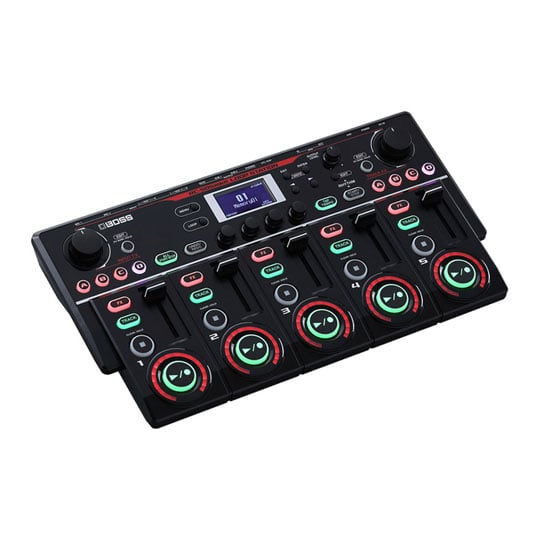
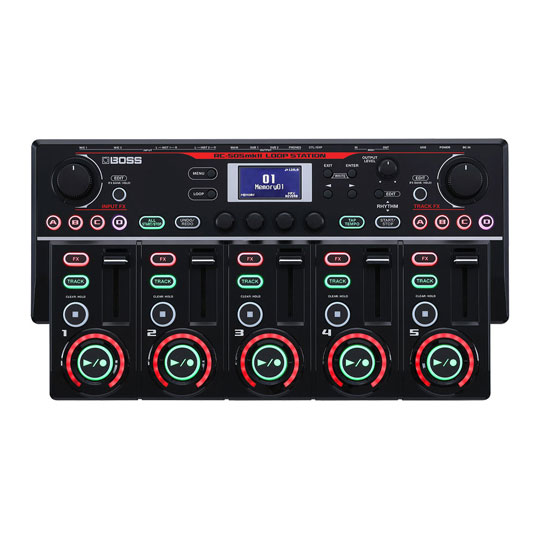
 (Open Box) BOSS - RC-505MKII Loop Station, Five Stereo Phrase Tracks with Dedicated Controls and Independent Faders
LN134383
Customer Review £438.00Free delivery on your entire basket
(Open Box) BOSS - RC-505MKII Loop Station, Five Stereo Phrase Tracks with Dedicated Controls and Independent Faders
LN134383
Customer Review £438.00Free delivery on your entire basket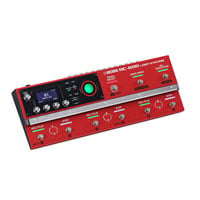
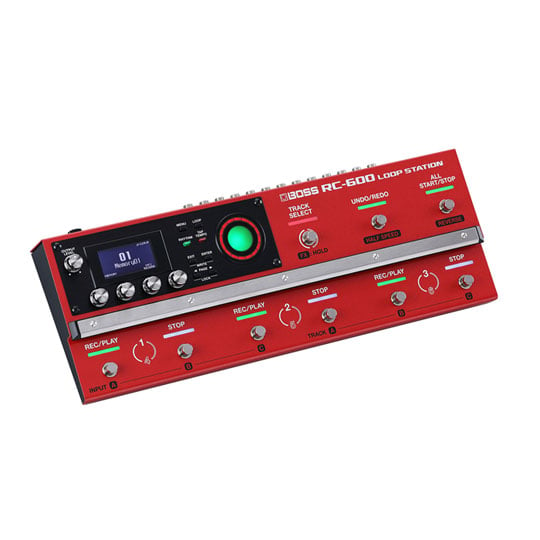
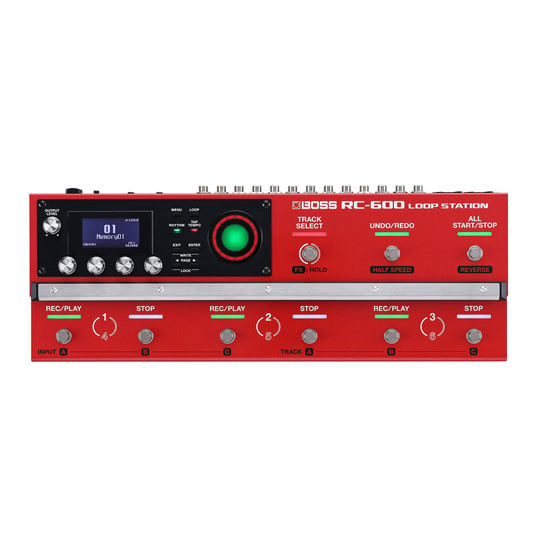
 BOSS - RC-600 Floor-Based Loop Station, 200 onboard rhythm patterns and 16 drum kits
LN120626
Customer Review £439.00Free delivery on your entire basket
BOSS - RC-600 Floor-Based Loop Station, 200 onboard rhythm patterns and 16 drum kits
LN120626
Customer Review £439.00Free delivery on your entire basket
Guitar Pedal Switchers
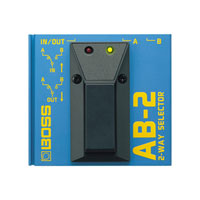
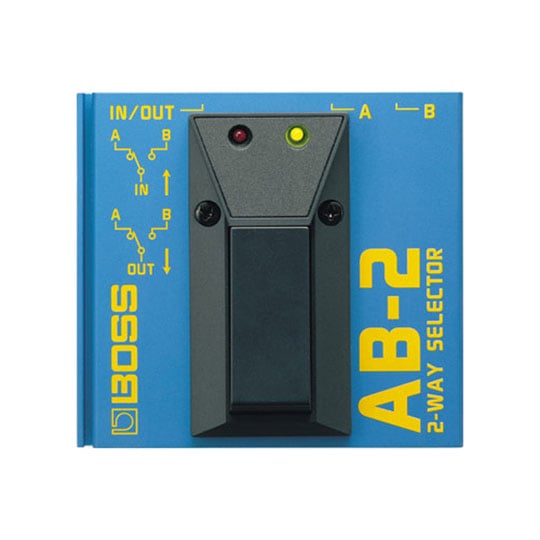
 Boss - AB-2 Footswitch, 2-Way Selector Pedal with 1-Click Operation and Silent Switching
LN137141
No customer review£48.00£5.48 Next day delivery
Boss - AB-2 Footswitch, 2-Way Selector Pedal with 1-Click Operation and Silent Switching
LN137141
No customer review£48.00£5.48 Next day delivery
Guitar Pedalboards
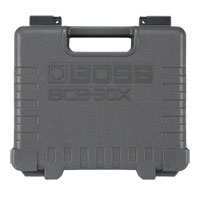
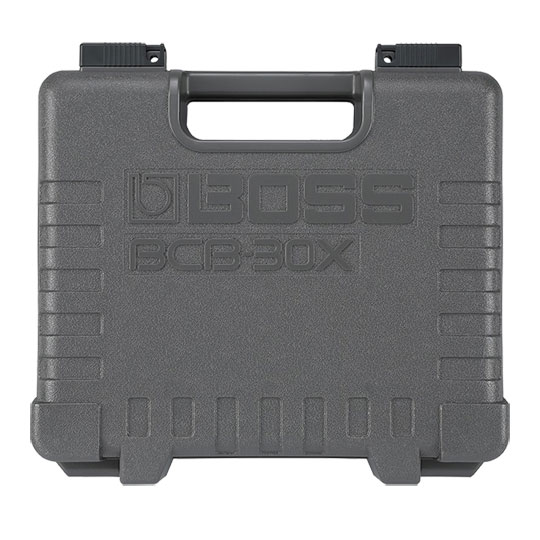
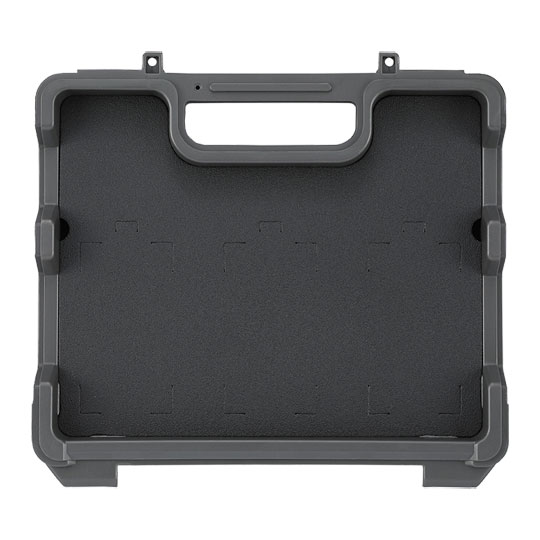
 Boss BCB-30X Next-Generation BCB-Series Pedalboard, Updated for Modern Pedal Setups
LN135510
No customer review£49.00£5.48 Next day delivery
Boss BCB-30X Next-Generation BCB-Series Pedalboard, Updated for Modern Pedal Setups
LN135510
No customer review£49.00£5.48 Next day delivery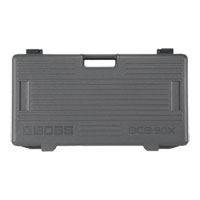
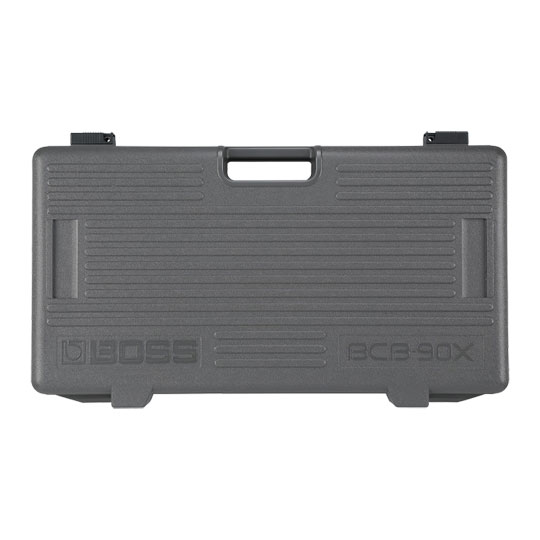

 Boss BCB-90X Next-Generation BCB-Series Pedalboard with Daisy-Chain Cable and PSB-1U Adaptor
LN135511
No customer review£175.00Free delivery on your entire basket
Boss BCB-90X Next-Generation BCB-Series Pedalboard with Daisy-Chain Cable and PSB-1U Adaptor
LN135511
No customer review£175.00Free delivery on your entire basket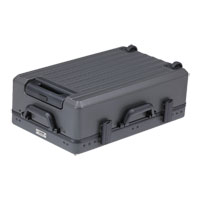
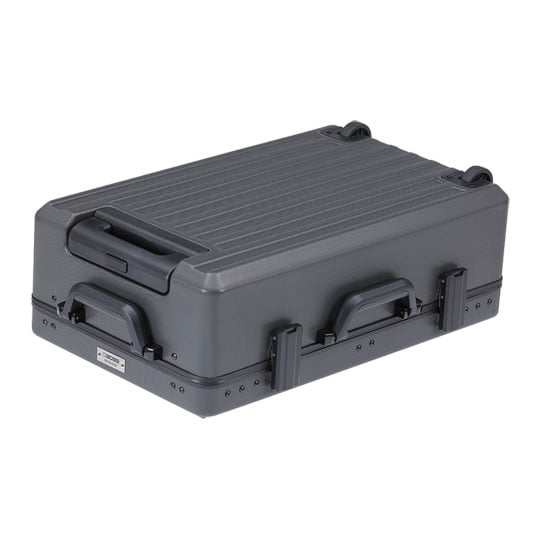

 Boss BCB-1000EXP Innovative Suitcase-Style Pedal Board
LN135512
No customer review£349.00Free delivery on your entire basket
Boss BCB-1000EXP Innovative Suitcase-Style Pedal Board
LN135512
No customer review£349.00Free delivery on your entire basket
Harmony Processing Pedals
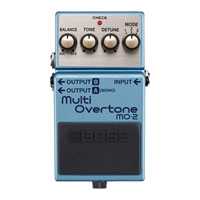
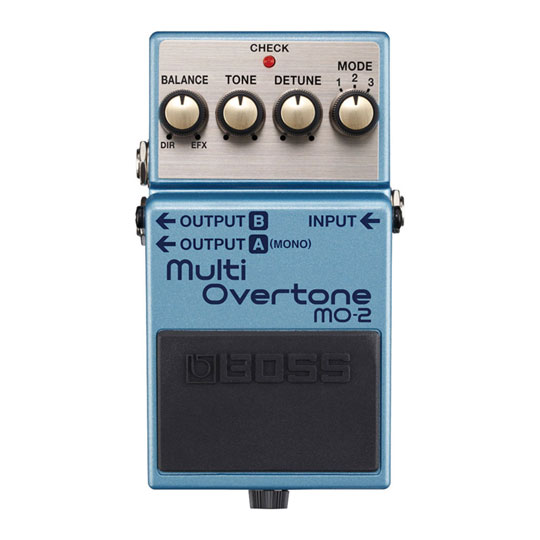

 (Open Box) Boss MO-2 Multi Overtone Effect Pedal, Multi-Dimensional Processing, Custom DSP, Mono or Stereo Output
LN139861
No customer review£93.98£5.48 Next day deliveryPre order
(Open Box) Boss MO-2 Multi Overtone Effect Pedal, Multi-Dimensional Processing, Custom DSP, Mono or Stereo Output
LN139861
No customer review£93.98£5.48 Next day deliveryPre order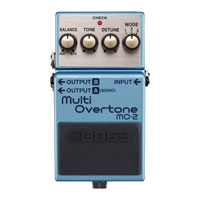
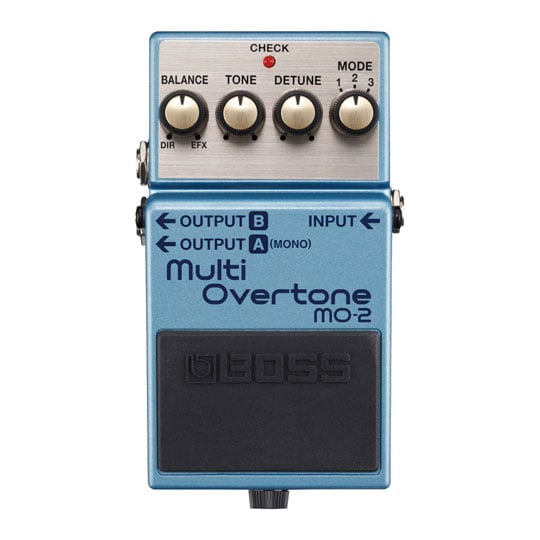
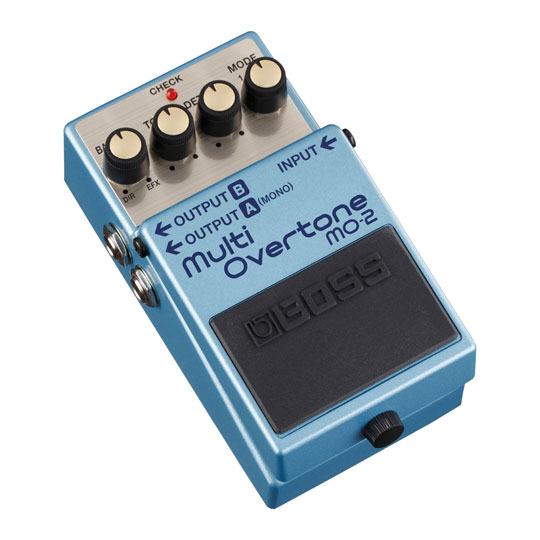
 Boss MO-2 Multi Overtone Effect Pedal, Multi-Dimensional Processing, Custom DSP, Mono or Stereo Output
LN82645
No customer review£109.00£5.48 Next day deliveryPre order
Boss MO-2 Multi Overtone Effect Pedal, Multi-Dimensional Processing, Custom DSP, Mono or Stereo Output
LN82645
No customer review£109.00£5.48 Next day deliveryPre order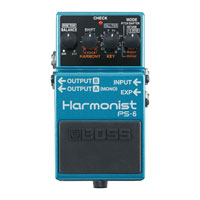
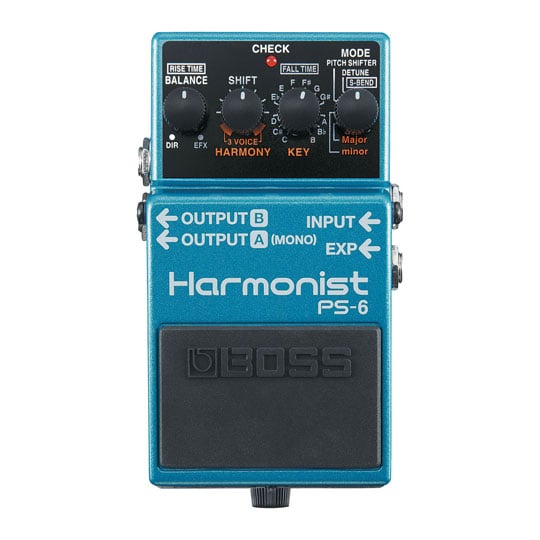
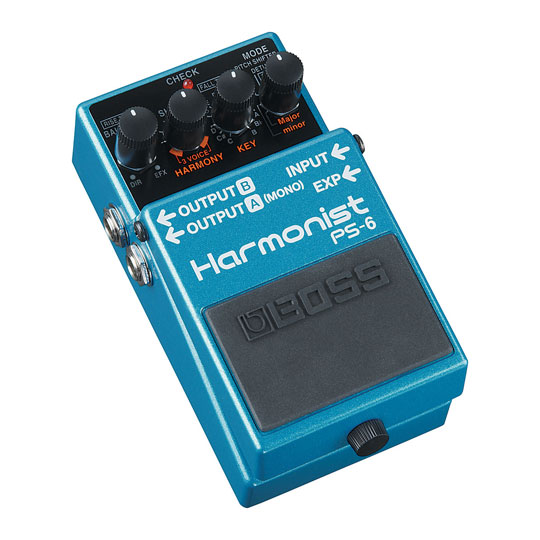
 Boss PS-6 Harmonist Pitch Effect Stompbox, Harmony, Detune, Pitch Shifter, Super Bend
LN82652
Customer Review £146.00Free delivery on your entire basketPre order
Boss PS-6 Harmonist Pitch Effect Stompbox, Harmony, Detune, Pitch Shifter, Super Bend
LN82652
Customer Review £146.00Free delivery on your entire basketPre order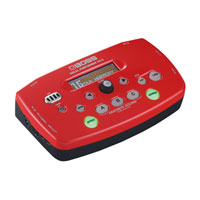
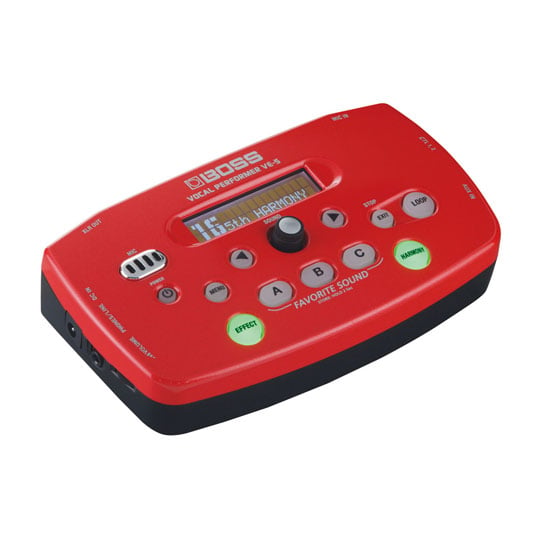
 Boss - VE-5, Compact Vocal Processor with Friendly Features (Red)
LN48407
Customer Review £189.00Free delivery on your entire basketPre order
Boss - VE-5, Compact Vocal Processor with Friendly Features (Red)
LN48407
Customer Review £189.00Free delivery on your entire basketPre order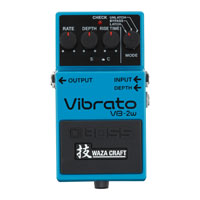

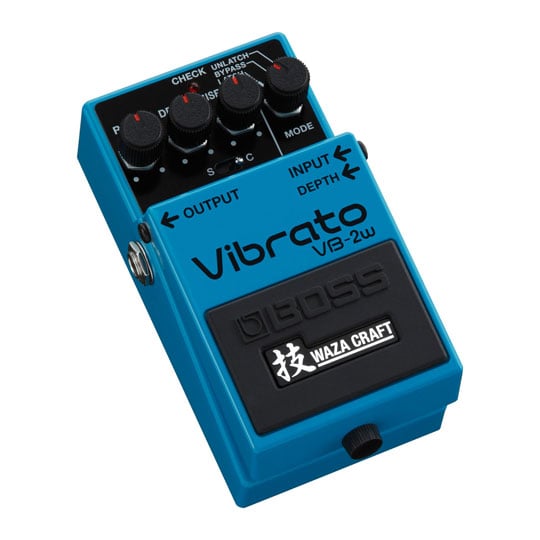
 Boss VB-2W Vibrato Waza Craft Specila Edition Effects Pedal, All-Analog Circuitry, Bucket Brigade Vibrato Line
LN82590
No customer review£189.00Free delivery on your entire basketPre order
Boss VB-2W Vibrato Waza Craft Specila Edition Effects Pedal, All-Analog Circuitry, Bucket Brigade Vibrato Line
LN82590
No customer review£189.00Free delivery on your entire basketPre order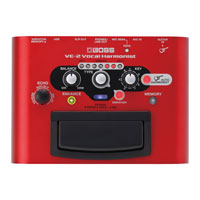
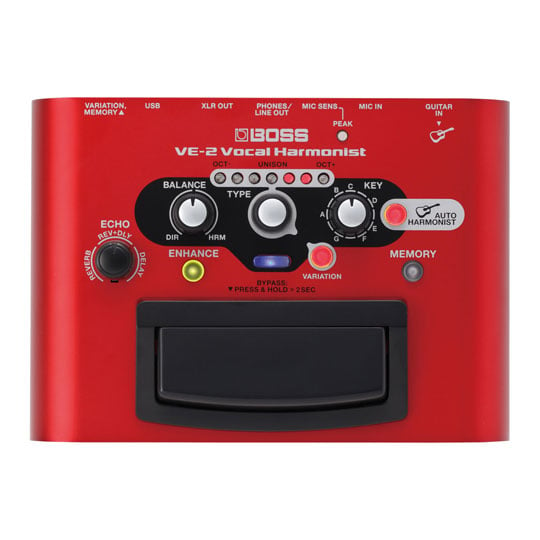
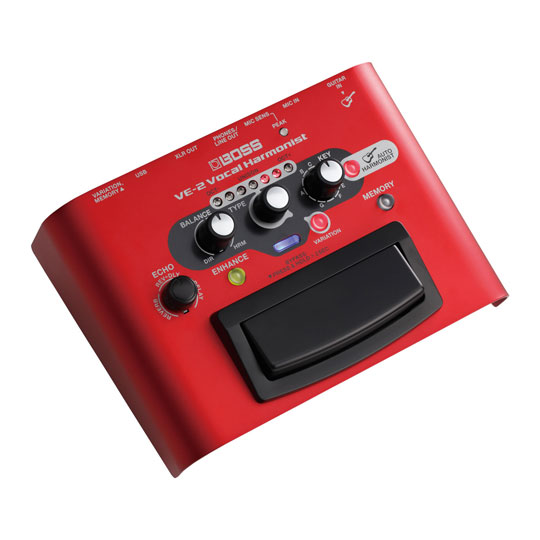
 Boss VE-2 Vocal Harmonist, Portable Complete Effects Solution For Singers, Battery Powered, XLR Input, USB Audio
LN82589
Customer Review £189.00Free delivery on your entire basketPre order
Boss VE-2 Vocal Harmonist, Portable Complete Effects Solution For Singers, Battery Powered, XLR Input, USB Audio
LN82589
Customer Review £189.00Free delivery on your entire basketPre order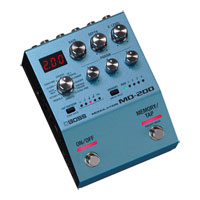
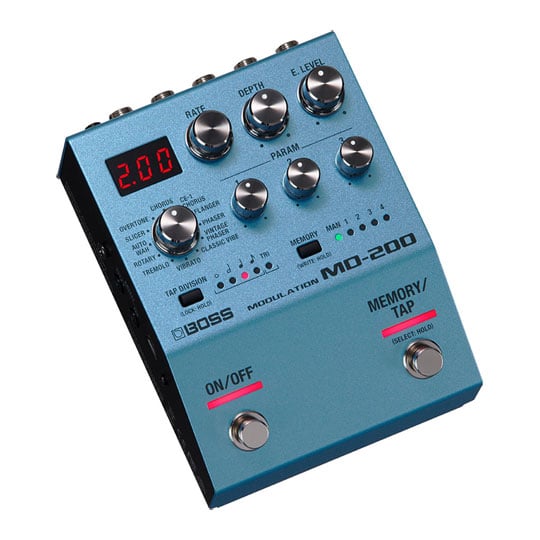

 Boss MD-200 Modulation Effects Unit, with 12 Modulation Modes, Stereo I/O, Expression Pedal/Footswitch Input, MIDI I/O
LN105496
No customer review£249.00Free delivery on your entire basket
Boss MD-200 Modulation Effects Unit, with 12 Modulation Modes, Stereo I/O, Expression Pedal/Footswitch Input, MIDI I/O
LN105496
No customer review£249.00Free delivery on your entire basket
Headphone Accessories
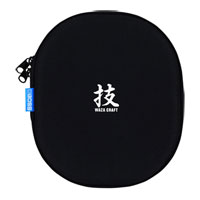
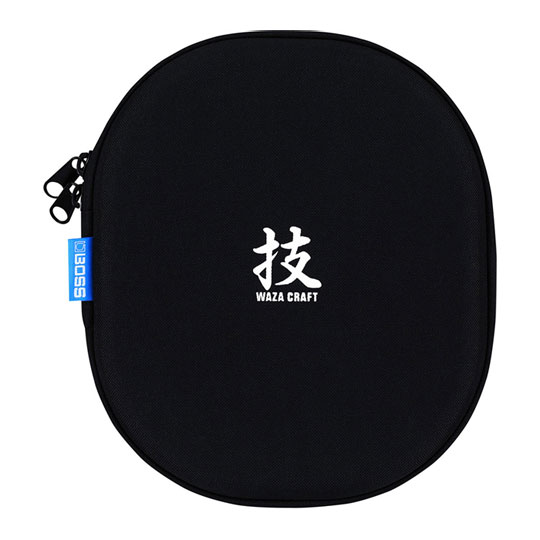
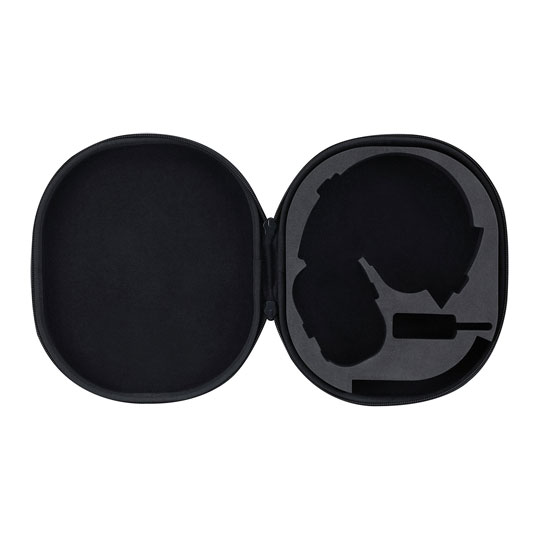
 BOSS - Waza-Air Carry Case, Custom case for the Waza-Air and Waza-Air Bass Wireless Personal Amp Systems
LN119487
No customer review£25.00£5.48 Next day deliveryPre order
BOSS - Waza-Air Carry Case, Custom case for the Waza-Air and Waza-Air Bass Wireless Personal Amp Systems
LN119487
No customer review£25.00£5.48 Next day deliveryPre order
Headphone Amp for Guitars
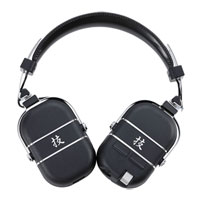
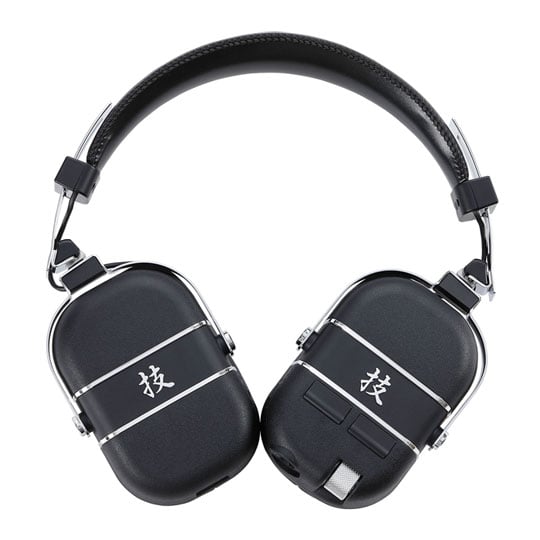
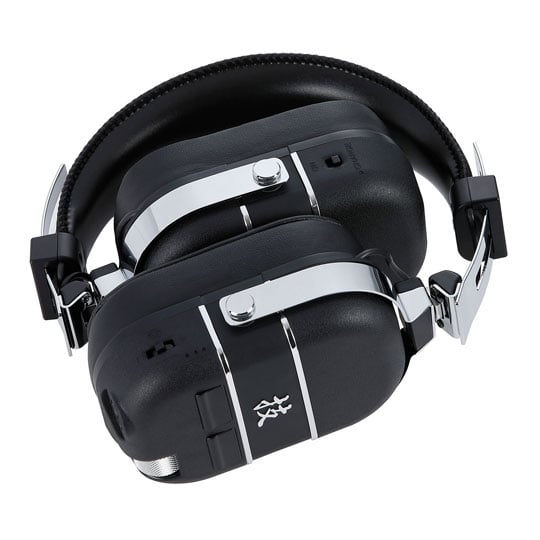
 Boss WAZA-AIR - Headphone Guitar Amplifier with Wireless Transmitter, 5 Amp Types, 50+ Customizable Effects, and Dynamic
LN104327
Customer Review £335.00Free delivery on your entire basket
Boss WAZA-AIR - Headphone Guitar Amplifier with Wireless Transmitter, 5 Amp Types, 50+ Customizable Effects, and Dynamic
LN104327
Customer Review £335.00Free delivery on your entire basket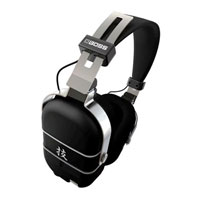
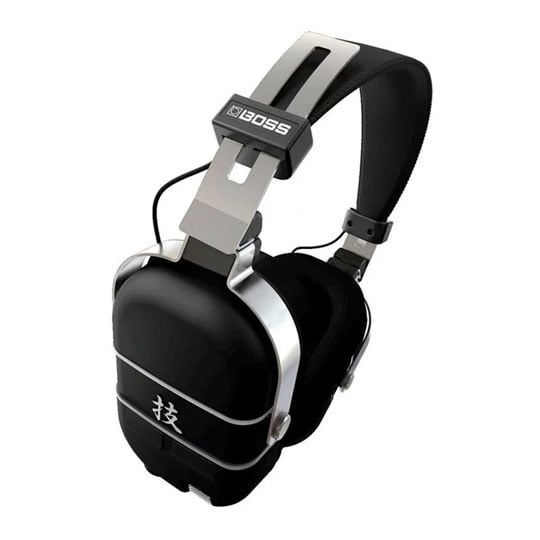

 (Open Box) BOSS - Boss Waza-Air Bass, Headphone Bass Guitar Amplifier with Wireless Transmitter, 5 Amp Types
LN132350
No customer review£349.00Free delivery on your entire basket
(Open Box) BOSS - Boss Waza-Air Bass, Headphone Bass Guitar Amplifier with Wireless Transmitter, 5 Amp Types
LN132350
No customer review£349.00Free delivery on your entire basket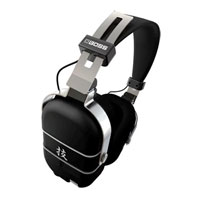
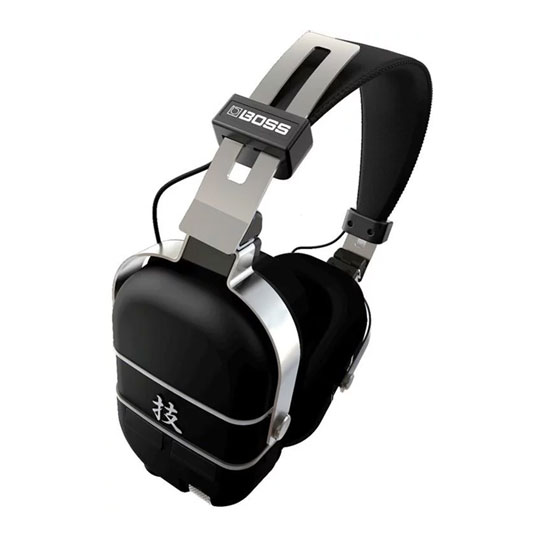
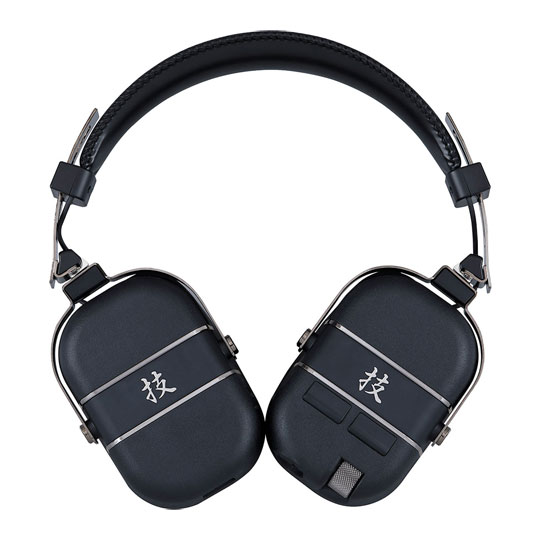
 BOSS - Boss Waza-Air Bass, Headphone Bass Guitar Amplifier with Wireless Transmitter, 5 Amp Types, 50+ Customizable FX
LN119479
Customer Review £379.00Free delivery on your entire basket
BOSS - Boss Waza-Air Bass, Headphone Bass Guitar Amplifier with Wireless Transmitter, 5 Amp Types, 50+ Customizable FX
LN119479
Customer Review £379.00Free delivery on your entire basket
Metronomes
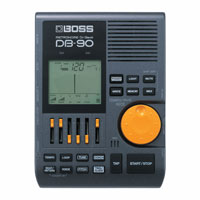
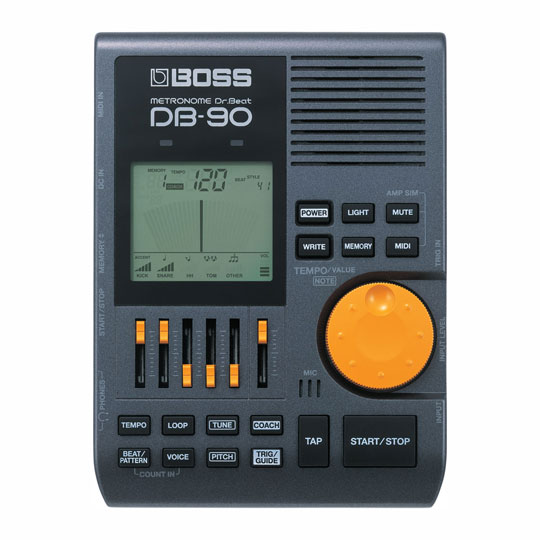
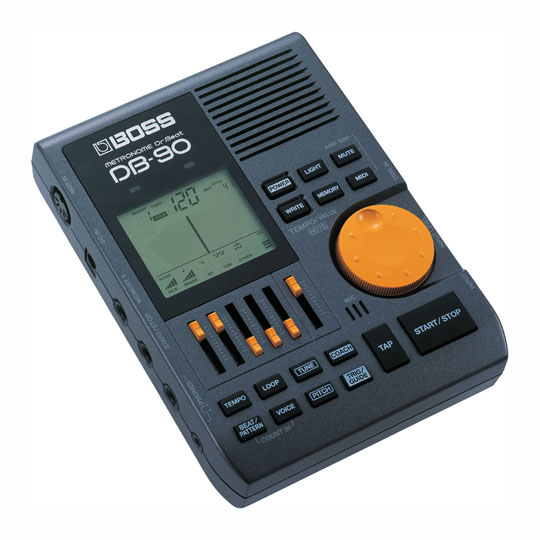
 Boss DB-90 Dr. Beat Metronome - 4 Metronome Sounds, Reference Tone Function, Footswitch Control, Headphone Monitoring
LN80967
No customer review£134.00Free delivery on your entire basket
Boss DB-90 Dr. Beat Metronome - 4 Metronome Sounds, Reference Tone Function, Footswitch Control, Headphone Monitoring
LN80967
No customer review£134.00Free delivery on your entire basket
Miscellaneous Effects Pedals
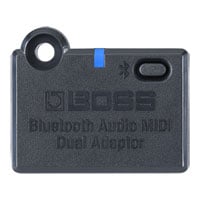
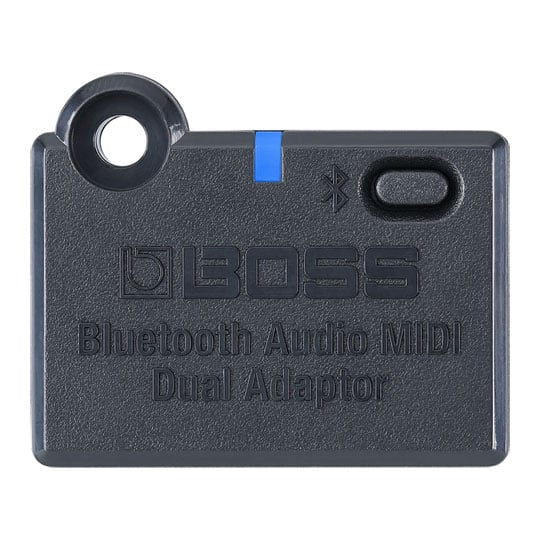
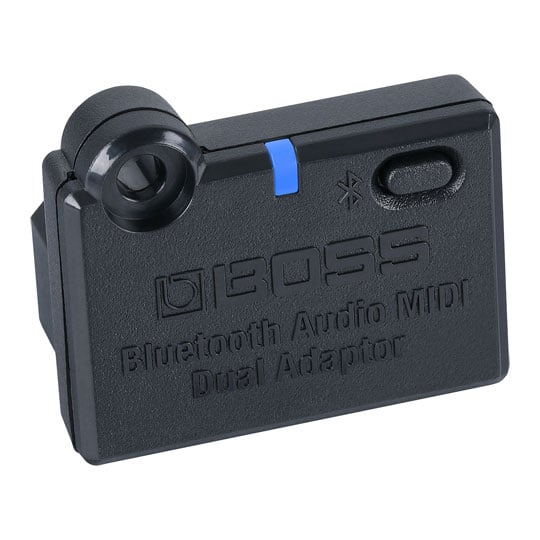
 BOSS - BT-Dual, Bluetooth Audio/MIDI Adapter for Select BOSS Products
LN118095
Customer Review £40.00£5.48 Next day delivery
BOSS - BT-Dual, Bluetooth Audio/MIDI Adapter for Select BOSS Products
LN118095
Customer Review £40.00£5.48 Next day delivery

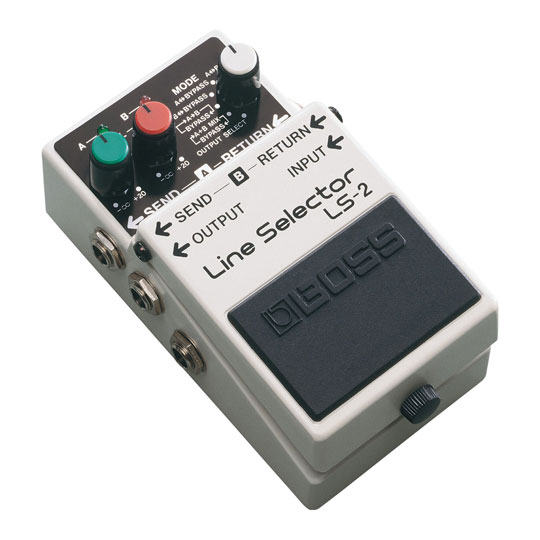
 Boss LS-2 Line Selector Pedal, Connect and Switch Between Multiple Amps and FX Devices, Provides 2 Line Loops
LN82679
Customer Review £96.00£5.48 Next day delivery
Boss LS-2 Line Selector Pedal, Connect and Switch Between Multiple Amps and FX Devices, Provides 2 Line Loops
LN82679
Customer Review £96.00£5.48 Next day delivery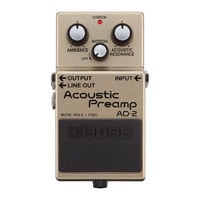

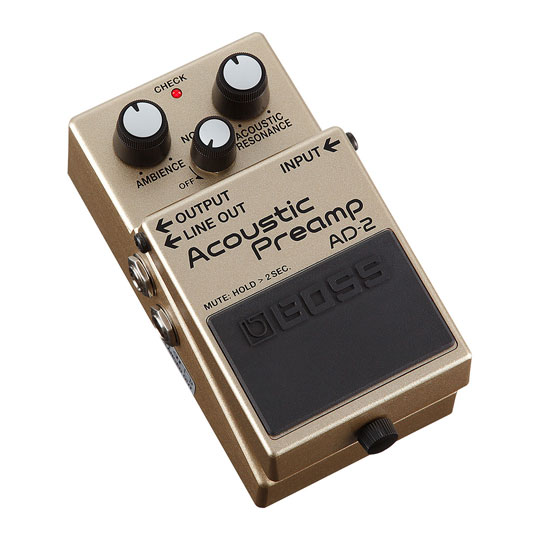
 Boss AD-2 Acoustic Preamp Effects Pedal, Natural Studio-Quality Sound, Notch Filter, Balanced DI Output
LN82677
Customer Review £118.00£5.48 Next day delivery
Boss AD-2 Acoustic Preamp Effects Pedal, Natural Studio-Quality Sound, Notch Filter, Balanced DI Output
LN82677
Customer Review £118.00£5.48 Next day delivery

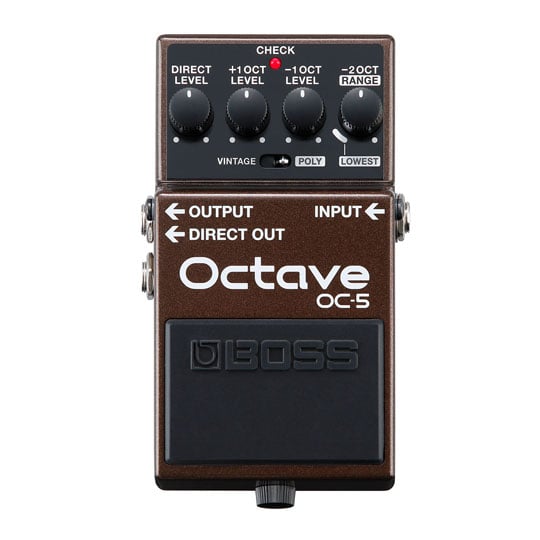
 Boss OC-5 Polyphonic Guitar/Bass Octave Pedal with Mono/Poly Modes, -2/-1/+1 Octave Controls, and Dry Direct Output
LN110808
Customer Review £124.00Free delivery on your entire basketDue 15th Jan
Boss OC-5 Polyphonic Guitar/Bass Octave Pedal with Mono/Poly Modes, -2/-1/+1 Octave Controls, and Dry Direct Output
LN110808
Customer Review £124.00Free delivery on your entire basketDue 15th Jan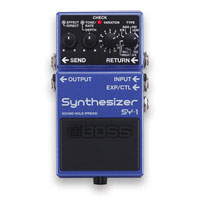
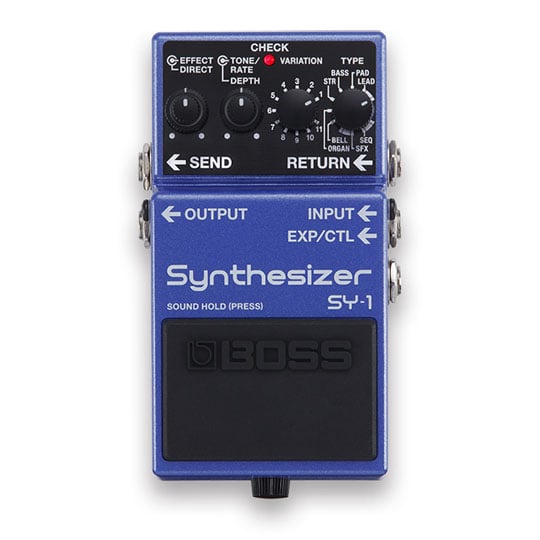
 Boss Sy-1 Guitar Synthesiser Pedal with 121 Sounds
LN100217
Customer Review £179.00Free delivery on your entire basket
Boss Sy-1 Guitar Synthesiser Pedal with 121 Sounds
LN100217
Customer Review £179.00Free delivery on your entire basket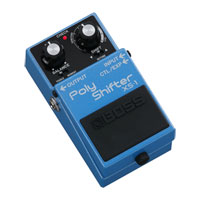
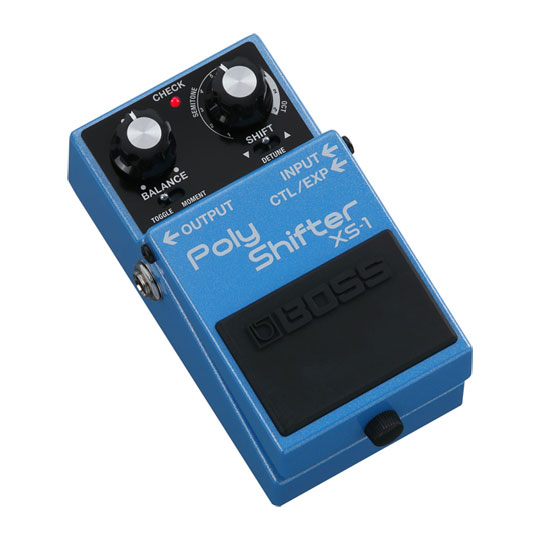

 BOSS - XS-1 Poly Shifter, Polyphonic Pitch-shift Guitar Pedal with Balance, Shift, Toggle/Moment and Detune Controls
LN164216
No customer review£197.99£5.48 Next day deliveryDue 28th Dec
BOSS - XS-1 Poly Shifter, Polyphonic Pitch-shift Guitar Pedal with Balance, Shift, Toggle/Moment and Detune Controls
LN164216
No customer review£197.99£5.48 Next day deliveryDue 28th Dec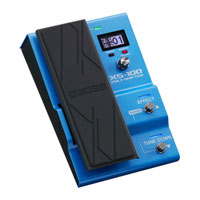
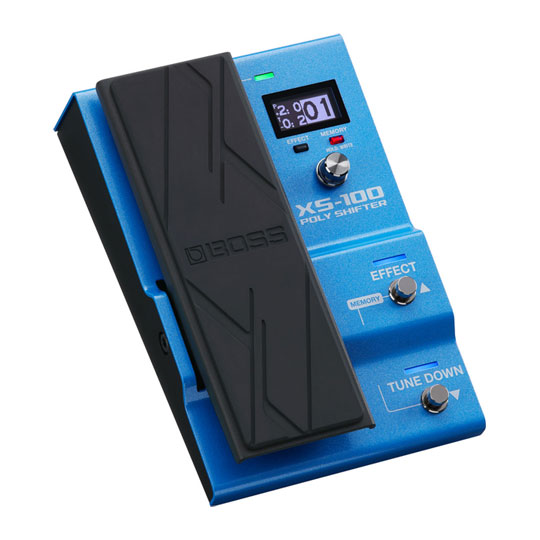
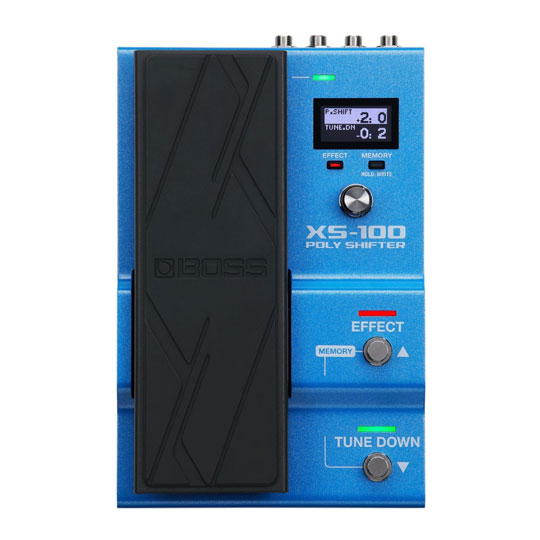
 BOSS - XS-100, Polyphonic Pitch-shift Guitar Pedal with LCD Screen, 30 Memory Slots, MIDI I/O, Expression Pedal
LN164215
No customer review£310.99£5.48 Next day delivery
BOSS - XS-100, Polyphonic Pitch-shift Guitar Pedal with LCD Screen, 30 Memory Slots, MIDI I/O, Expression Pedal
LN164215
No customer review£310.99£5.48 Next day delivery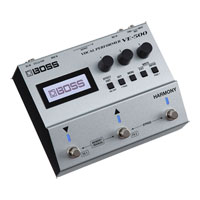
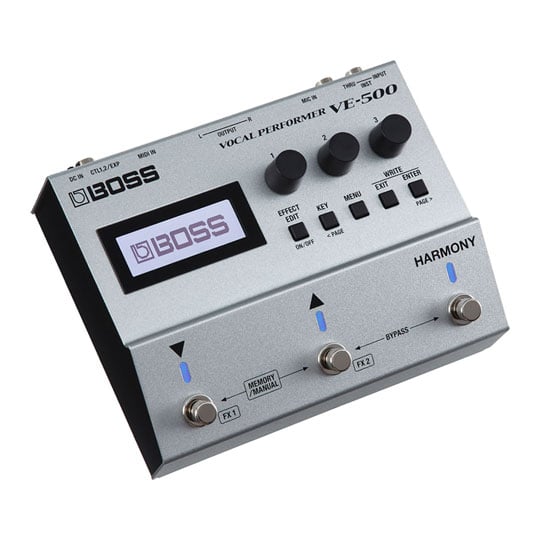
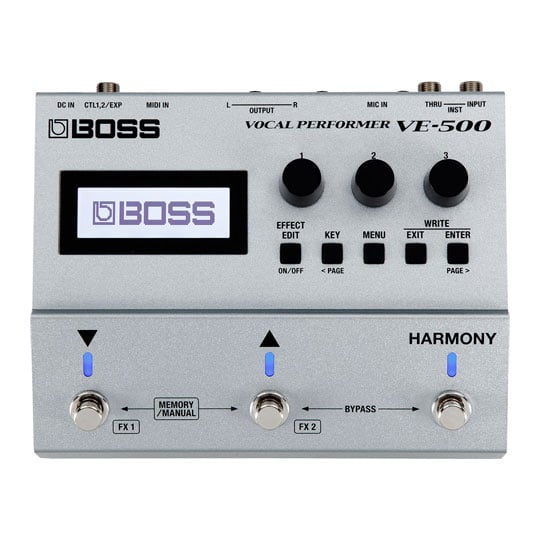
 Boss VE-500 32-bit Multi-FX, Looper, and Vocal Harmonizer Pedal with 99 User Presets, 1/4" Instrument In/Through
LN111493
No customer review£379.00Free delivery on your entire basket
Boss VE-500 32-bit Multi-FX, Looper, and Vocal Harmonizer Pedal with 99 User Presets, 1/4" Instrument In/Through
LN111493
No customer review£379.00Free delivery on your entire basket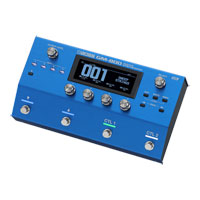
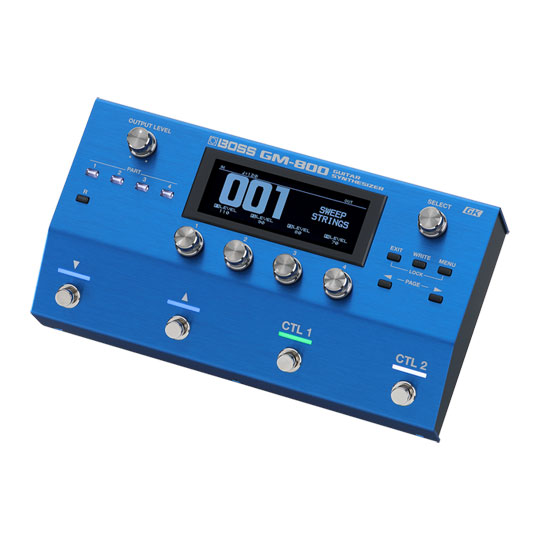
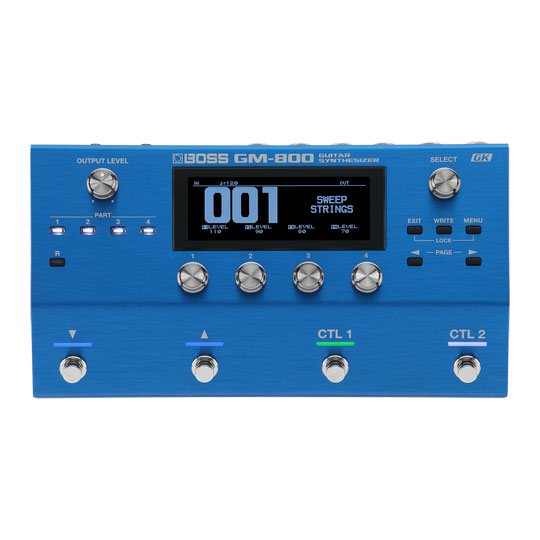
 Boss GM-800 Guitar Synthesizer
LN138486
No customer review£549.00Free delivery on your entire basketPre order
Boss GM-800 Guitar Synthesizer
LN138486
No customer review£549.00Free delivery on your entire basketPre order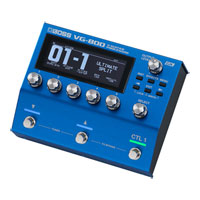
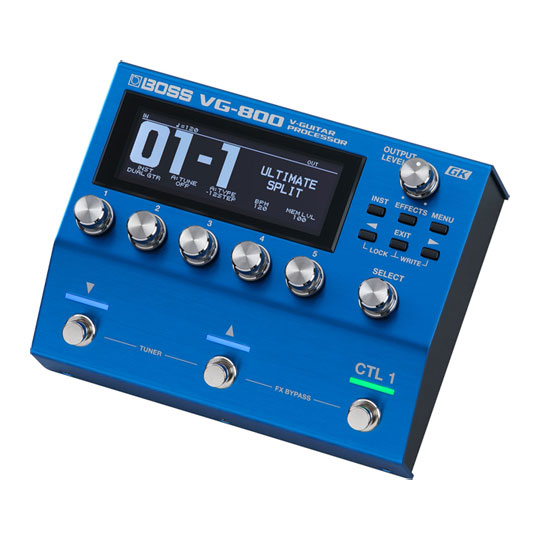
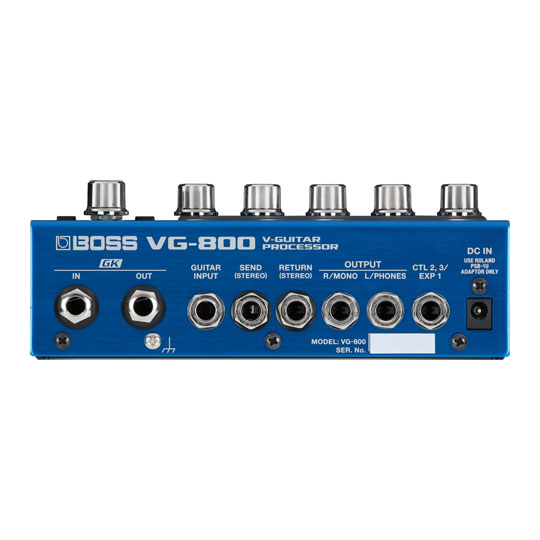
 Boss - VG-800 V-Guitar Processor, Next-Generation V-Guitar Processor with the Serial GK Interface
LN155748
No customer review£599.00Free delivery on your entire basket
Boss - VG-800 V-Guitar Processor, Next-Generation V-Guitar Processor with the Serial GK Interface
LN155748
No customer review£599.00Free delivery on your entire basket
Mixing Desks - Podcasting
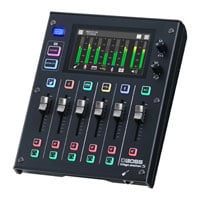
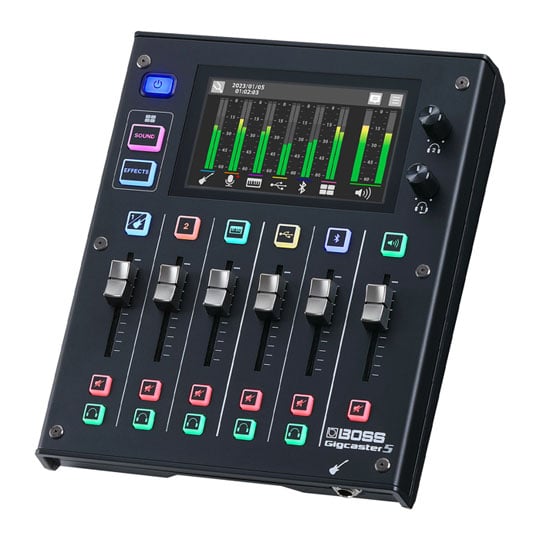
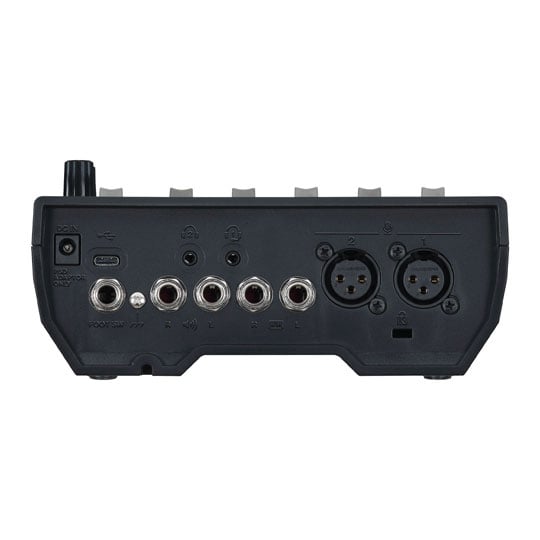
 (Open Box) Boss Gigcaster 5 Audio Streaming Mixer, All-In-One Audio Hub For Streaming Musicians
LN162770
No customer review£319.00Free delivery on your entire basket
(Open Box) Boss Gigcaster 5 Audio Streaming Mixer, All-In-One Audio Hub For Streaming Musicians
LN162770
No customer review£319.00Free delivery on your entire basket
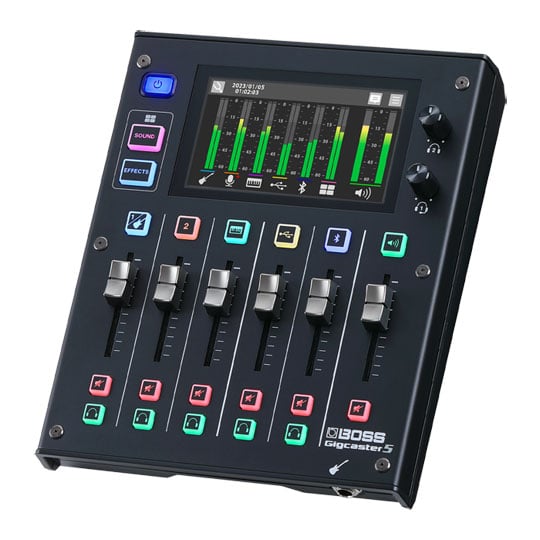
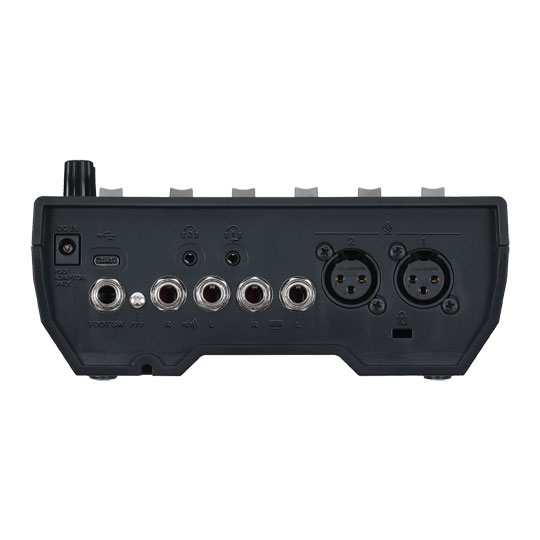
 Boss Gigcaster 5 Audio Streaming Mixer, All-In-One Audio Hub For Streaming Musicians
LN136055
No customer review£339.00Free delivery on your entire basket
Boss Gigcaster 5 Audio Streaming Mixer, All-In-One Audio Hub For Streaming Musicians
LN136055
No customer review£339.00Free delivery on your entire basket
Multi Effect Pedals
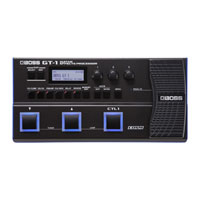
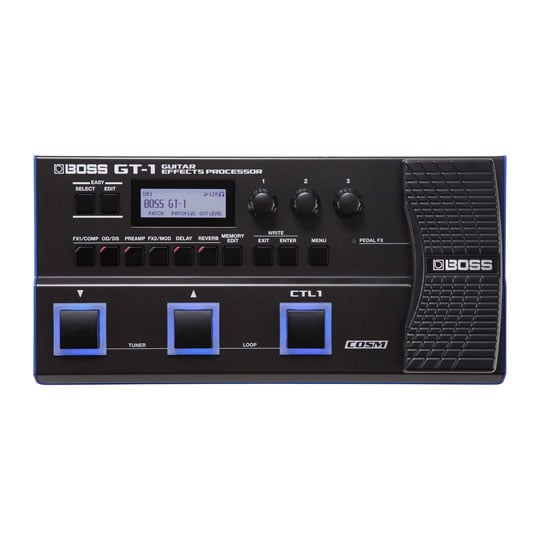
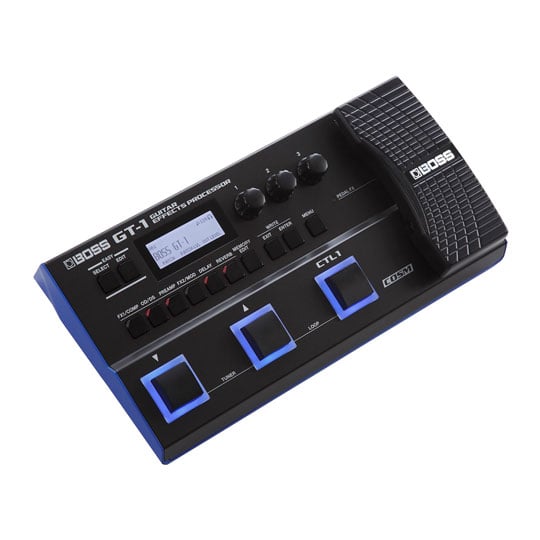
 Boss GT-1 Guitar Effects Processor, COSM Sound Engine In a Compact Footprint, Integrated Expression Pedal
LN82592
Customer Review £192.00Free delivery on your entire basket
Boss GT-1 Guitar Effects Processor, COSM Sound Engine In a Compact Footprint, Integrated Expression Pedal
LN82592
Customer Review £192.00Free delivery on your entire basket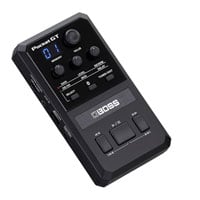
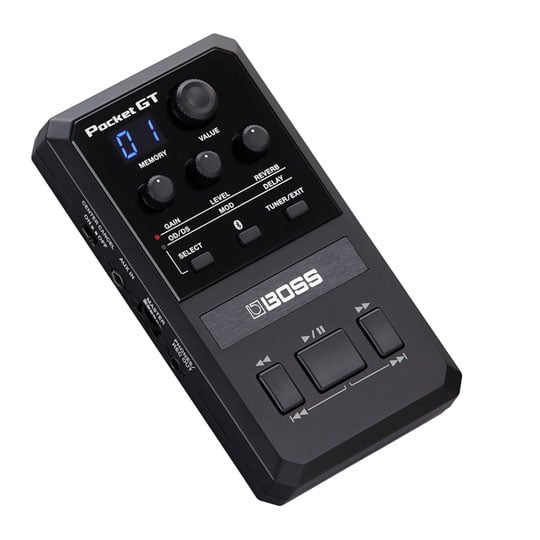
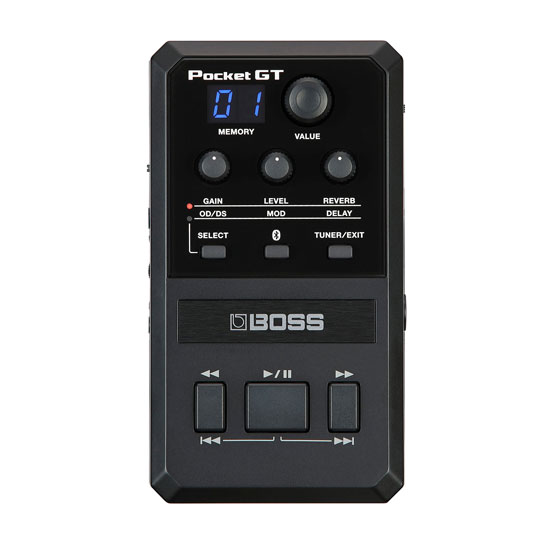
 (Open Box) Boss Pocket GT Multi Effects Pocket Processor, Rechargeable Guitar Amp Modeler/FX Processor
LN153483
No customer review£199.00Free delivery on your entire basket
(Open Box) Boss Pocket GT Multi Effects Pocket Processor, Rechargeable Guitar Amp Modeler/FX Processor
LN153483
No customer review£199.00Free delivery on your entire basket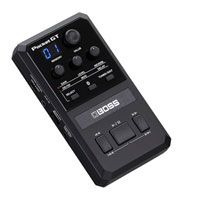
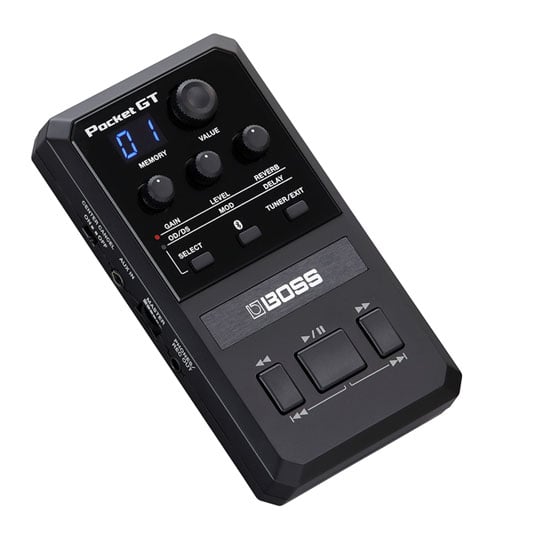
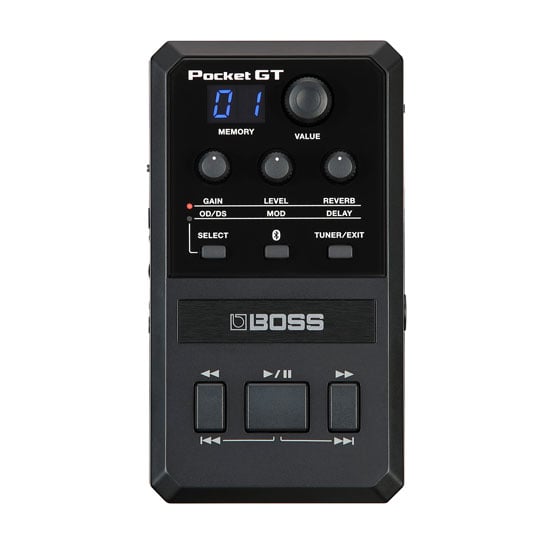
 Boss Pocket GT Multi Effects Pocket Processor, Rechargeable Guitar Amp Modeler/FX Processor with Bluetooth Streaming
LN110807
No customer review£219.00Free delivery on your entire basket
Boss Pocket GT Multi Effects Pocket Processor, Rechargeable Guitar Amp Modeler/FX Processor with Bluetooth Streaming
LN110807
No customer review£219.00Free delivery on your entire basket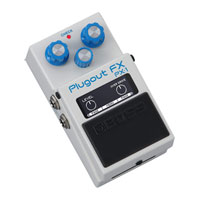
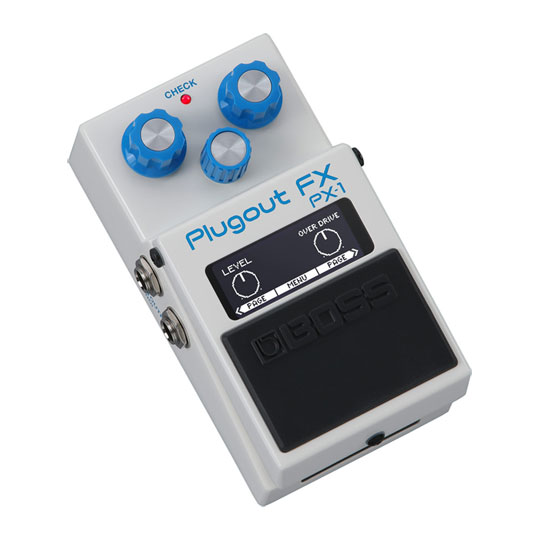
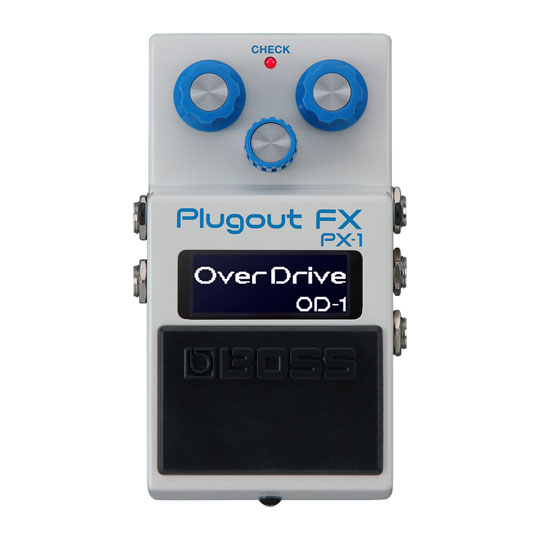
 BOSS - PX-1 Plugout FX, Customizable Multi-FX Guitar Pedal with 8 Preloaded FX, 8 Assignable Presets, Adaptive Focus
LN164101
No customer review£229.00£5.48 Next day deliveryPre order
BOSS - PX-1 Plugout FX, Customizable Multi-FX Guitar Pedal with 8 Preloaded FX, 8 Assignable Presets, Adaptive Focus
LN164101
No customer review£229.00£5.48 Next day deliveryPre order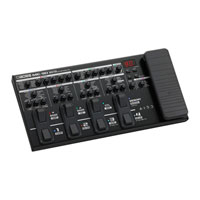
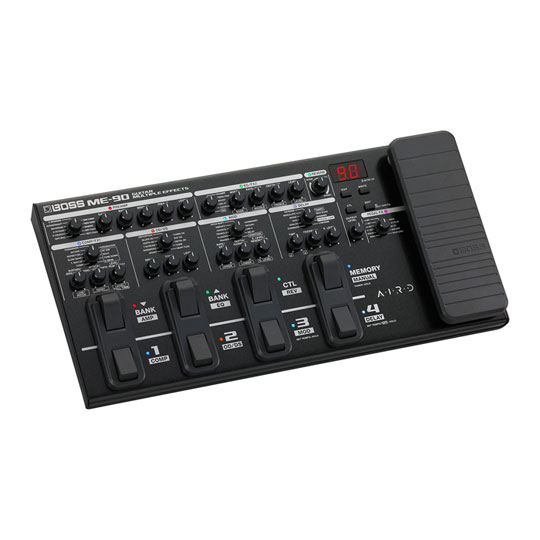
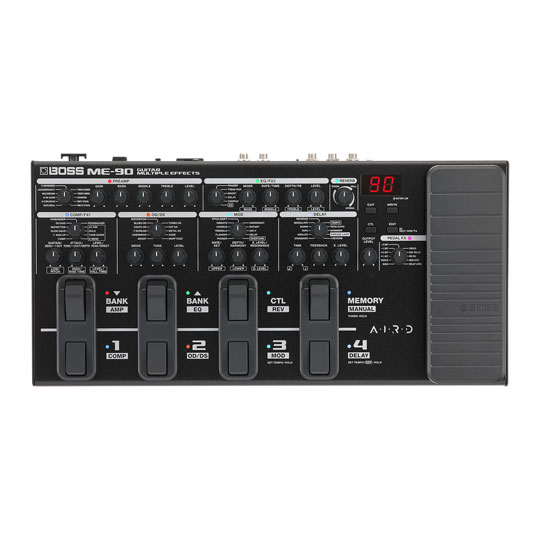
 (Open Box) BOSS - ME-90 Guitar Multi-Effects Pedal, wiith 11 AIRD Amp Models, 60 Effects
LN141892
No customer review£255.00£5.48 Next day delivery
(Open Box) BOSS - ME-90 Guitar Multi-Effects Pedal, wiith 11 AIRD Amp Models, 60 Effects
LN141892
No customer review£255.00£5.48 Next day delivery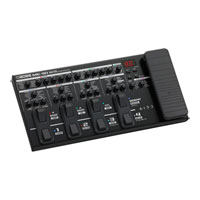
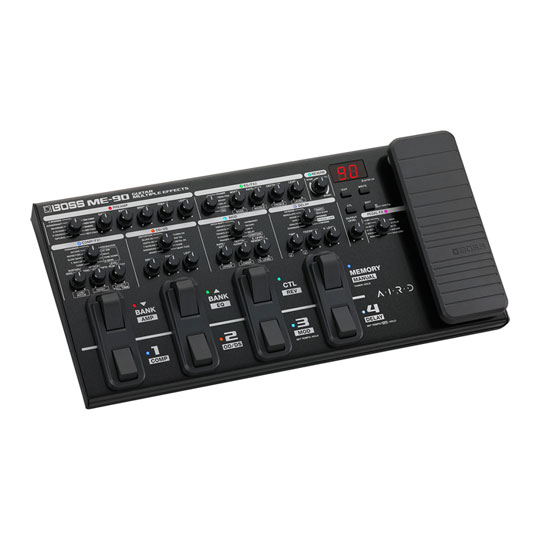
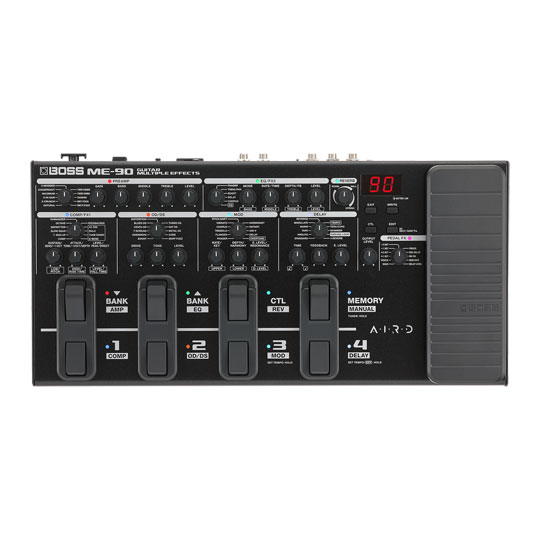
 BOSS - ME-90 Guitar Multi-Effects Pedal, wiith 11 AIRD Amp Models, 60 Effects
LN138191
Customer Review £259.00Free delivery on your entire basket
BOSS - ME-90 Guitar Multi-Effects Pedal, wiith 11 AIRD Amp Models, 60 Effects
LN138191
Customer Review £259.00Free delivery on your entire basket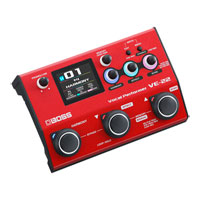
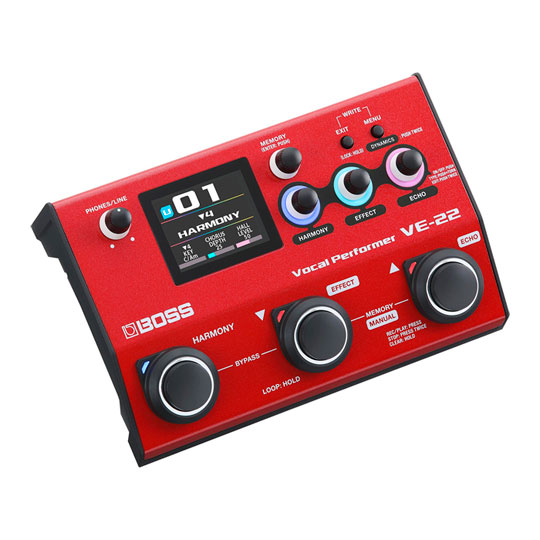
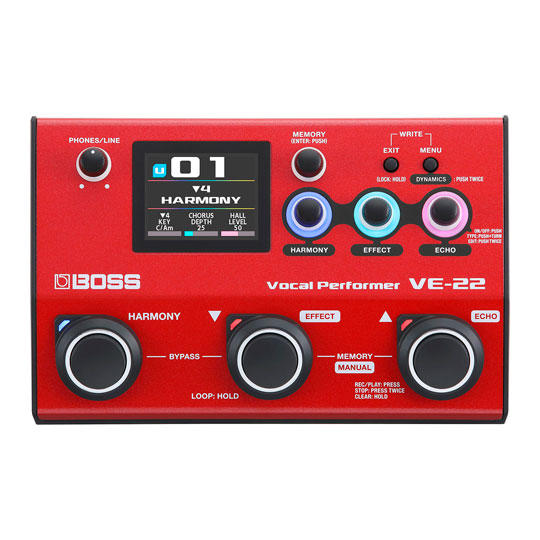
 Boss - VE-22, Vocal Effects Pedal with Mic Preamp, Phantom Power, Harmony Generator, Pitch Correction, Looper
LN144572
Customer Review £289.00Free delivery on your entire basket
Boss - VE-22, Vocal Effects Pedal with Mic Preamp, Phantom Power, Harmony Generator, Pitch Correction, Looper
LN144572
Customer Review £289.00Free delivery on your entire basket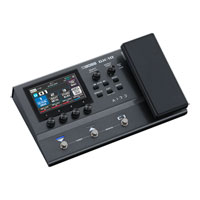
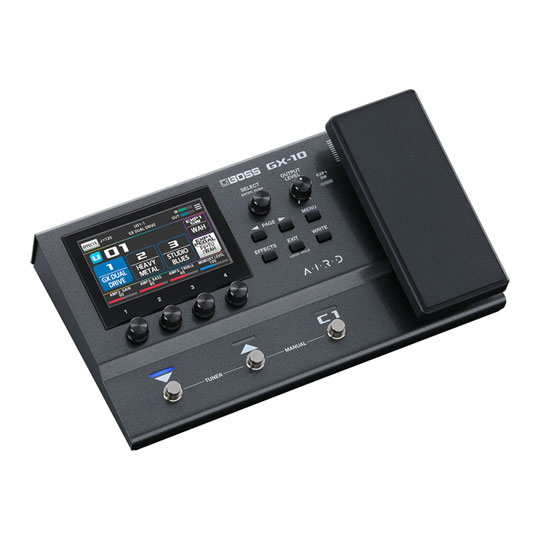
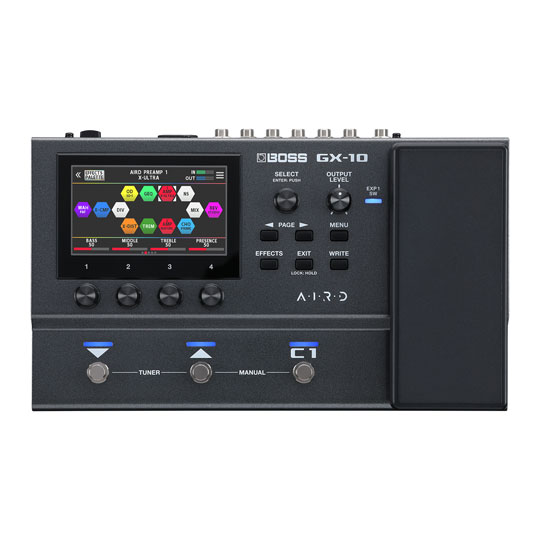
 Boss - GX-10, Guitar/Bass Multi-Effects Pedal with Amp/Effects Modeling, Cabs, Mics, LCD, Expression Pedal
LN153046
No customer review£339.00Free delivery on your entire basketPre order
Boss - GX-10, Guitar/Bass Multi-Effects Pedal with Amp/Effects Modeling, Cabs, Mics, LCD, Expression Pedal
LN153046
No customer review£339.00Free delivery on your entire basketPre order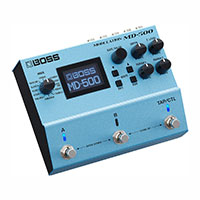
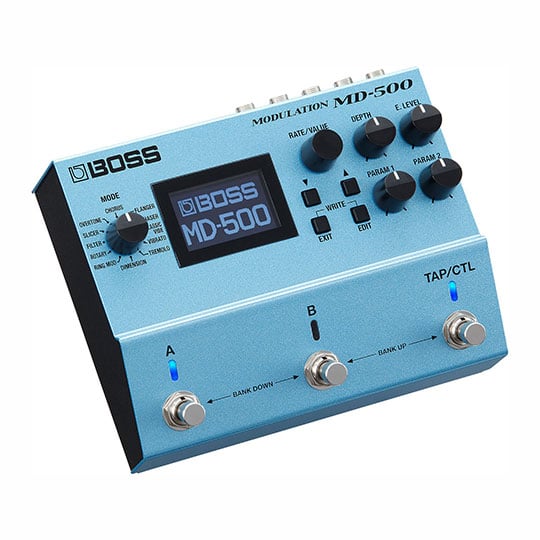
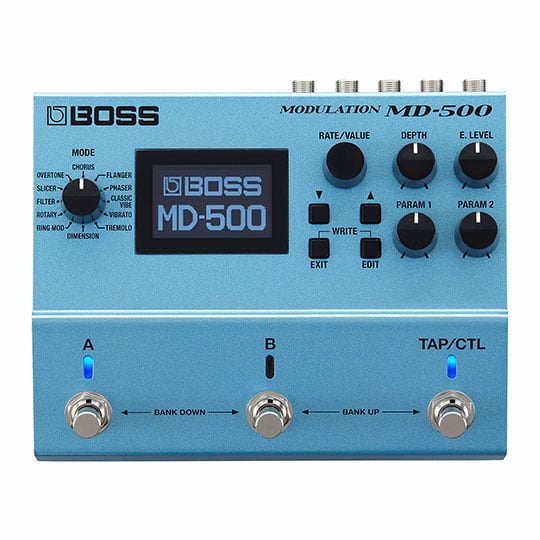
 Boss MD-500 Modulation Effect Pedal, 12 Modes and 28 Algorithms, 297 Patch Memory, MIDI I/O. 32bit AD/DA
LN97172
No customer review£349.00Free delivery on your entire basket
Boss MD-500 Modulation Effect Pedal, 12 Modes and 28 Algorithms, 297 Patch Memory, MIDI I/O. 32bit AD/DA
LN97172
No customer review£349.00Free delivery on your entire basket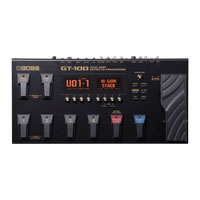
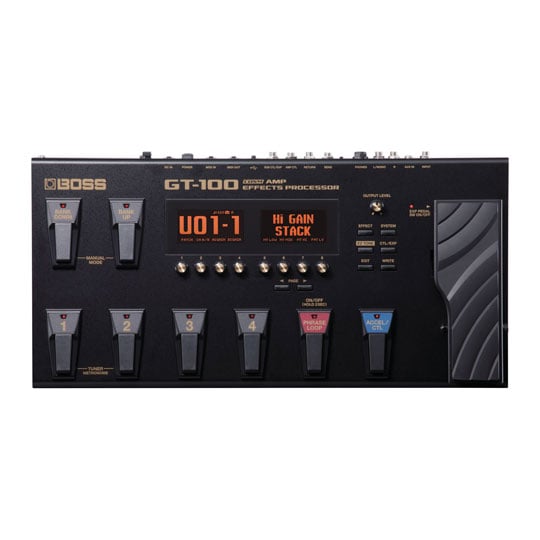
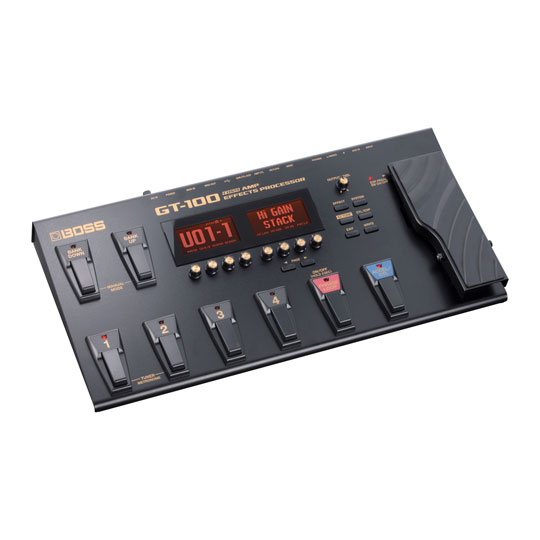
 Boss GT-100 COSM Amp Effects Processor, Advanced Modeling, Dual LCDs, Multi-Dimensional Processing Technology
LN82509
No customer review£399.00Free delivery on your entire basket
Boss GT-100 COSM Amp Effects Processor, Advanced Modeling, Dual LCDs, Multi-Dimensional Processing Technology
LN82509
No customer review£399.00Free delivery on your entire basket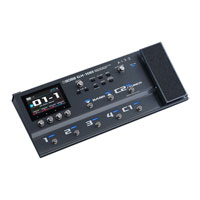
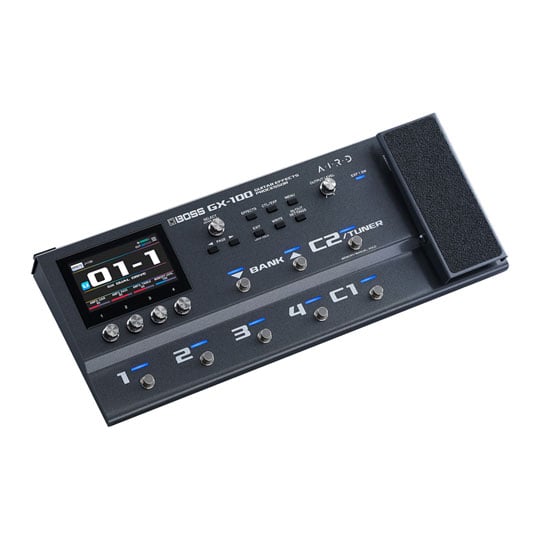
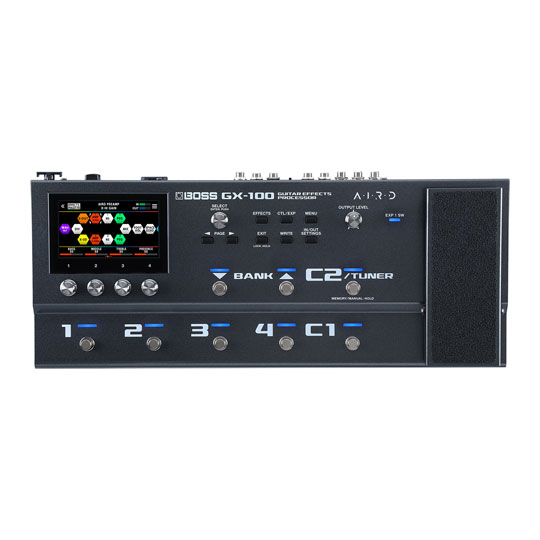
 BOSS - GX-100, Guitar/Bass Multi-effects Pedal
LN125033
Customer Review £449.00Free delivery on your entire basket
BOSS - GX-100, Guitar/Bass Multi-effects Pedal
LN125033
Customer Review £449.00Free delivery on your entire basket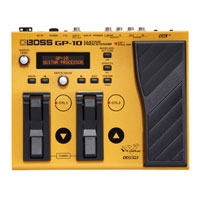
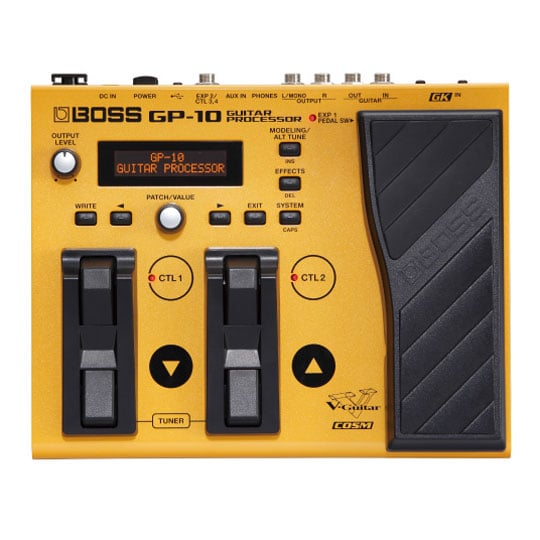
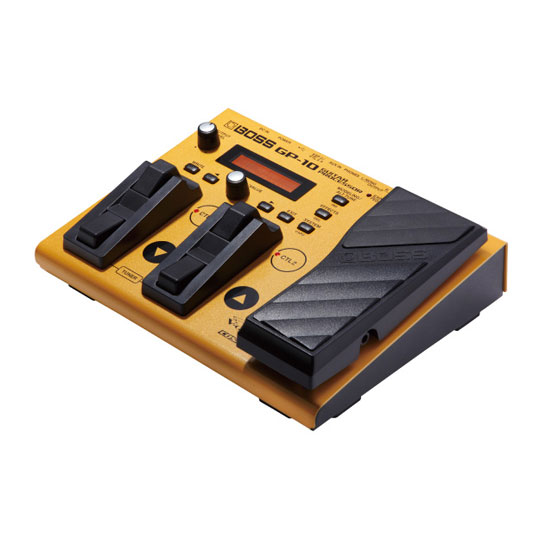
 Boss GP-10 Guitar Processor (GP10GK), COSM Powered Instrument Modeling, 13-Pin Input For Guitars With GK Pickup
LN82510
No customer review£449.00Free delivery on your entire basket
Boss GP-10 Guitar Processor (GP10GK), COSM Powered Instrument Modeling, 13-Pin Input For Guitars With GK Pickup
LN82510
No customer review£449.00Free delivery on your entire basket
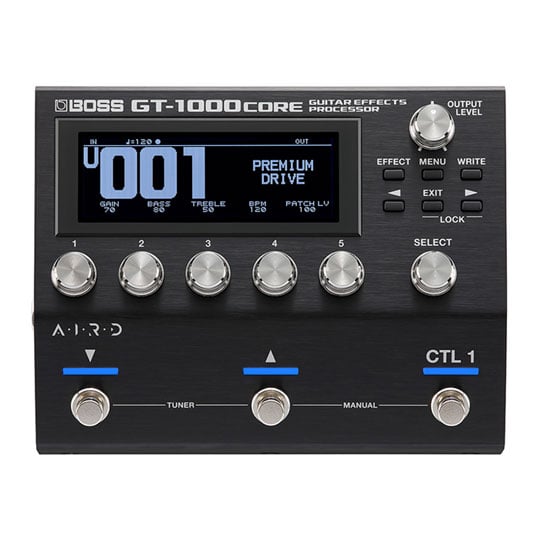
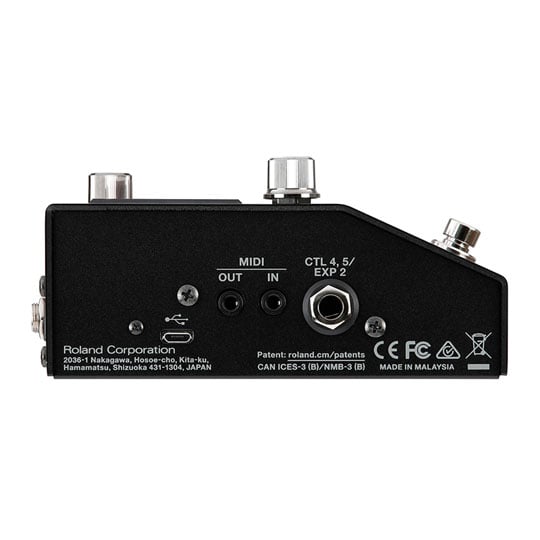
 BOSS - 'GT-1000CORE' 250 User + 250 Preset Memory, Innovative Stompbox, USB audio/MIDI interface, Looper
LN111239
Customer Review £549.00Free delivery on your entire basket
BOSS - 'GT-1000CORE' 250 User + 250 Preset Memory, Innovative Stompbox, USB audio/MIDI interface, Looper
LN111239
Customer Review £549.00Free delivery on your entire basket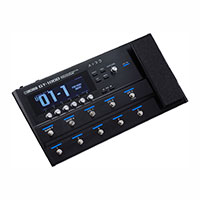
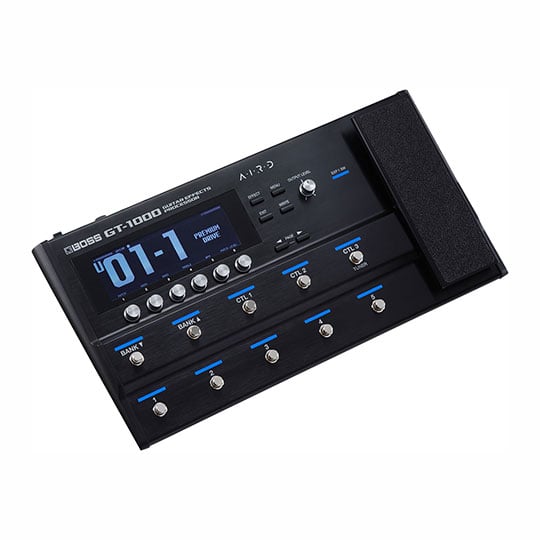
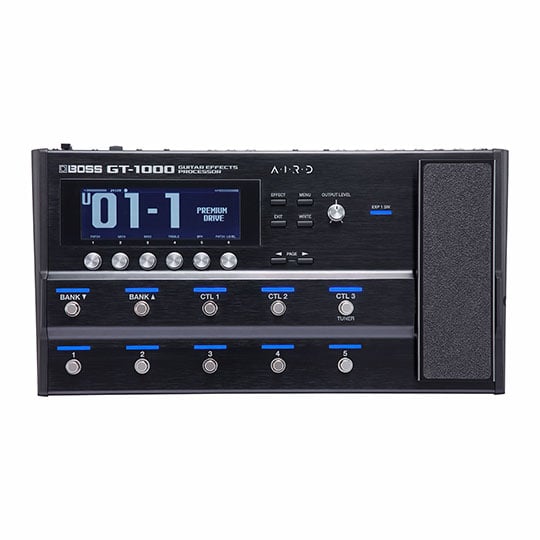
 Boss GT-1000 Flagship Guitar Multi-Effects Processor, Ten Foot Switches, Polyphonic Tuner, Bluetooth, USB Audio / MIDI
LN97173
Customer Review £876.00Free delivery on your entire basket
Boss GT-1000 Flagship Guitar Multi-Effects Processor, Ten Foot Switches, Polyphonic Tuner, Bluetooth, USB Audio / MIDI
LN97173
Customer Review £876.00Free delivery on your entire basket
Noise Reduction Effects Pedals
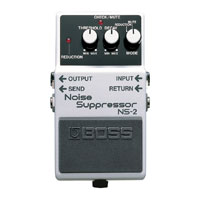
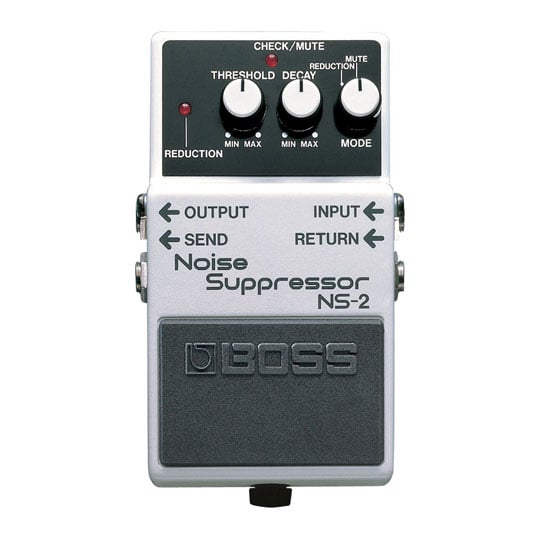
 Boss NS-2 Noise Suppressor Effect Pedal, Eliminates Noise and Hum, Unique Noise Detection Circuit
LN82711
No customer review£89.00£5.48 Next day delivery
Boss NS-2 Noise Suppressor Effect Pedal, Eliminates Noise and Hum, Unique Noise Detection Circuit
LN82711
No customer review£89.00£5.48 Next day delivery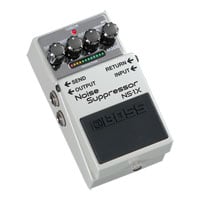
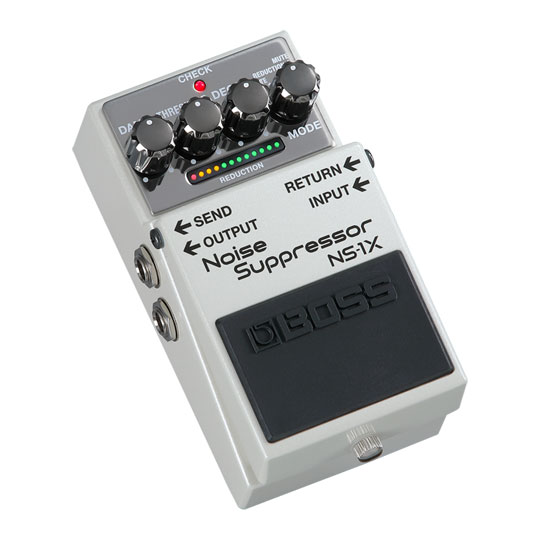
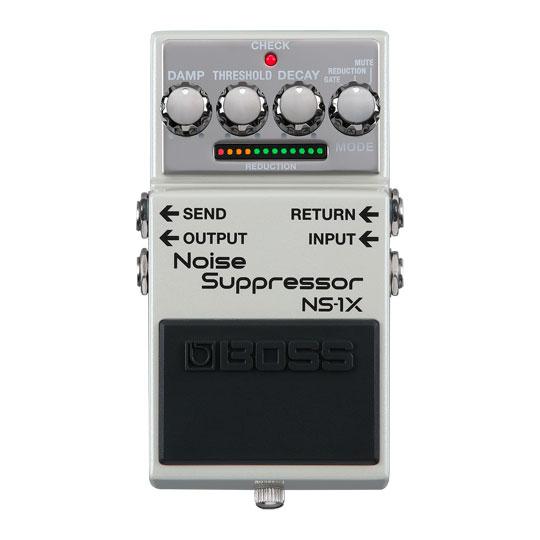
 Boss - NS-1X,Guitar and Bass Noise Suppression Pedal with 3 Modes, Send/Return Loop
LN139849
No customer review£159.00Free delivery on your entire basket
Boss - NS-1X,Guitar and Bass Noise Suppression Pedal with 3 Modes, Send/Return Loop
LN139849
No customer review£159.00Free delivery on your entire basket
Patch Cables
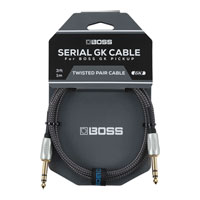
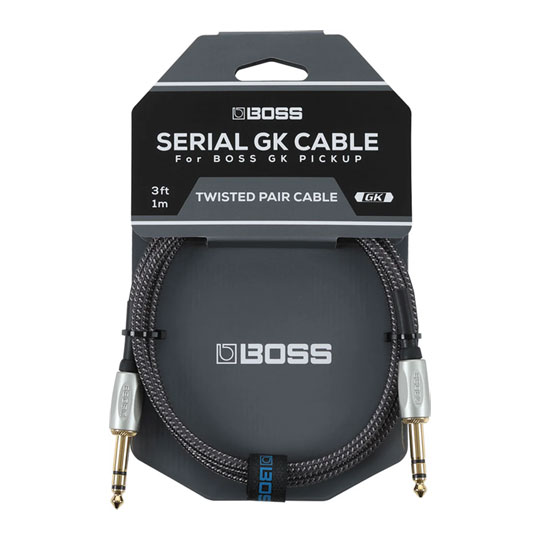
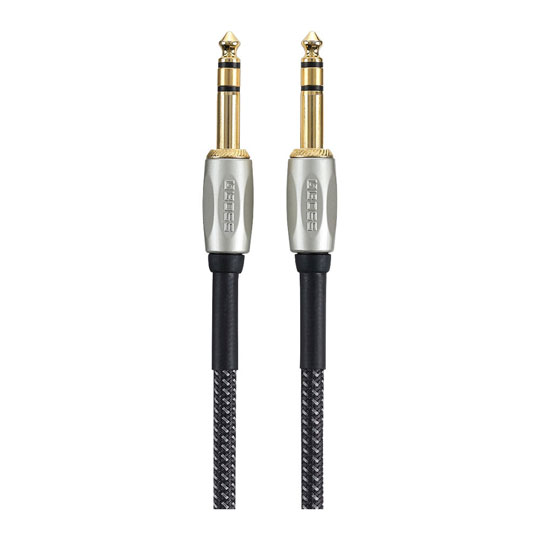
 BOSS - BGK-3 Serial GK Cable, 3 ft./1 m Length, Straight 1/4-Inch TRS Connectors
LN156978
No customer review£20.00£5.48 Next day deliveryPre order
BOSS - BGK-3 Serial GK Cable, 3 ft./1 m Length, Straight 1/4-Inch TRS Connectors
LN156978
No customer review£20.00£5.48 Next day deliveryPre order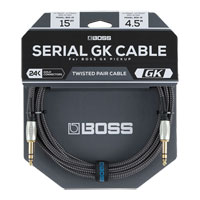
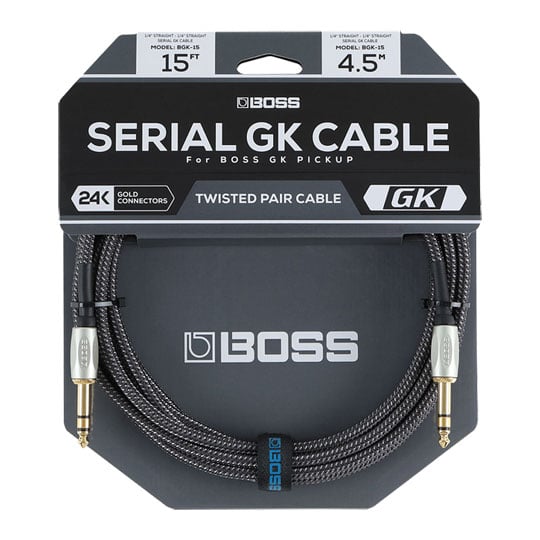
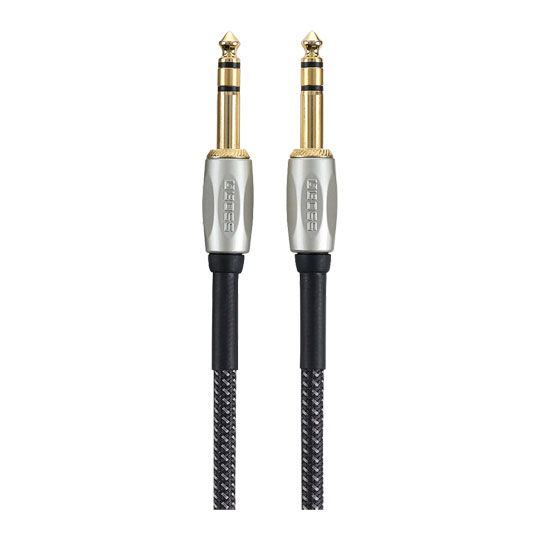
 BOSS - BGK-15 Serial GK Cable, 15 ft./4.5 m Length, Straight 1/4-Inch TRS Connectors
LN140893
No customer review£42.00£5.48 Next day deliveryPre order
BOSS - BGK-15 Serial GK Cable, 15 ft./4.5 m Length, Straight 1/4-Inch TRS Connectors
LN140893
No customer review£42.00£5.48 Next day deliveryPre order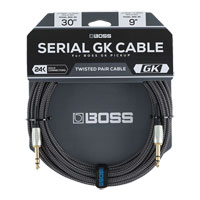
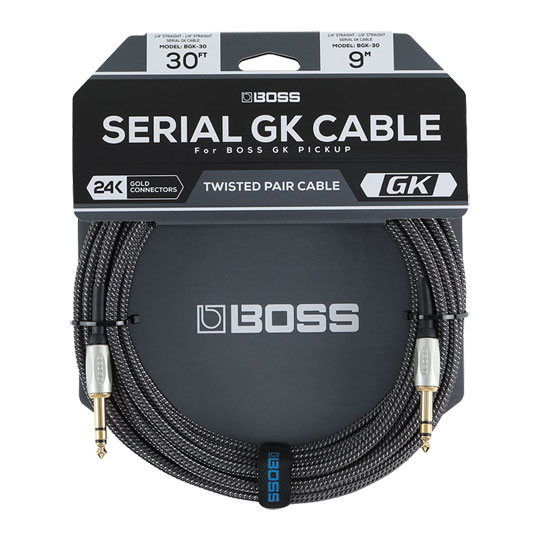
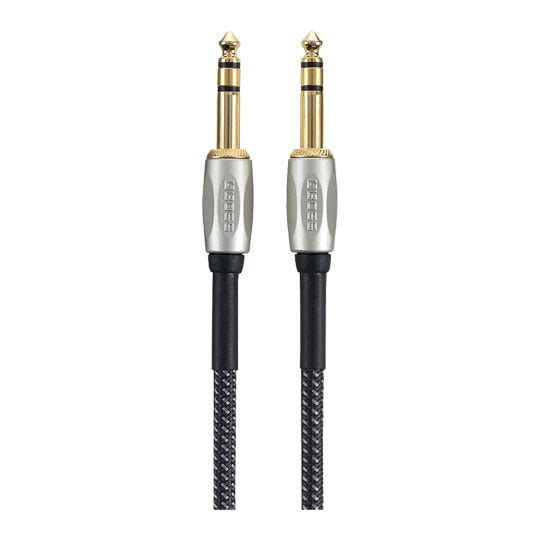
 BOSS - BGK-30 Serial GK Cable, 30 ft./9 m Length, Straight 1/4-Inch TRS Connectors
LN140894
No customer review£60.00£5.48 Next day delivery
BOSS - BGK-30 Serial GK Cable, 30 ft./9 m Length, Straight 1/4-Inch TRS Connectors
LN140894
No customer review£60.00£5.48 Next day delivery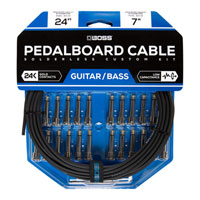
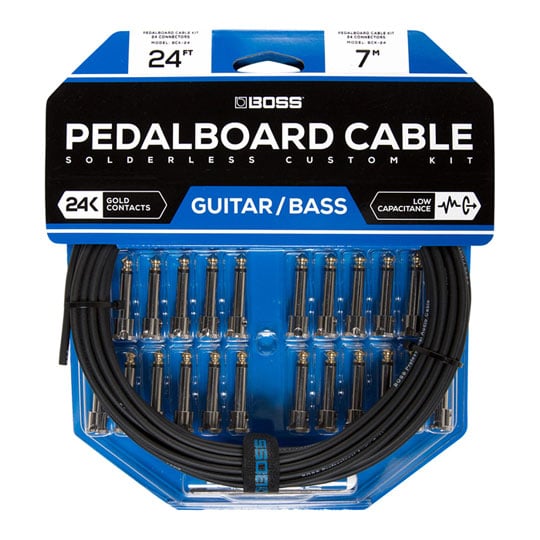
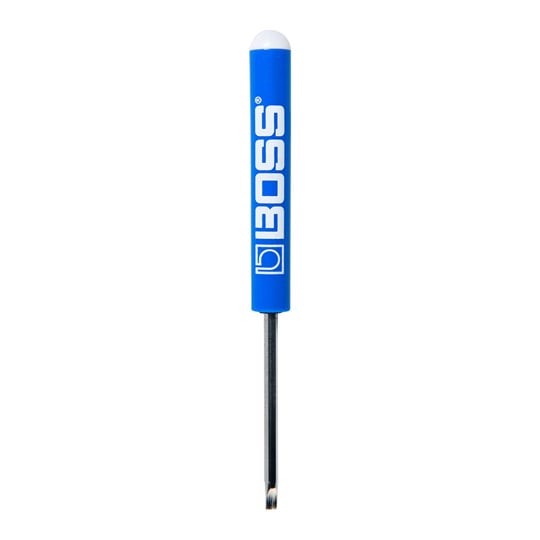
 7m Boss BCK-24 Pedal Board Cable Kit, 24 Connectors, Gold Plated Contacts, Solderless Technology
LN102014
Customer Review £99.00£5.48 Next day delivery
7m Boss BCK-24 Pedal Board Cable Kit, 24 Connectors, Gold Plated Contacts, Solderless Technology
LN102014
Customer Review £99.00£5.48 Next day delivery
Phaser Pedals

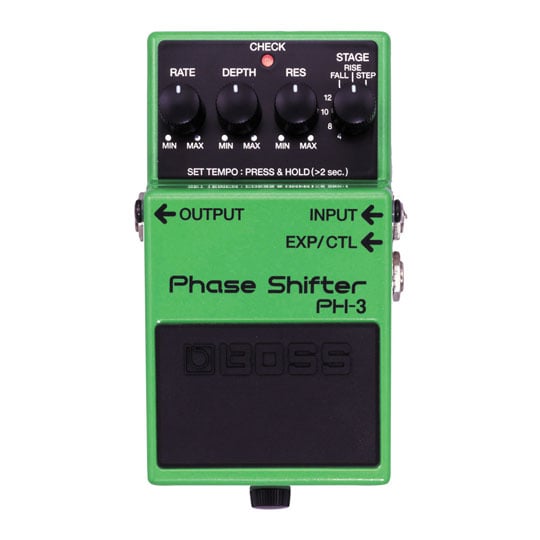
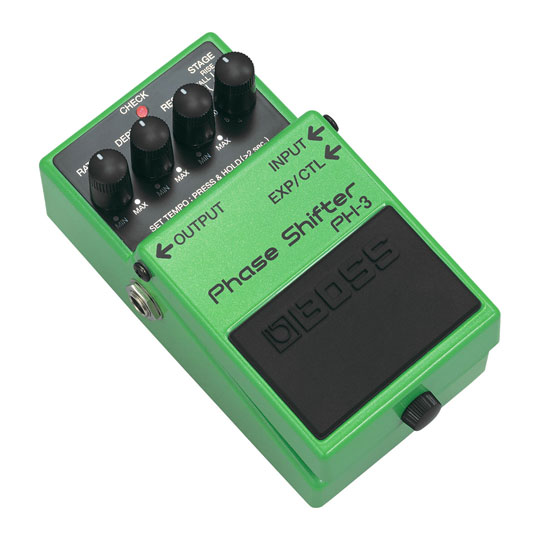
 Boss PH-3 Phase Shifter Effects Pedal, Rise and Fall Modes, Unidirectional Phasing, Syncable, Expression Input
LN82680
Customer Review £117.00Free delivery on your entire basket
Boss PH-3 Phase Shifter Effects Pedal, Rise and Fall Modes, Unidirectional Phasing, Syncable, Expression Input
LN82680
Customer Review £117.00Free delivery on your entire basket
Portable Recorders
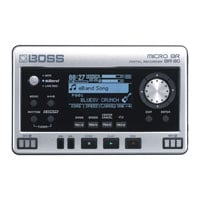

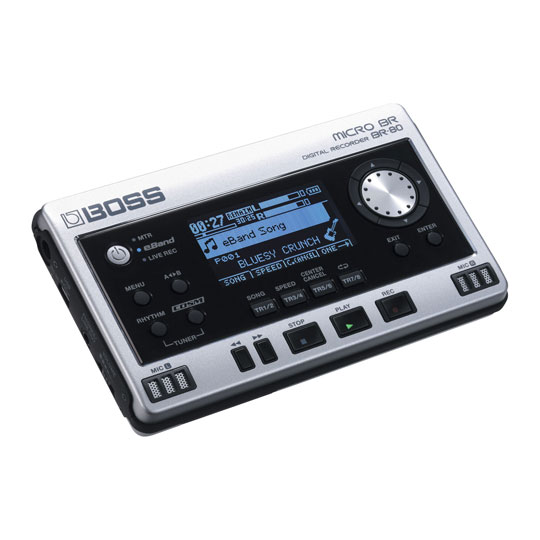
 Boss MICRO BR BR-80 Eight-Track Digital Recorder, Three Modes - Multi-Track Recorder, eBand, Live Rec, COSM Amps and FX
LN82776
Customer Review £189.00Free delivery on your entire basketPre order
Boss MICRO BR BR-80 Eight-Track Digital Recorder, Three Modes - Multi-Track Recorder, eBand, Live Rec, COSM Amps and FX
LN82776
Customer Review £189.00Free delivery on your entire basketPre order
Reverb & Delay Effects Pedals
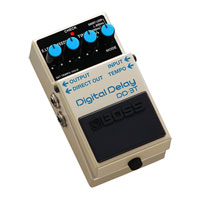
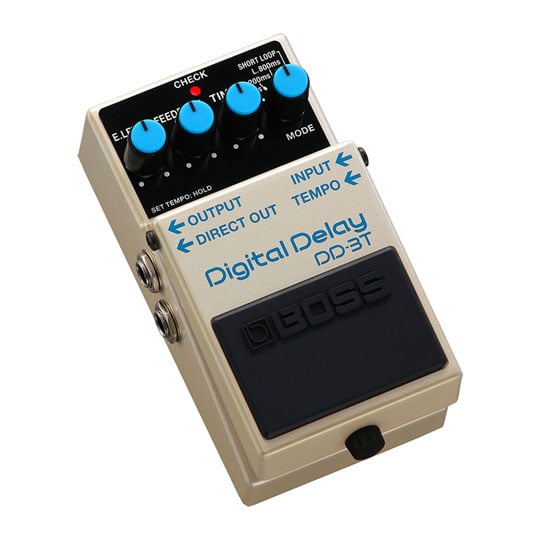

 Boss - DD-3T Digital Delay Pedal with Tap Tempo,12.5ms-800ms Delay Time, Short Loop,Hold Function, and Wet/Dry Output
LN105019
Customer Review £124.00Free delivery on your entire basketDue tomorrow
Boss - DD-3T Digital Delay Pedal with Tap Tempo,12.5ms-800ms Delay Time, Short Loop,Hold Function, and Wet/Dry Output
LN105019
Customer Review £124.00Free delivery on your entire basketDue tomorrow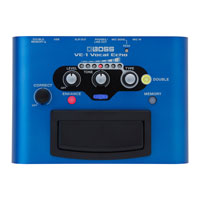
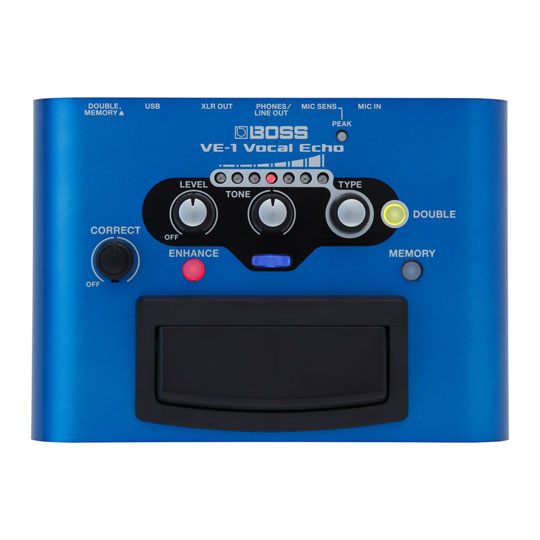
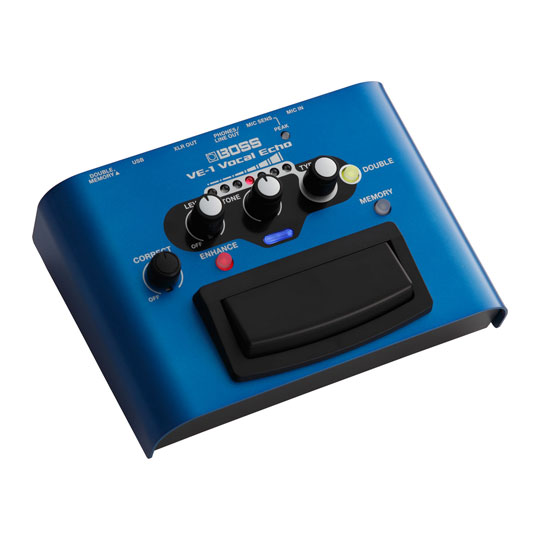
 Boss VE-1 Vocal Echo Stompbox, Seven Types of Ambience Effects, Double-Tracking, Pitch Correct, USB
LN82648
No customer review£152.00Free delivery on your entire basket
Boss VE-1 Vocal Echo Stompbox, Seven Types of Ambience Effects, Double-Tracking, Pitch Correct, USB
LN82648
No customer review£152.00Free delivery on your entire basket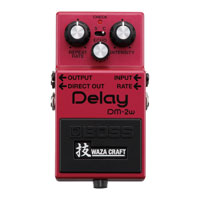
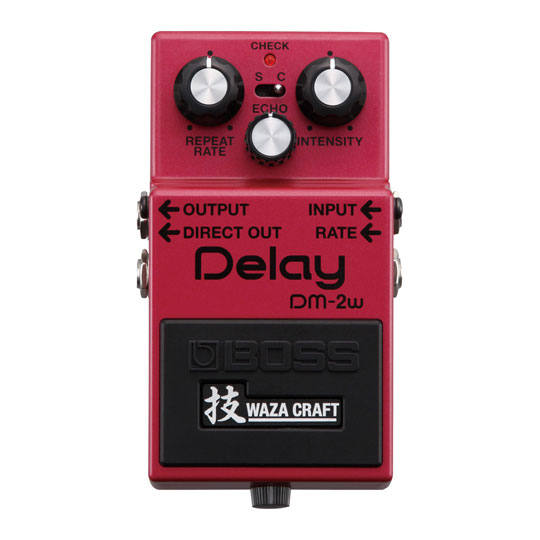
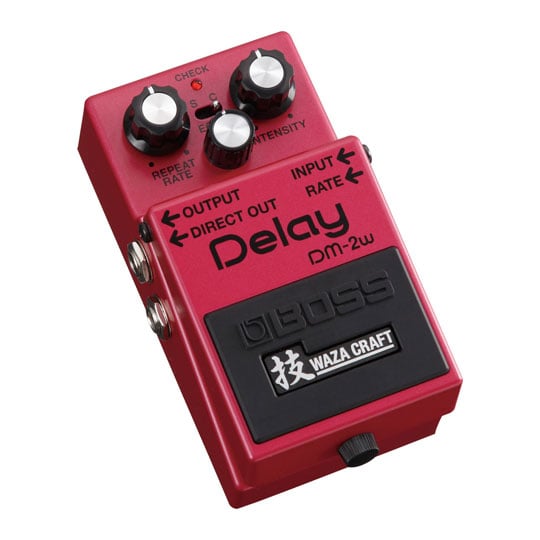
 Boss DM-2W Delay Stompbox, Special Edition Waza Craft Edition
LN82596
No customer review£156.00Free delivery on your entire basket
Boss DM-2W Delay Stompbox, Special Edition Waza Craft Edition
LN82596
No customer review£156.00Free delivery on your entire basket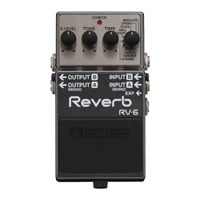
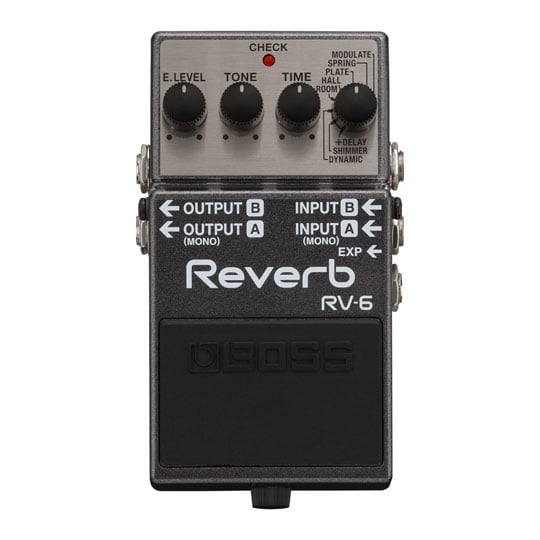
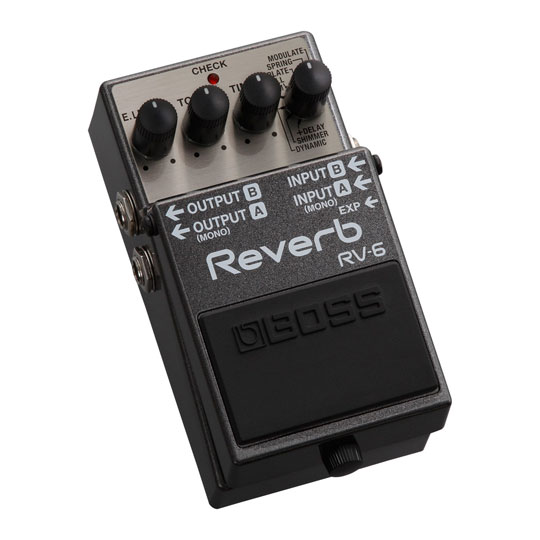
 BOSS - 'RV-6' Reverb Effect Pedal, Subtle Rooms, Modern Shimmer, Evocative Long Reverbs, Delay+Reverb
LN82649
Customer Review £157.00Free delivery on your entire basket
BOSS - 'RV-6' Reverb Effect Pedal, Subtle Rooms, Modern Shimmer, Evocative Long Reverbs, Delay+Reverb
LN82649
Customer Review £157.00Free delivery on your entire basket
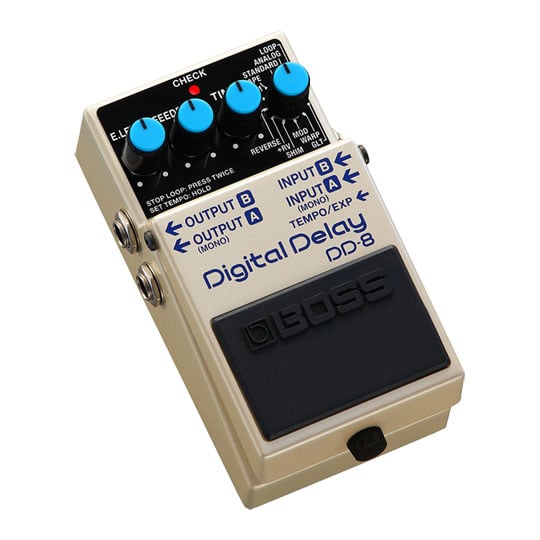
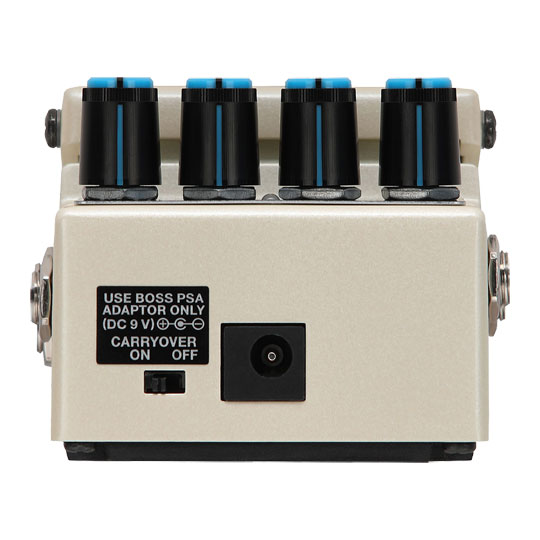
 BOSS - DD-8 Advanced Compact Digital Delay With 11 Delay Modes
LN134078
Customer Review £159.00Free delivery on your entire basket
BOSS - DD-8 Advanced Compact Digital Delay With 11 Delay Modes
LN134078
Customer Review £159.00Free delivery on your entire basket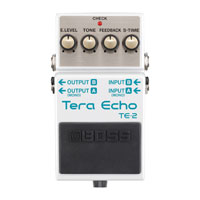
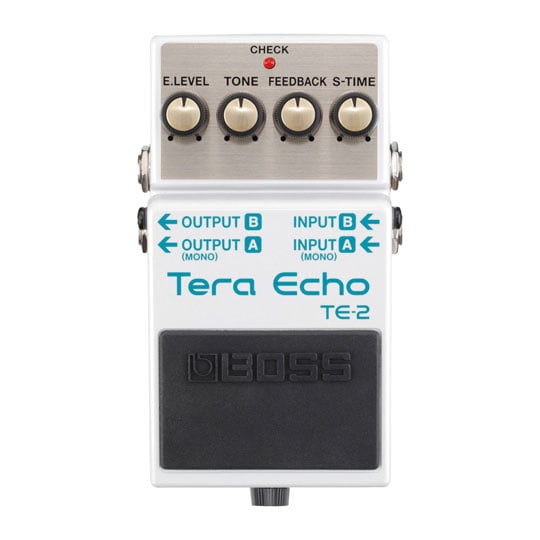
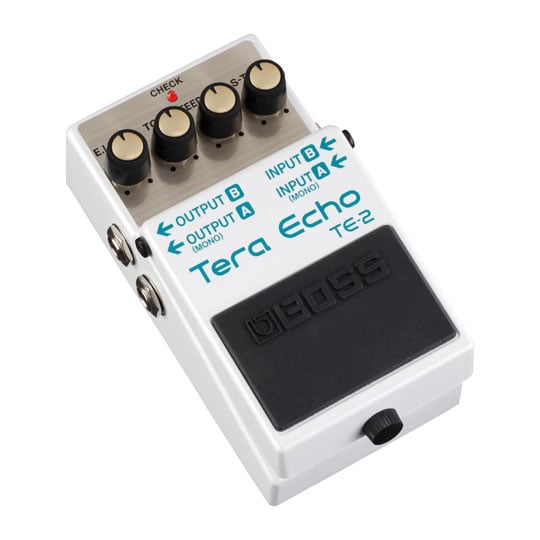
 Boss TE-2 Tera Echo Delay and Reverb Ambience Effects Stompbox, Multidimensional Processing Technology, Freeze Function
LN82597
No customer review£159.00Free delivery on your entire basket
Boss TE-2 Tera Echo Delay and Reverb Ambience Effects Stompbox, Multidimensional Processing Technology, Freeze Function
LN82597
No customer review£159.00Free delivery on your entire basket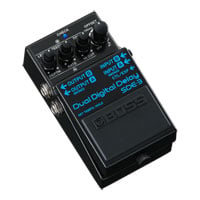
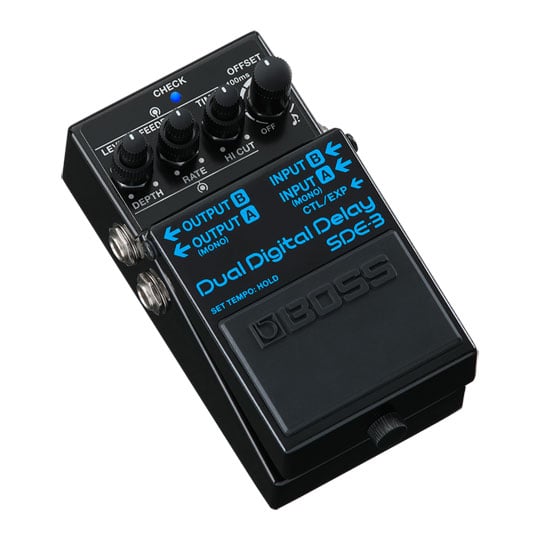
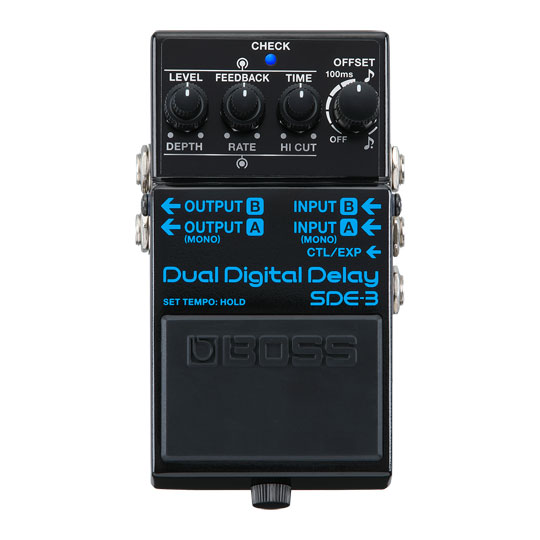
 BOSS - SDE-3 Dual Delay Effects Pedal
LN151255
No customer review£160.00Free delivery on your entire basket
BOSS - SDE-3 Dual Delay Effects Pedal
LN151255
No customer review£160.00Free delivery on your entire basket
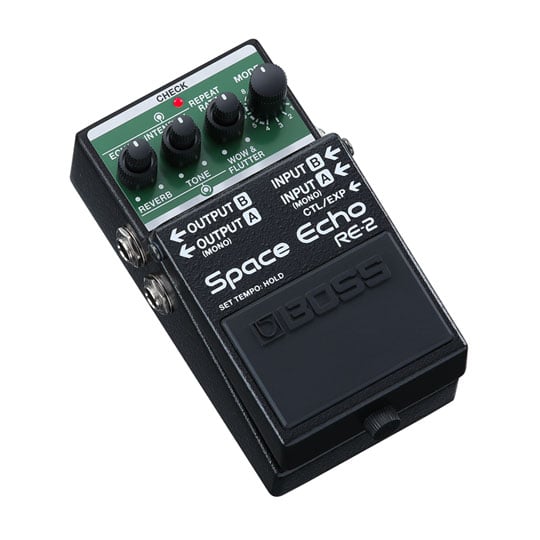
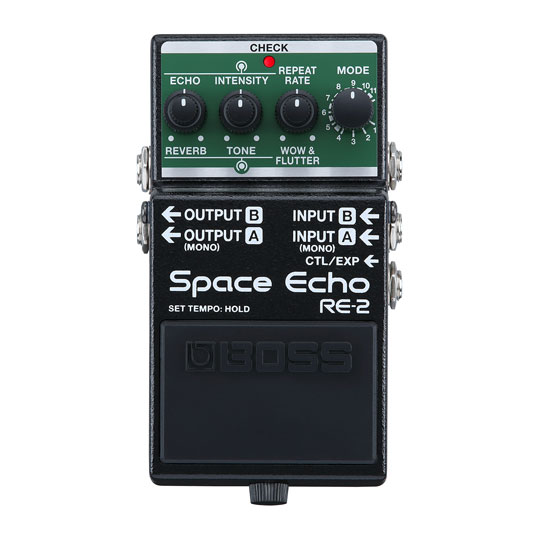
 BOSS - RE-2 Space Echo Pedal, Tape Delay and Spring Reverb Effects Pedal with Stereo Signal Patch
LN125104
No customer review£175.00Free delivery on your entire basketPre order
BOSS - RE-2 Space Echo Pedal, Tape Delay and Spring Reverb Effects Pedal with Stereo Signal Patch
LN125104
No customer review£175.00Free delivery on your entire basketPre order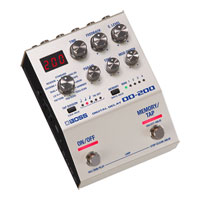
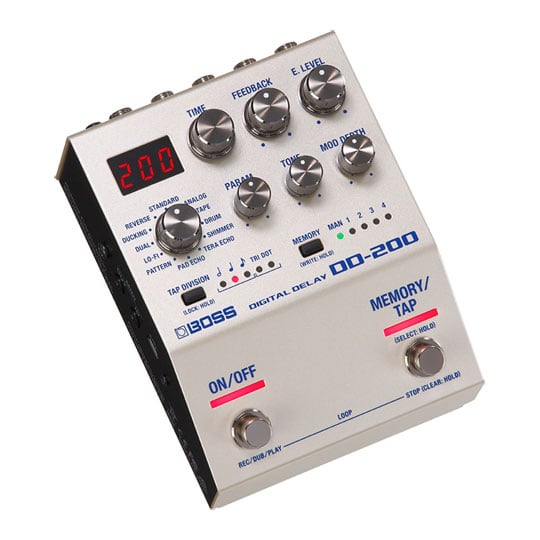
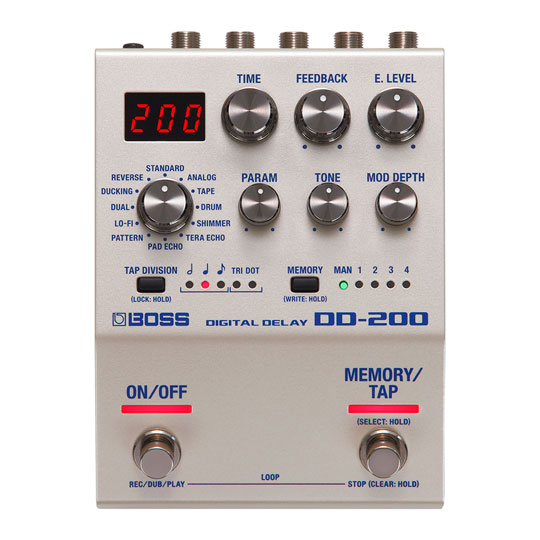
 Boss DD-200 Digital Delay, with 12 Delay Modes, 60-second Looper, Stereo I/O, Expression Pedal able, MIDI I/O
LN105497
Customer Review £210.00Free delivery on your entire basketPre order
Boss DD-200 Digital Delay, with 12 Delay Modes, 60-second Looper, Stereo I/O, Expression Pedal able, MIDI I/O
LN105497
Customer Review £210.00Free delivery on your entire basketPre order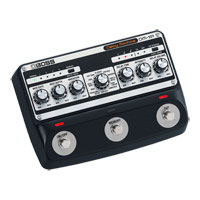
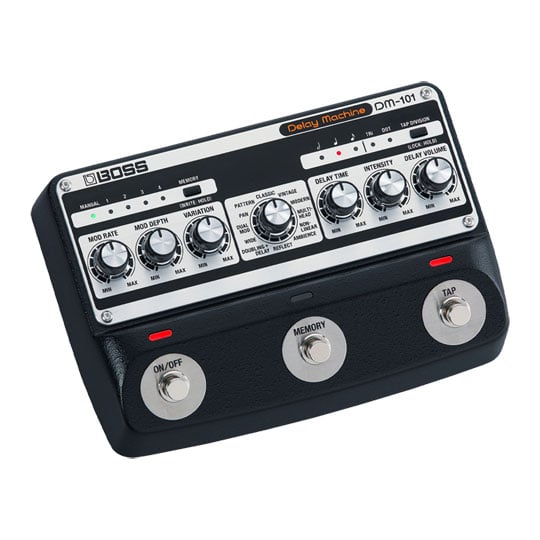
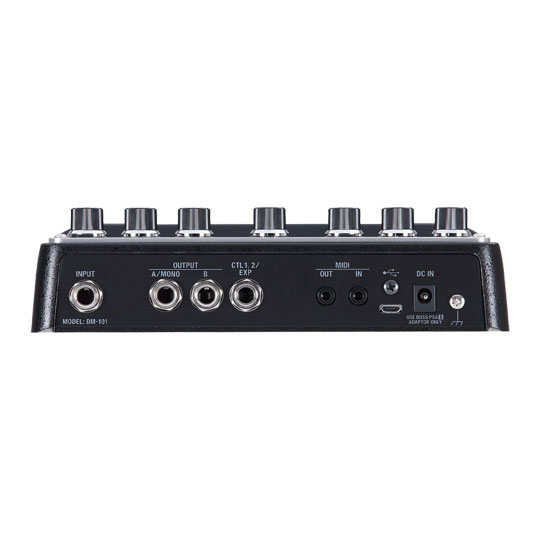
 BOSS - DM101 Delay Machine Effects Pedal, Fully Analogue BBD Audio Circuitry
LN137707
Customer Review £269.00Free delivery on your entire basket
BOSS - DM101 Delay Machine Effects Pedal, Fully Analogue BBD Audio Circuitry
LN137707
Customer Review £269.00Free delivery on your entire basket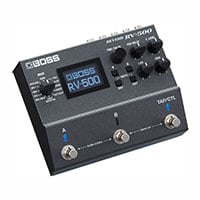

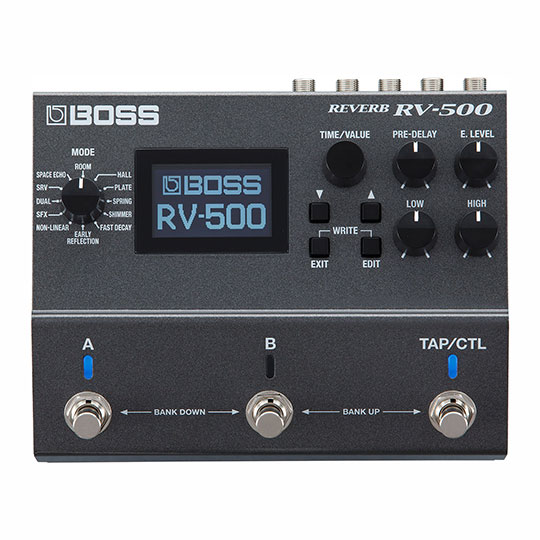
 Boss RV-500 Reverb Effect Pedal, 12 Modes with 21 Algorithms, 32bit Floating Point Processing, 32bit AD/DA
LN97174
No customer review£319.00Free delivery on your entire basket
Boss RV-500 Reverb Effect Pedal, 12 Modes with 21 Algorithms, 32bit Floating Point Processing, 32bit AD/DA
LN97174
No customer review£319.00Free delivery on your entire basket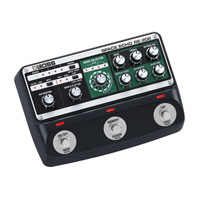
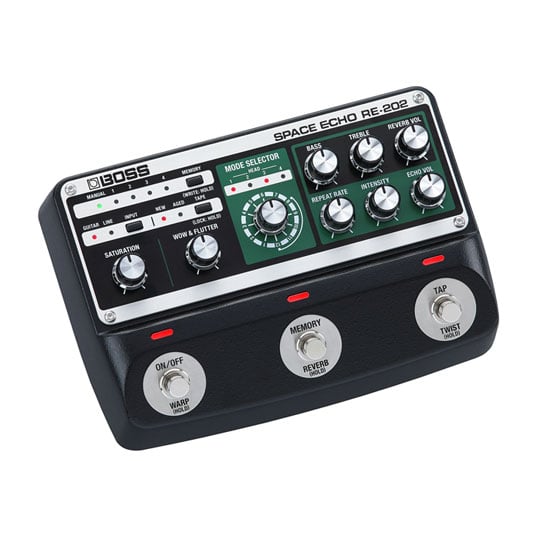

 BOSS - RE-202 Space Echo, Digital Delay Pedal with 12 Echo Combinations, Independent Stereo Reverb Section
LN125105
No customer review£329.00Free delivery on your entire basket
BOSS - RE-202 Space Echo, Digital Delay Pedal with 12 Echo Combinations, Independent Stereo Reverb Section
LN125105
No customer review£329.00Free delivery on your entire basket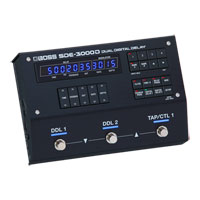
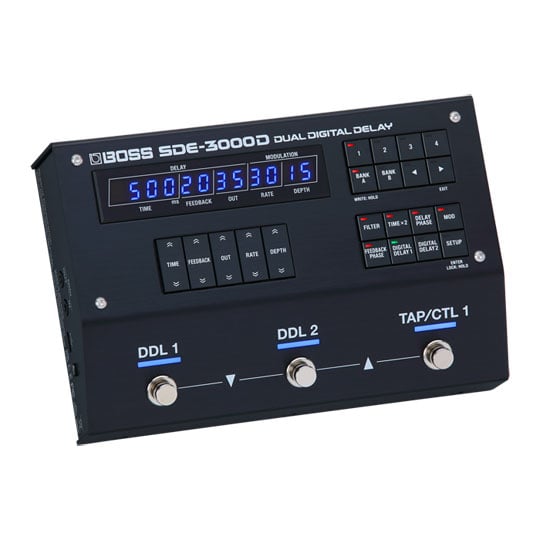
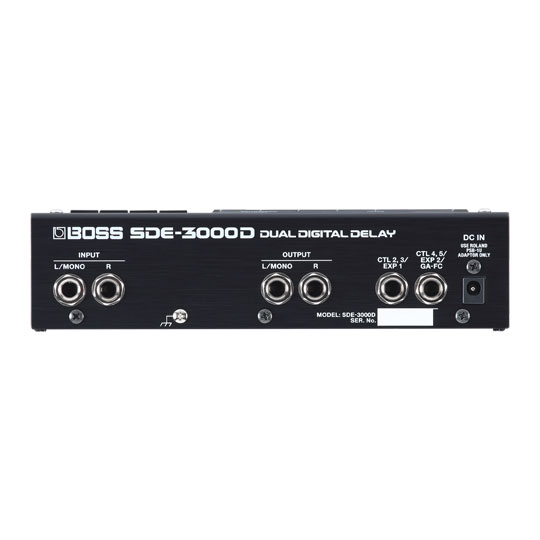
 Boss - SDE-3000D Dual Digital Delay, Faithful Floor-Based Reproduction of the Legendary Roland SDE-3000 Rackmount Delay
LN136869
No customer review£329.00Free delivery on your entire basket
Boss - SDE-3000D Dual Digital Delay, Faithful Floor-Based Reproduction of the Legendary Roland SDE-3000 Rackmount Delay
LN136869
No customer review£329.00Free delivery on your entire basket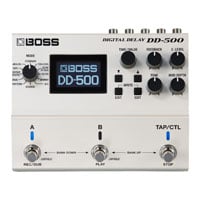

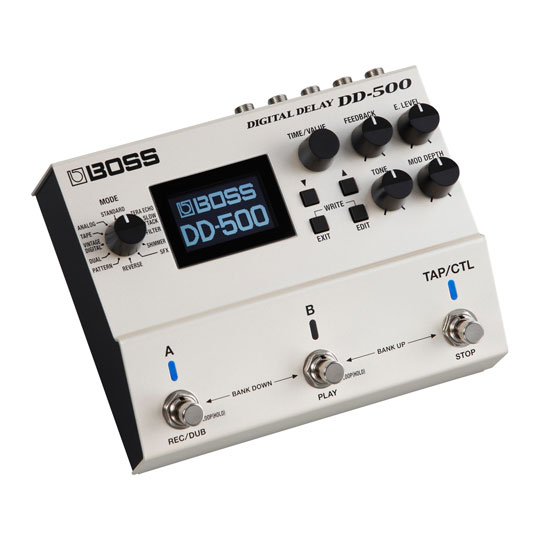
 BOSS DD-500 Digital Delay Effect Pedal, 32-bit / 96kHz, 12 Versatile Delay Modes, Graphic LCD, Patch Memory
LN82505
Customer Review £329.00Free delivery on your entire basket
BOSS DD-500 Digital Delay Effect Pedal, 32-bit / 96kHz, 12 Versatile Delay Modes, Graphic LCD, Patch Memory
LN82505
Customer Review £329.00Free delivery on your entire basket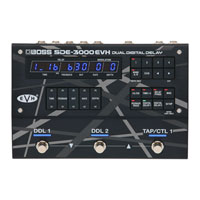
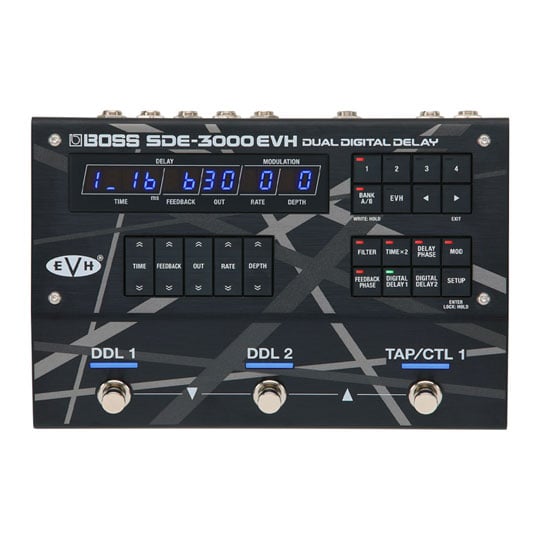
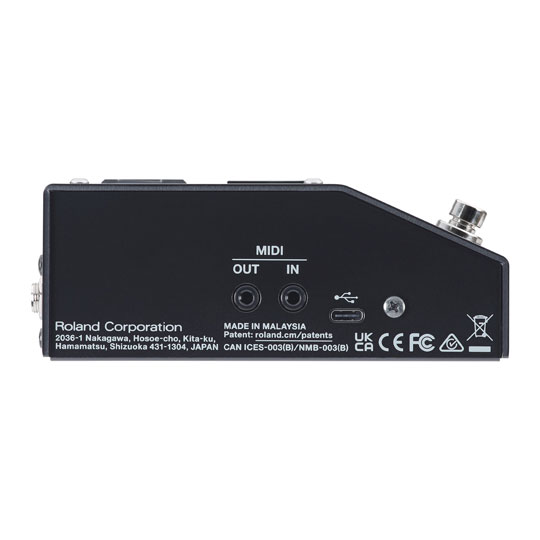
 (Open Box) Boss - SDE-3000EVH Special Edition Dual Delay Pedal Developed by EVH and BOSS
LN145538
No customer review£389.00Free delivery on your entire basket
(Open Box) Boss - SDE-3000EVH Special Edition Dual Delay Pedal Developed by EVH and BOSS
LN145538
No customer review£389.00Free delivery on your entire basket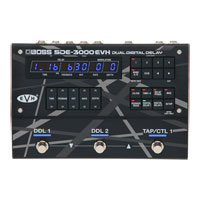
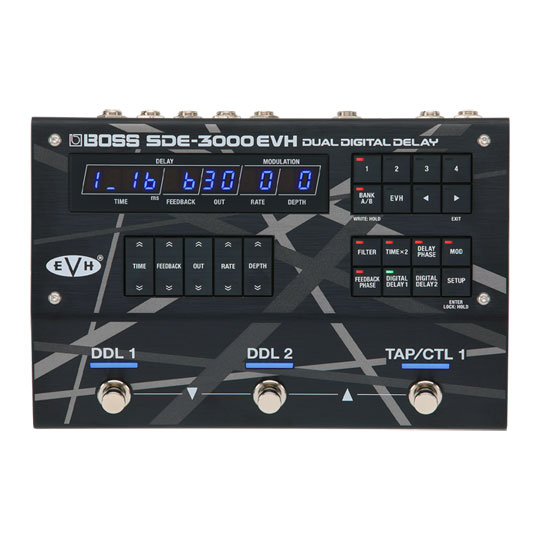
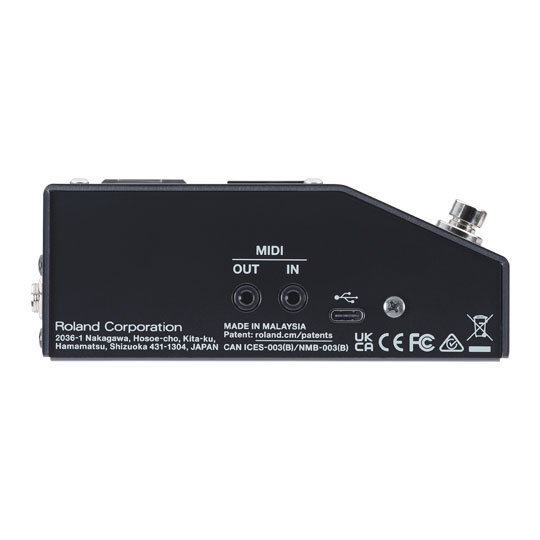
 Boss - SDE-3000EVH Special Edition Dual Delay Pedal Developed by EVH and BOSS
LN136868
No customer review£399.00Free delivery on your entire basket
Boss - SDE-3000EVH Special Edition Dual Delay Pedal Developed by EVH and BOSS
LN136868
No customer review£399.00Free delivery on your entire basket
Rotary Simulator Pedals
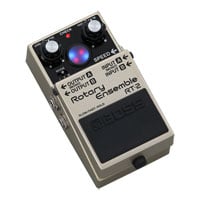
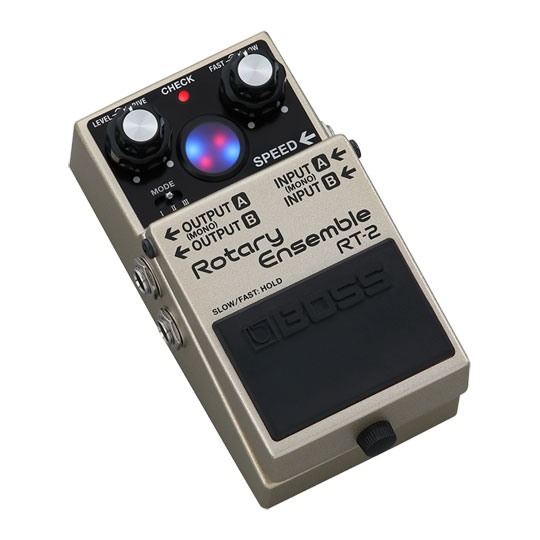
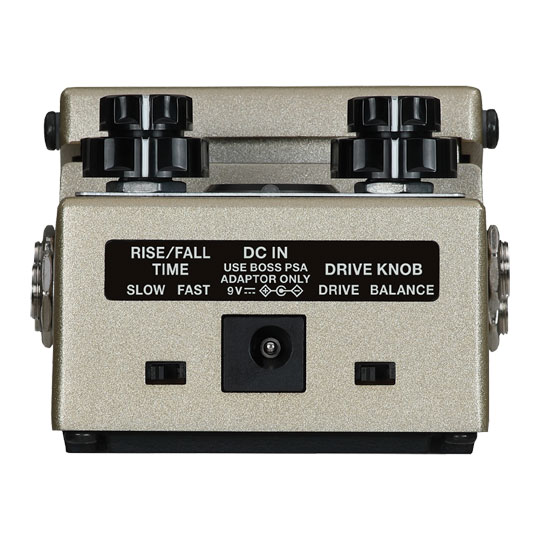
 BOSS - RT-2, Rotary Ensemble Pedal, Authentic Rotary Speaker Sounds, Three Versatile Modes
LN161777
No customer review£229.00£5.48 Next day delivery
BOSS - RT-2, Rotary Ensemble Pedal, Authentic Rotary Speaker Sounds, Three Versatile Modes
LN161777
No customer review£229.00£5.48 Next day delivery
Tremolo Pedals
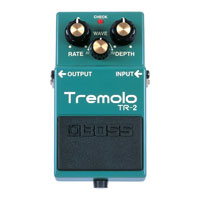
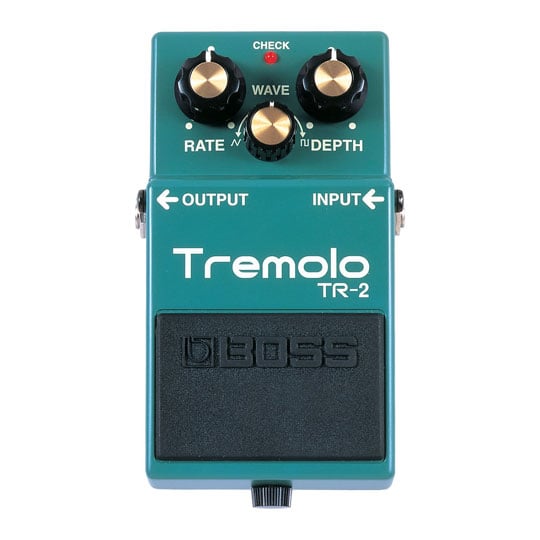
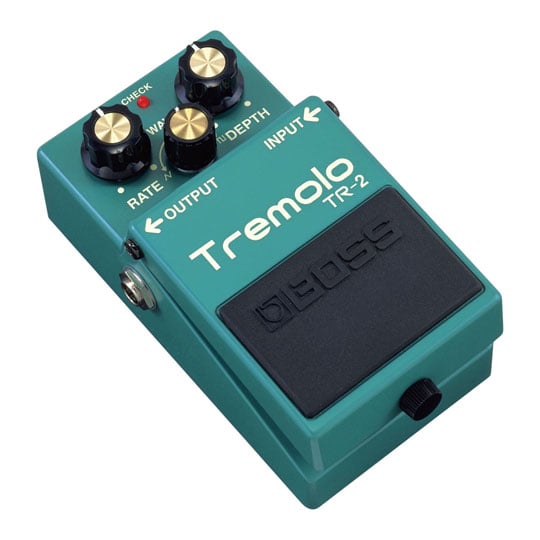
 Boss TR-2 Tremolo Effect Pedal, High-Quality Vintage Tremolo Effects, Dedicated Wave / Rate / Depth Controls
LN82682
No customer review£109.00£5.48 Next day delivery
Boss TR-2 Tremolo Effect Pedal, High-Quality Vintage Tremolo Effects, Dedicated Wave / Rate / Depth Controls
LN82682
No customer review£109.00£5.48 Next day delivery
Tuner Pedals
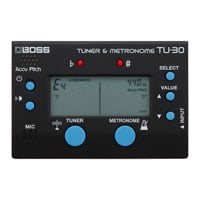
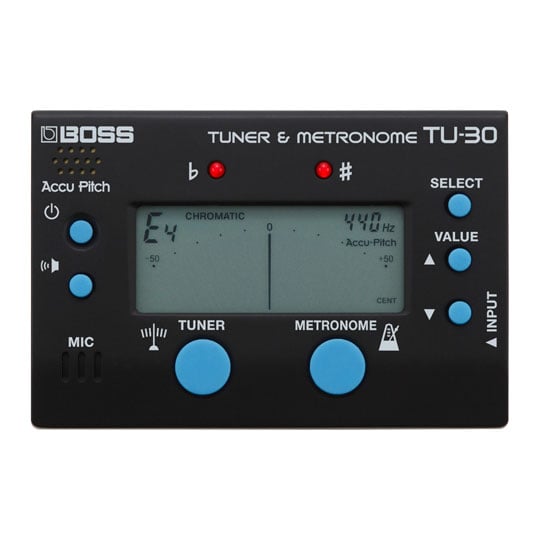
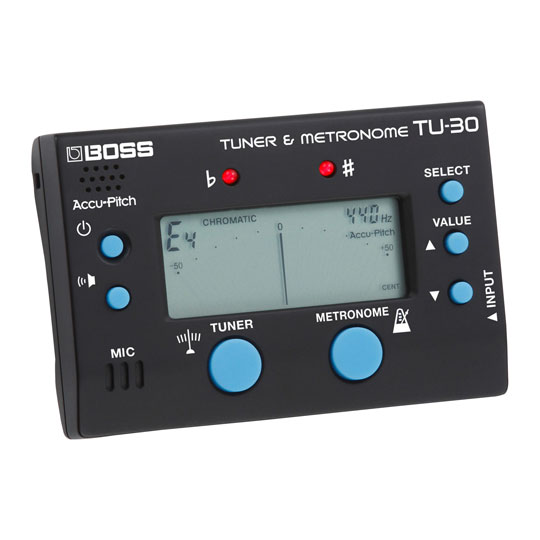
 Boss TU-30 Tuner & Metronome, Supports Chromatic Tuning, Guitars, Bass and Flat Tuning, Accu-pitch, Built-In Mic
LN82772
No customer review£22.90£5.48 Next day delivery
Boss TU-30 Tuner & Metronome, Supports Chromatic Tuning, Guitars, Bass and Flat Tuning, Accu-pitch, Built-In Mic
LN82772
No customer review£22.90£5.48 Next day delivery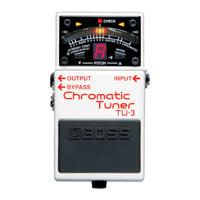
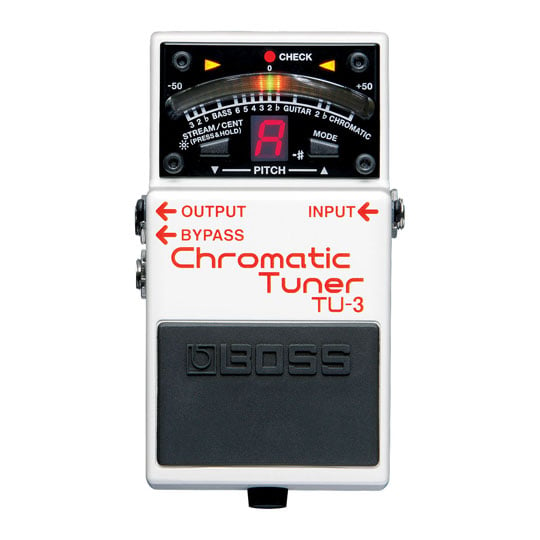
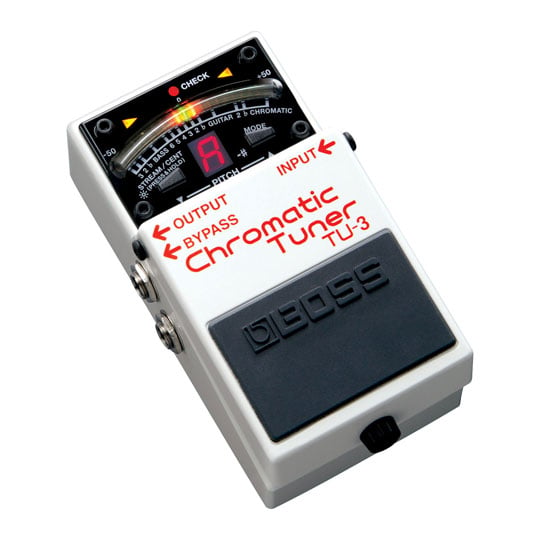
 Boss - 'TU-3' Chromatic Tuner, 21-Segment LED Meter With Brightness Control, Chromatic and Guitar/Bass Mode
LN82712
Customer Review £79.90£5.48 Next day deliveryDue tomorrow
Boss - 'TU-3' Chromatic Tuner, 21-Segment LED Meter With Brightness Control, Chromatic and Guitar/Bass Mode
LN82712
Customer Review £79.90£5.48 Next day deliveryDue tomorrow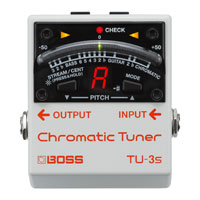
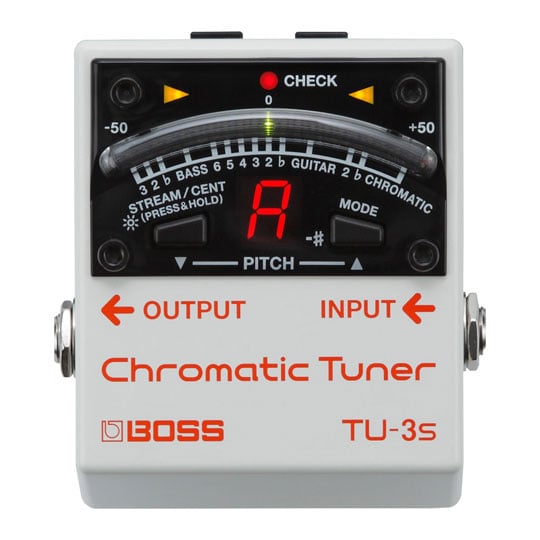
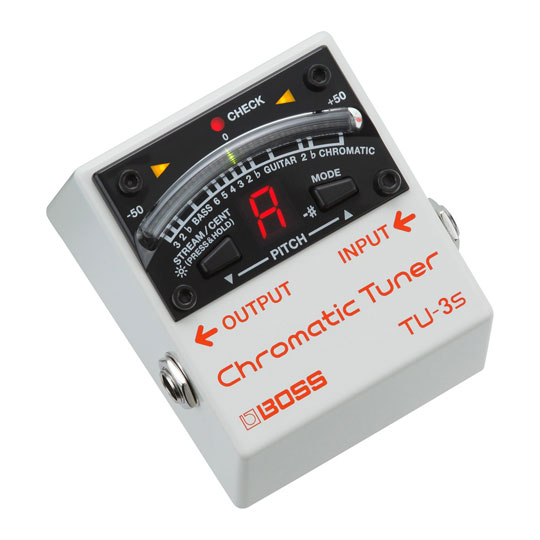
 Boss TU-3S Chromatic Tuner, 21-Segment LED Meter, Brightness Control, Accu-Pitch Sign, Chromatic and Guitar/Bass Modes
LN82713
No customer review£85.00£5.48 Next day delivery
Boss TU-3S Chromatic Tuner, 21-Segment LED Meter, Brightness Control, Accu-Pitch Sign, Chromatic and Guitar/Bass Modes
LN82713
No customer review£85.00£5.48 Next day delivery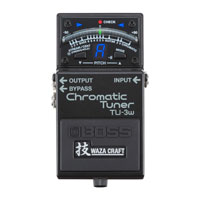
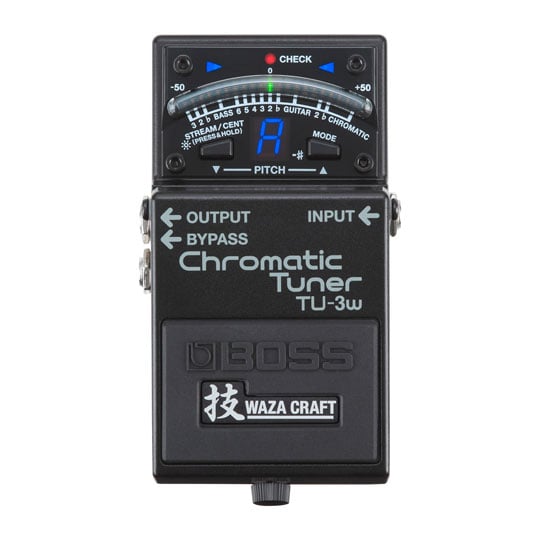
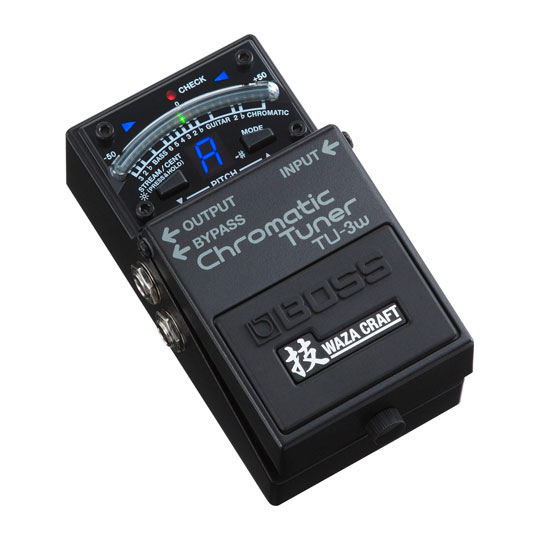
 Boss - 'TU-3W' Chromatic Tuner Guitar Stompbox, Switchable Buffer, Enhanced Waza Craft Version
LN82650
Customer Review £137.00Free delivery on your entire basketPre order
Boss - 'TU-3W' Chromatic Tuner Guitar Stompbox, Switchable Buffer, Enhanced Waza Craft Version
LN82650
Customer Review £137.00Free delivery on your entire basketPre order
Tuners
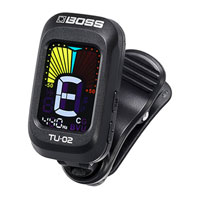
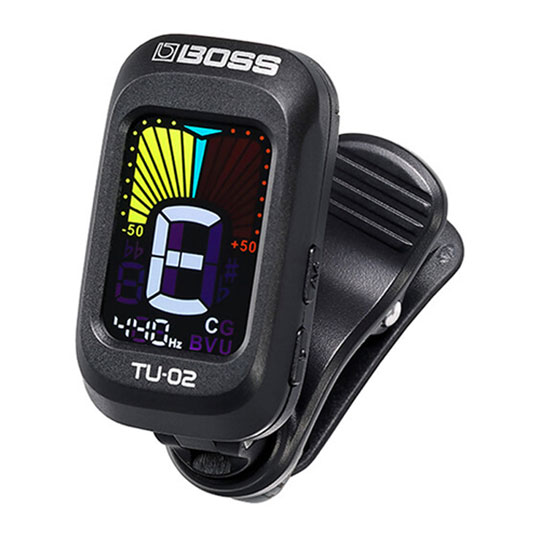

 BOSS - TU-02, Clip-on Tuner, Clip-on Instrument Tuner with High-contrast Color Display
LN121681
Customer Review £10.50£5.48 Next day delivery
BOSS - TU-02, Clip-on Tuner, Clip-on Instrument Tuner with High-contrast Color Display
LN121681
Customer Review £10.50£5.48 Next day delivery
Volume Pedals
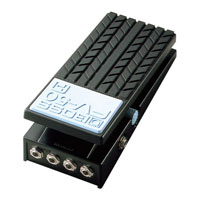
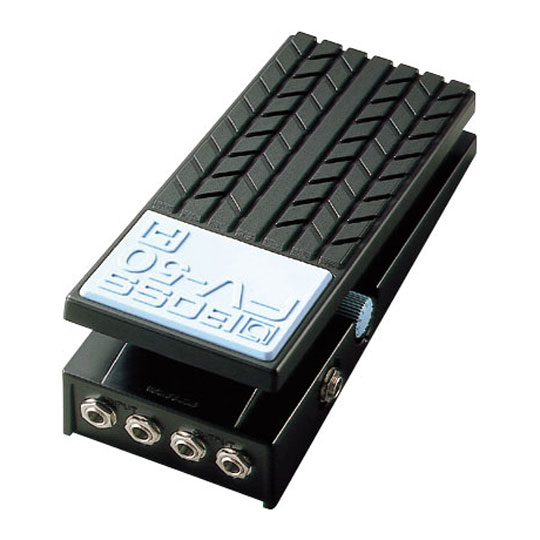
 Boss FV-50H High Impedence Volume Pedal For Connection Before Guitar Effects Units, Tuner Out
LN82774
No customer review£69.00£5.48 Next day delivery
Boss FV-50H High Impedence Volume Pedal For Connection Before Guitar Effects Units, Tuner Out
LN82774
No customer review£69.00£5.48 Next day delivery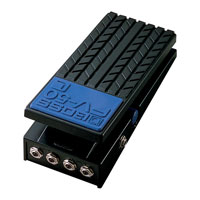
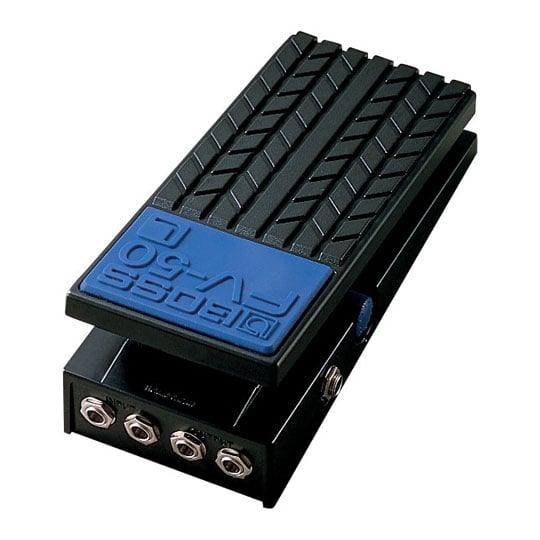
 Boss FV-50L Stereo Volume Pedal, Low Impedance So Can Be Used With Stereo Keyboards and Stereo Effects Units
LN82699
No customer review£75.00£5.48 Next day delivery
Boss FV-50L Stereo Volume Pedal, Low Impedance So Can Be Used With Stereo Keyboards and Stereo Effects Units
LN82699
No customer review£75.00£5.48 Next day delivery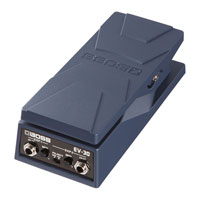
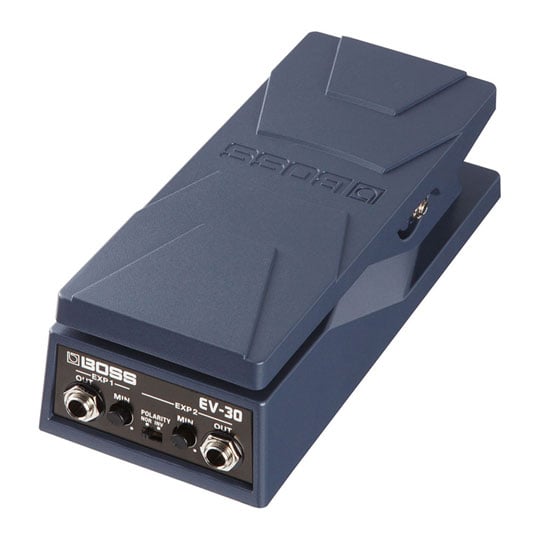
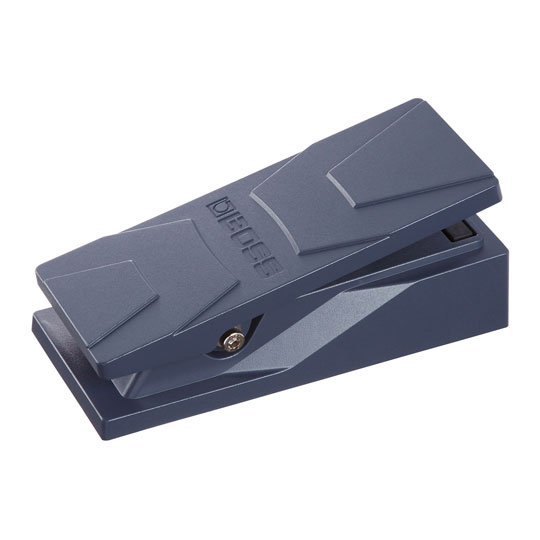
 (Open Box) Boss - EV-30, Dual Expression Pedal, Die-Cast Aluminium Body, Isolated Dual Outputs, Polarity Switch
LN145134
No customer review£82.00£5.48 Next day deliveryPre order
(Open Box) Boss - EV-30, Dual Expression Pedal, Die-Cast Aluminium Body, Isolated Dual Outputs, Polarity Switch
LN145134
No customer review£82.00£5.48 Next day deliveryPre order
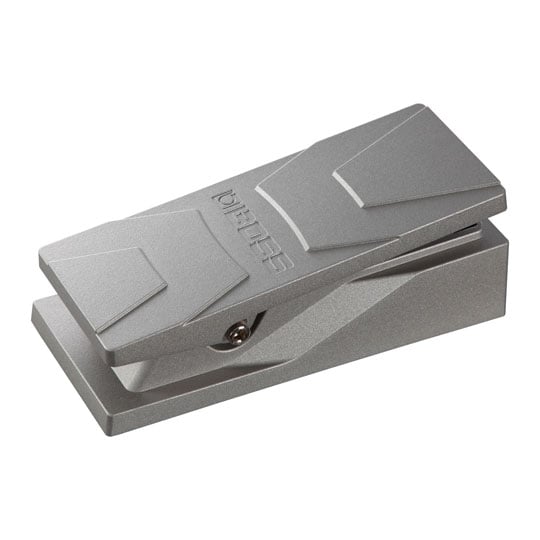
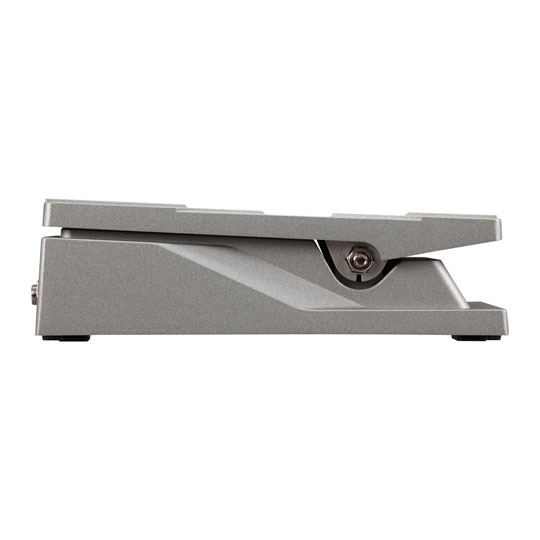
 Boss FV-30H High Impedance Foot Volume Pedal, Rugged Aluminium Body, Compact Footprint, Tuner Out, Stereo I/O
LN82686
Customer Review £84.00£5.48 Next day delivery
Boss FV-30H High Impedance Foot Volume Pedal, Rugged Aluminium Body, Compact Footprint, Tuner Out, Stereo I/O
LN82686
Customer Review £84.00£5.48 Next day delivery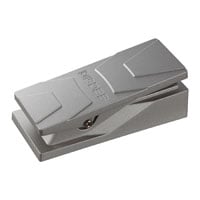
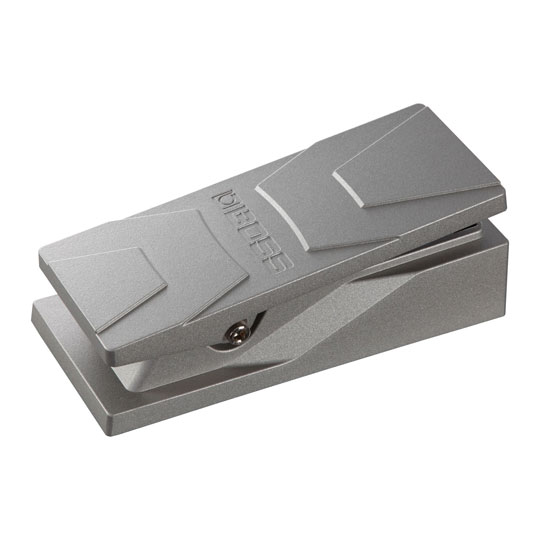
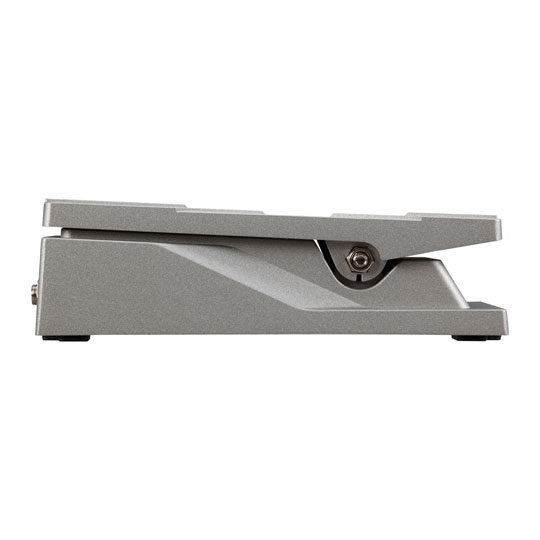
 Boss FV-30L Low Impedance Foot Volume Pedal For Keyboards and Stompboxes, Rugged Aluminium Body, Compact Footprint
LN82683
No customer review£91.40£5.48 Next day delivery
Boss FV-30L Low Impedance Foot Volume Pedal For Keyboards and Stompboxes, Rugged Aluminium Body, Compact Footprint
LN82683
No customer review£91.40£5.48 Next day delivery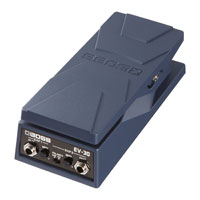
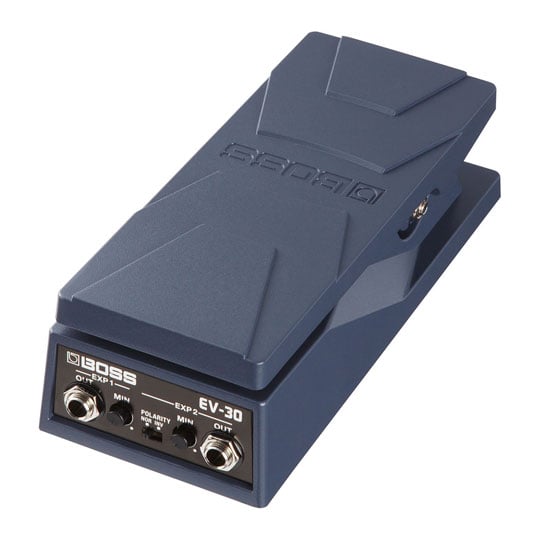
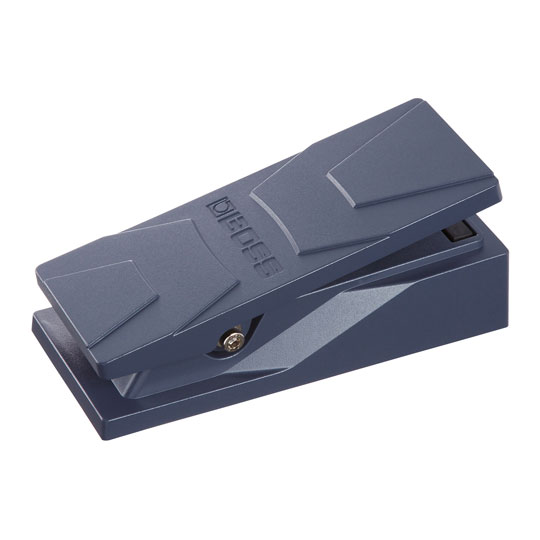
 Boss EV-30 Dual Expression Pedal, Die-Cast Aluminium Body, Isolated Dual Outputs, Polarity Switch
LN82700
Customer Review £95.00£5.48 Next day delivery
Boss EV-30 Dual Expression Pedal, Die-Cast Aluminium Body, Isolated Dual Outputs, Polarity Switch
LN82700
Customer Review £95.00£5.48 Next day delivery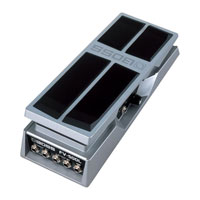
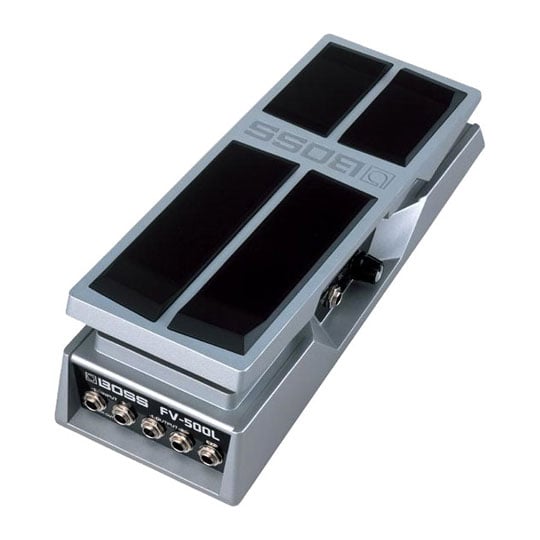
 Boss FV-500L Low Impedance Stereo Volume Pedal, Heavy-Duty Aluminium Die-Cast Body, Tuner Output
LN82684
No customer review£95.00£5.48 Next day deliveryPre order
Boss FV-500L Low Impedance Stereo Volume Pedal, Heavy-Duty Aluminium Die-Cast Body, Tuner Output
LN82684
No customer review£95.00£5.48 Next day deliveryPre order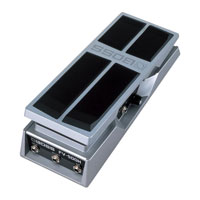
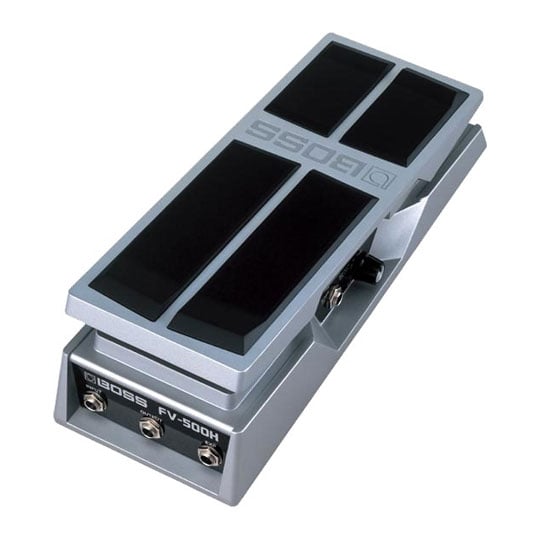
 Boss FV-500H High Impedance Mono Volume Pedal, Heavy-Duty Aluminium Die-Cast Body, Tuner Output
LN82685
Customer Review £99.00£5.48 Next day delivery
Boss FV-500H High Impedance Mono Volume Pedal, Heavy-Duty Aluminium Die-Cast Body, Tuner Output
LN82685
Customer Review £99.00£5.48 Next day delivery
Wah / Filter Pedals
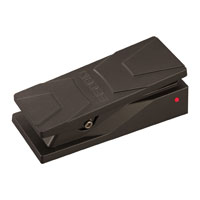
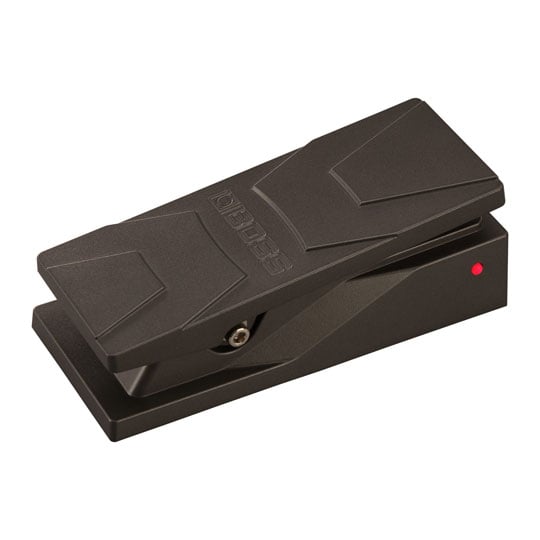
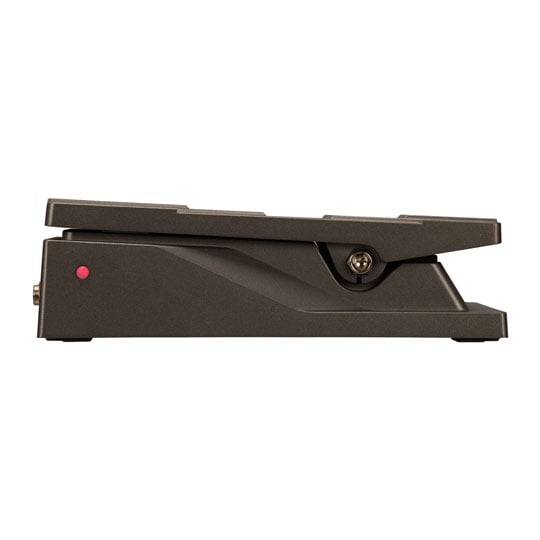
 Boss PW-3 Wah Effect Pedal, Unique Rich Mode, Vintage Mode, Rugged Die-Cast Aluminium Chassis
LN82687
No customer review£119.00Free delivery on your entire basketPre order
Boss PW-3 Wah Effect Pedal, Unique Rich Mode, Vintage Mode, Rugged Die-Cast Aluminium Chassis
LN82687
No customer review£119.00Free delivery on your entire basketPre order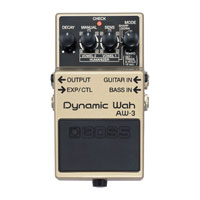
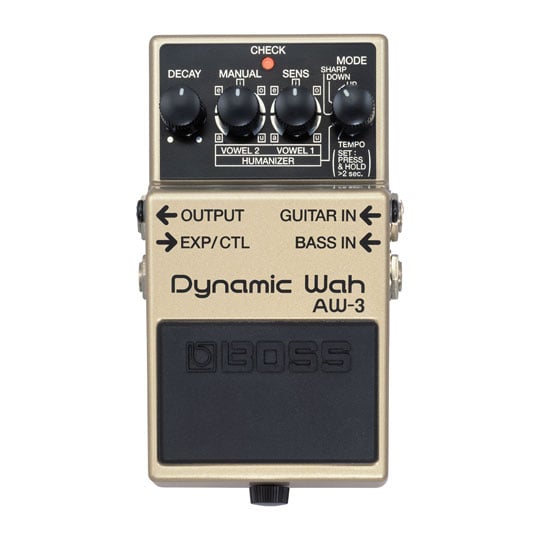
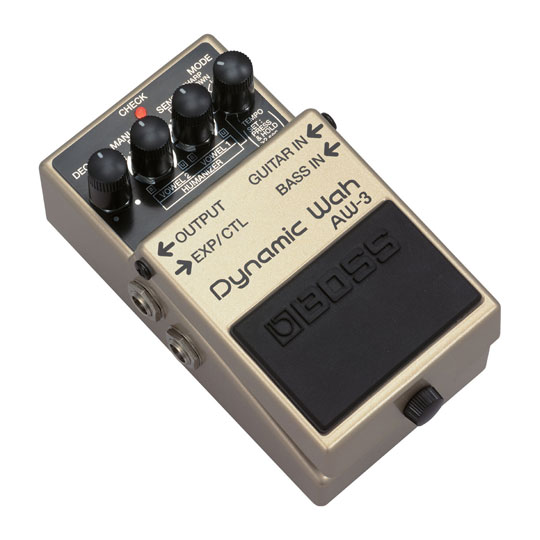
 Boss AW-3 Dynamic Wah Effects Stompbox, Classic Auto-Wah, Humanizer, Bass Input
LN82651
No customer review£128.48Free delivery on your entire basket
Boss AW-3 Dynamic Wah Effects Stompbox, Classic Auto-Wah, Humanizer, Bass Input
LN82651
No customer review£128.48Free delivery on your entire basket
Wireless Instrument Systems
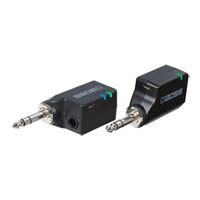
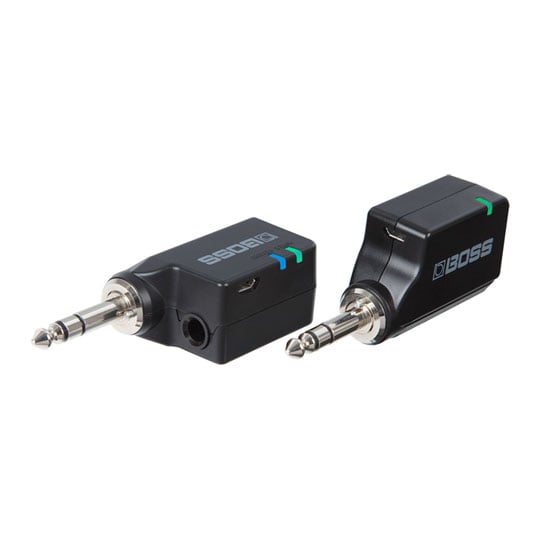
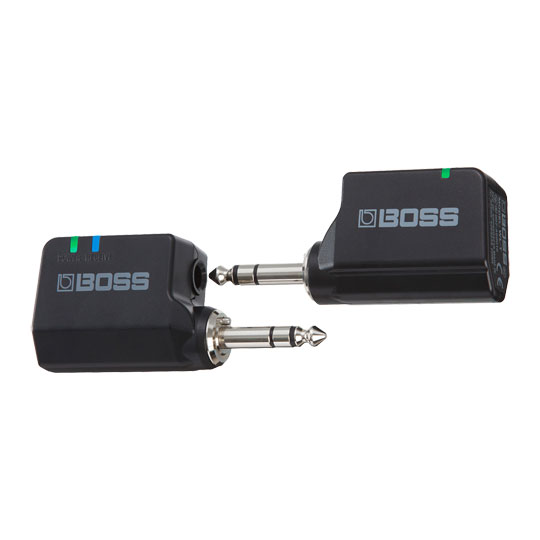
 Boss WL-20 Plug And Play Wireless System, 2.4 GHz Frequency Band, 2.3ms Latency, USB Charging, Cable Tone Simulation
LN97185
Customer Review £154.50Free delivery on your entire basket
Boss WL-20 Plug And Play Wireless System, 2.4 GHz Frequency Band, 2.3ms Latency, USB Charging, Cable Tone Simulation
LN97185
Customer Review £154.50Free delivery on your entire basket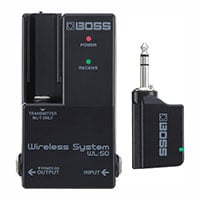
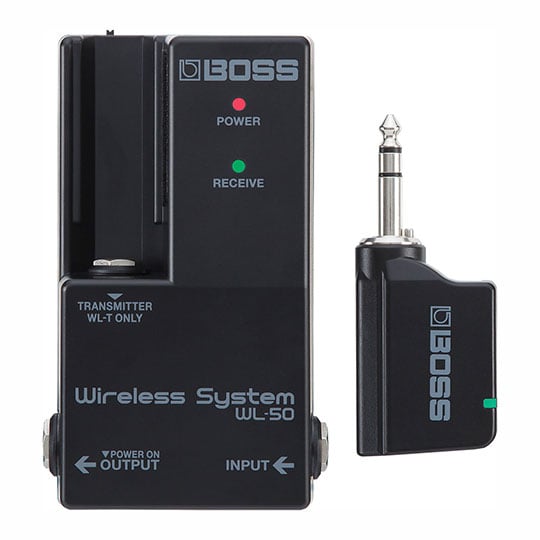

 Boss WL-50 Wireless System, Stompbox Sized Receiver, DC Output, 2.3ms Latency, 20m Range, Cable Tone Simulation
LN97184
Customer Review £182.00Free delivery on your entire basketPre order
Boss WL-50 Wireless System, Stompbox Sized Receiver, DC Output, 2.3ms Latency, 20m Range, Cable Tone Simulation
LN97184
Customer Review £182.00Free delivery on your entire basketPre order
